The Three Sisters
September 3, 2021
The United Nations Educational, Scientific and Cultural Organization (UNESCO) proclaimed September 8th International Literacy Day to remind us of the importance of literacy for individuals, communities, and societies. Literacy is a fundamental human right and the foundation for the ability to learn. Literacy skills help open doors to education, employment opportunities, and help people function effectively in daily life by understanding information, communicating better, and contributing to an economy. Read to kids, take them to the local library for Storytime, or volunteer your time to teach.
National Grandparents Day is Sunday, September 12. In 1973, West Virginia became the first state to have Grandparents Day. It became a national holiday five years later. In Indigenous cultures, grandparents are honored and respected for the rich source of traditional cultural knowledge they hold and the core values they teach.
On September 22, we reach the fall equinox. Cultures across the world have documented and celebrated this day of almost equal day and night. In the Pueblos, harvest celebrations and dances are held in thankfulness for the foods that will carry us through the winter.
This month the Cultural Center’s focus is on Changing Seasons – Harvest. Read on for more about traditional foods, seeds, cookbooks, and learning resources.
Monthly Feature: The Three Sisters
Corn, beans, and squash – the Three Sisters. From the Northeast to the Southeast, from the Plains to the Southwest and into Middle America, many Indigenous communities grow varieties of this trio. The name, the “Three Sisters,” comes from the Haudenosaunee (Iroquois). Different communities have stories; the common thread is that the three sisters are very close – stronger together than apart.
The three are one form of companion planting – an agricultural technique where two or more crops are planted together in a single plot. The three function as a unit to provide higher crop yield; they help each other grow by creating a fertile soil that resists damage from diseases and insects that would normally consume and destroy them.
First, plant the corn. The stalks provide a pole for the beans to wrap themselves around and help to stabilize the corn in wind. Beans provide nitrogen to fertilize the soil. The large, spiny squash leaves provide shade, help the soil retain moisture, prevent weed growth, and discourages insects from invading. Each of the three attracts beneficial insects that prey on those that are destructive.
When eaten together, corn, beans and squash are a complete and balanced meal. Corn is low in protein but provides carbohydrates. Beans are a rich source of protein and have amino acids missing in corn. Squash provides different vitamins and minerals than corn or beans. All three can be dried and used for food year-round.
Seeds are life – and are at the heart of our memory, histories, cultures, and traditions as Peoples of those lands in New Mexico.
~ Española Healing Foods Seed Library
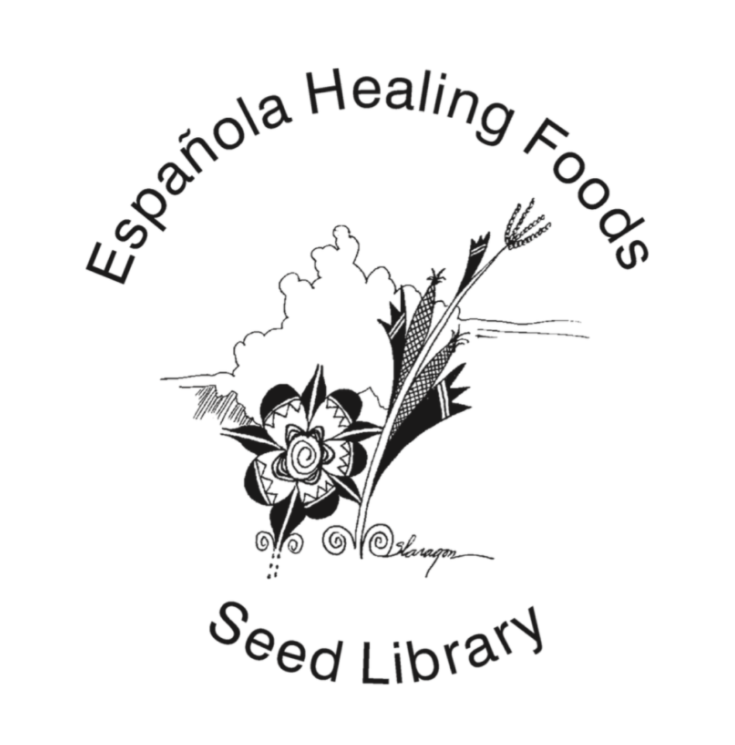
Española Healing Foods Seed Library
The seed library is a space for community to come together to receive and share seeds, which we can grow, save, and protect as a source of food, medicine, health, and wellbeing.
The Seed Library is a project of the Española Public Library, the City of Española, Tewa Women United’s Española Healing Foods Oasis, and Seed Library Youth Leaders. It was designed and launched by a group of young seed protectors.
Teaching Resources
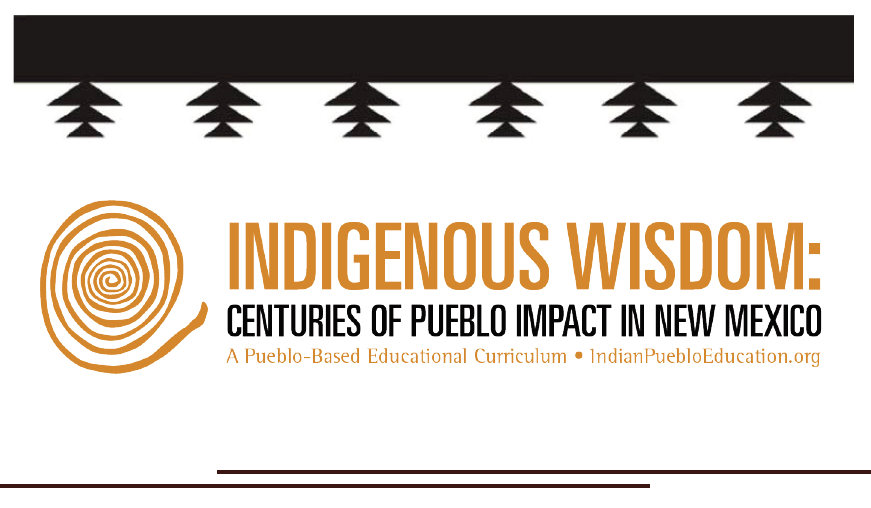
The Indigenous Wisdom Curriculum provides teachers with an educational plan for K-12 students in New Mexico to learn about Pueblo culture and history. This curriculum serves as a counternarrative to the New Mexico history presented in schools today.
The Cooking with Fractions in Pueblo Feasts (grade level 6) unit focuses on the core values of respect, community, and service in Pueblo culture and is designed to deepen students’ understanding of dividing fractions through the cultural experience of using and preparing food – beans and corn.
Seasons of Growth: Harvest – Sunday, September 19, 2021 @ 11:00 am-1:00 pm MDT
As we enter the harvest season, many plants and trees bear fruits, seeds, roots, or leaves that have many uses. This month’s garden learning series will feature presentations and discussions about wild foraging. Foraging is a key part of sustenance for many Indigenous communities and allows us to act as sustainable stewards of the lands we occupy. Learn about the benefits of integrating foraging into our existence.
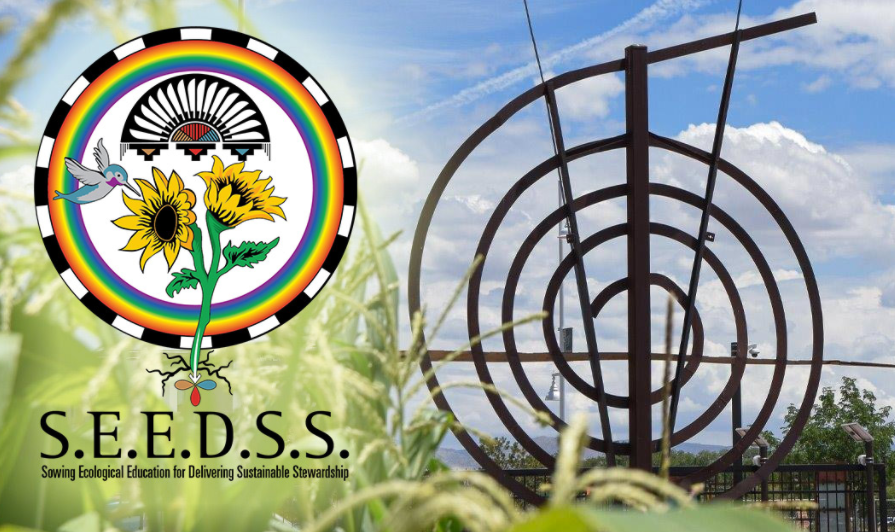
Pueblo SEEDSS Webinar #4: Traditional Foods – Wednesday, September 22, 2021 @ 9:00-11:30 am MDT
The fourth Pueblo SEEDSS webinar features Chef Ray Naranjo (Santa Clara Pueblo and Odawa) and moderated by Andi Murphy (Diné), Host of Toasted Sister Podcast. Chef Ray will prepare a meal using traditional outside cooking techniques. There will also be presenters on traditional foods, harvest time, and seed saving.
Books
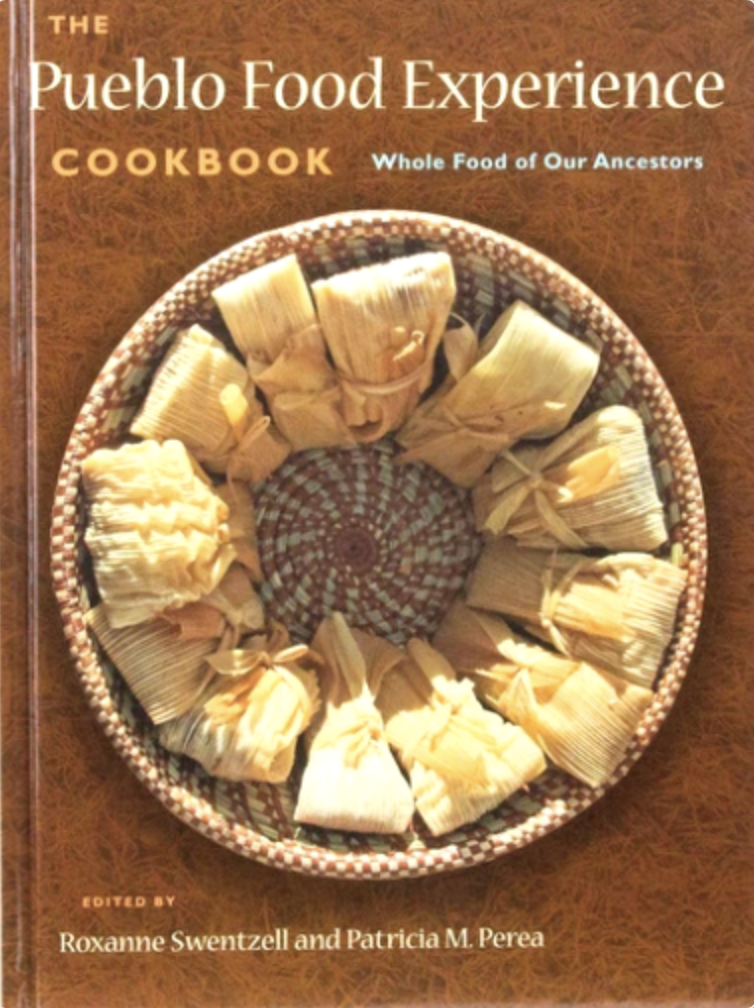
The Pueblo Food Experience Cookbook is an original cookbook by, for, and about the Pueblo peoples of New Mexico. This cookbook is a product of the Flowering Tree Permaculture Institute, founded by Roxanne Swentzell at Santa Clara Pueblo. Its goal is to promote healing and balance by returning to the original foodways of the Pueblo peoples.
The precontact, Indigenous diet emphasizes chemical-free meat, fowl, fish and a wide variety of whole grains, nuts, seeds, fruits, and vegetables. Buffalo Tamales, Blue Corn Cakes, and Rabbit Stew are just a few of the unique and delicious Pueblo recipes. Five thought-provoking essays contribute to the understanding of Pueblo history and culture. Though written in the Tewa Pueblo of Santa Clara, Indigenous peoples everywhere, and anyone interested in learning about Pueblo culture and food, will delight in this book.
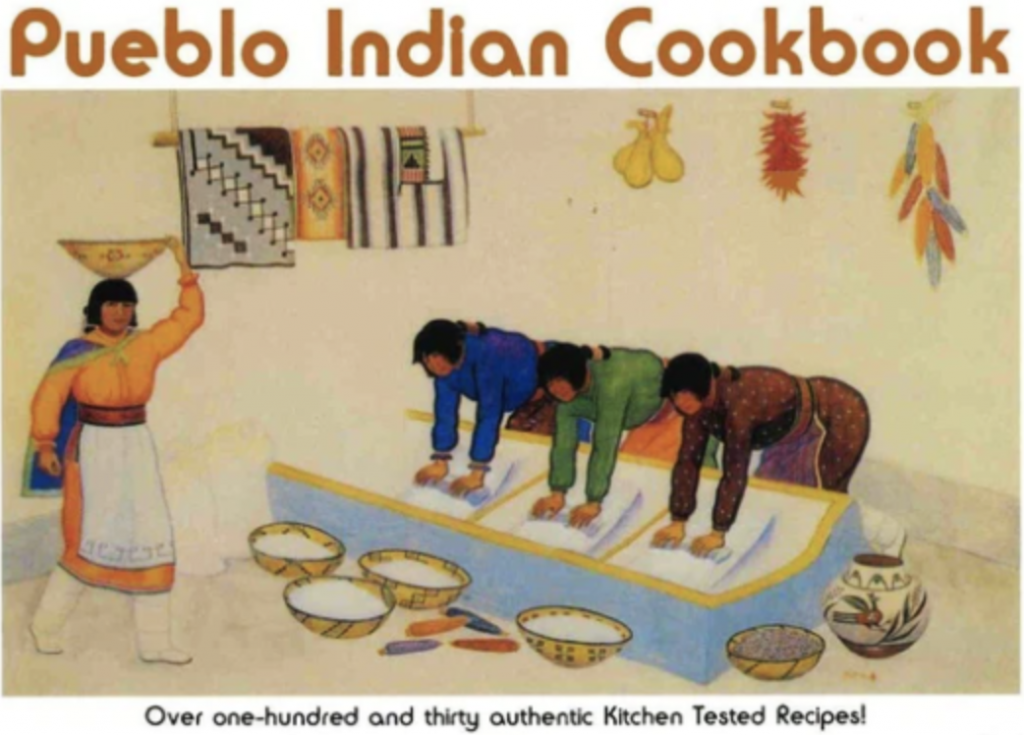
Pueblo Indian Cookbook: Recipes from the Pueblos of the American Southwest
With over one-hundred and thirty authentic recipes, this bestselling cookbook is the definitive collection of Pueblo Indian cooking. From breads to stews to wild-foods, this book is a classic in Pueblo Indian cooking.
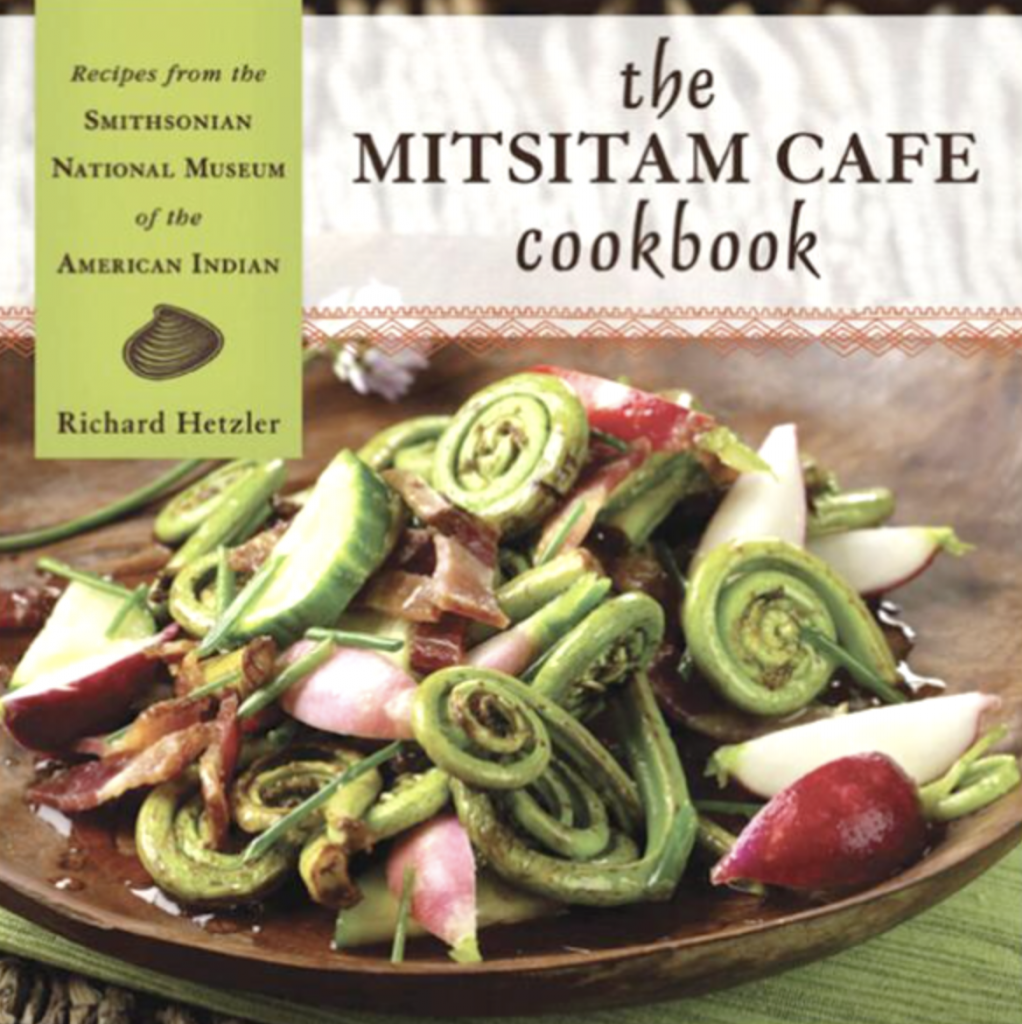
The Mitsitam Café Cookbook is published in association with the Smithsonian Institution’s National Museum of the American Indian and showcases the Americas’ indigenous foods in 90 easy-to-follow, home-tested recipes. Author and Mitsitam Café chef Richard Hetzler spent years researching Native American dishes and food practices for this stunning cookbook that includes full-color images of the dishes and of objects from the museum’s collection.
Videos
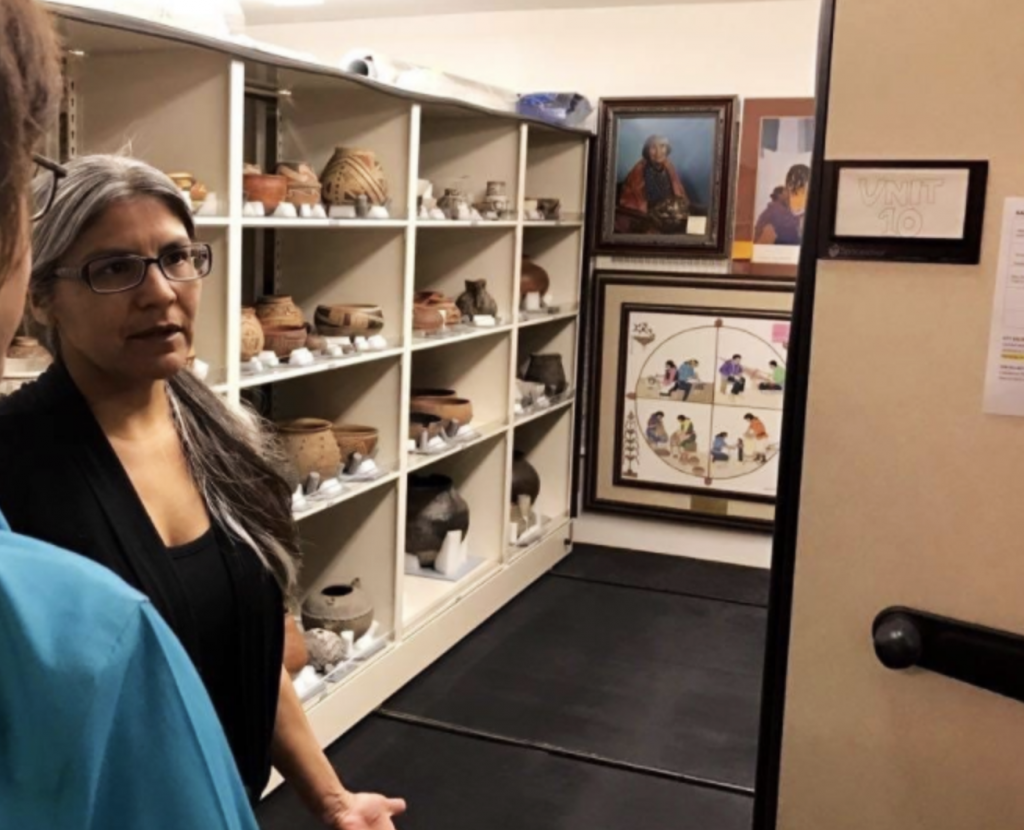
View Into the Collection: Harvest Time at the Pueblos – Saturday, September 25, 2021
Join Amy Johnson (Isleta Pueblo), Curator of Collections, for an in-depth look at artwork and cultural items from the Indian Pueblo Cultural Center’s Permanent Collection.
Our September segment celebrates harvest time at the Pueblos. After time spent during the hot summer months tending to our gardens, now is the time to harvest. Successful fall harvests provide plentiful corn and squash. Amy will share the importance of corn and squash, and their depiction in various art forms. Join us for a look at the selected art works, and the artists who create them.
Gail Danforth, an Elder of the Oneida Nation, explains “Three Sisters” gardening.
Members of the Indigenous Seed Keepers Network explain the cultural importance of access to traditional seed varieties.
__________
References
Caduto, M. J. & Bruchac, J. (1996) Native American gardening: Stories, projects, and recipes for families. Fulcrum Publishing.
Corley, T. C. (2008, November 25) Three sisters – corn, beans, squash. Book of Threes. https://www.bookofthrees.com/three-sisters-corn-beans-squash/
Hill, C. G. (2020, November 28) Returning the ‘three sisters – corn, beans and squash – to Native American farms nourishes people, land and cultures. Des Moines Register. https://www.desmoinesregister.com/story/opinion/columnists/iowa-view/2020/11/28/returning-corn-beans-and-squash-native-farms-nourishes-cultures/6355769002/
Morales, R. A. (2017, June 18) An Oneida elder speaks about the three sisters garden. [Video]. YouTube. https://www.youtube.com/watch?v=lSwGxJe4bVs&t=302s
Native American Food Sovereignty Alliance. (2019, March 11) Indigenous seed keepers network. [Video]. YouTube. https://www.youtube.com/watch?v=IooHPLjXi2g
Smithsonian Folklife. (2020, July 2) Corn, Beans, and Squash: What the three sisters tell us [Video]. YouTube. https://www.youtube.com/watch?v=CTqDcGidxJA
Walker, A. (2016, March 31) Growing Native American heritage: The three sisters. Poughkeepsie Farm Project. https://www.farmproject.org/blog/2016/3/31/growing-native-american-heritage-the-three-sisters
Wernative.org. (n.d.) The Three Sisters. https://www.wernative.org/articles/the-three-sisters
*The term Indigenous is used broadly to include those labeled Native American, American Indian, Alaska Native, Hawaiian, First Nations, Aboriginal, and others such as the Sami (Finland) and Ainu (Japan). Native American and American Indian are used interchangeably in this blog.
About the Author
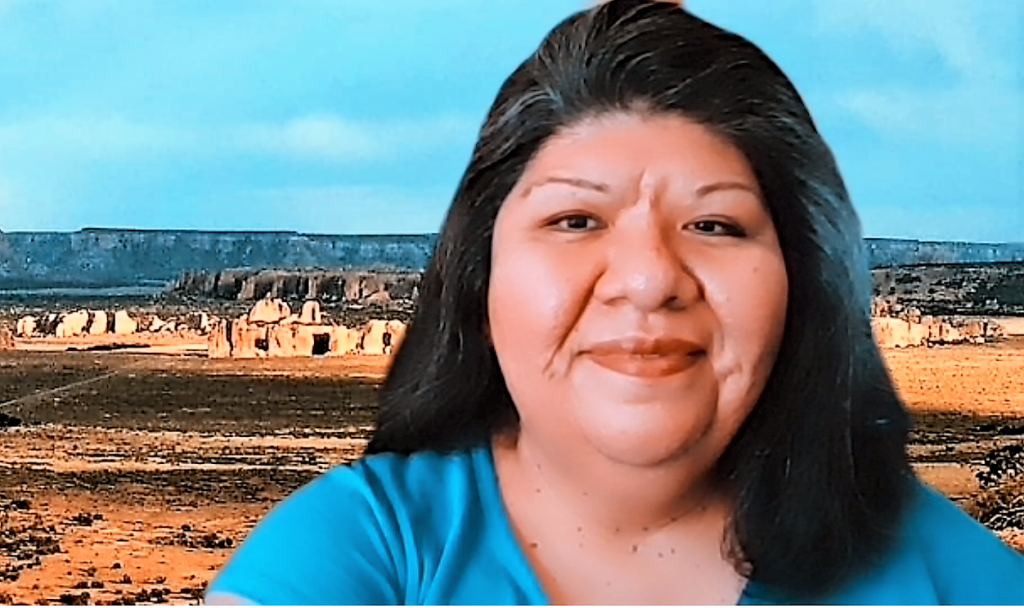
Jonna C. Paden, Librarian and Archivist, is a tribally enrolled member of Acoma Pueblo. As part of the Circle of Learning cohort, she holds a Masters in Library and Information Science from San José State University where she focused on the career pathway of Archives and Records Management. She is also the archivist for the New Mexico Library Association (NMLA) and previous (2020) and current Chair for the New Mexico Library Association (NMLA) Native American Libraries – Special Interest Group (NALSIG).
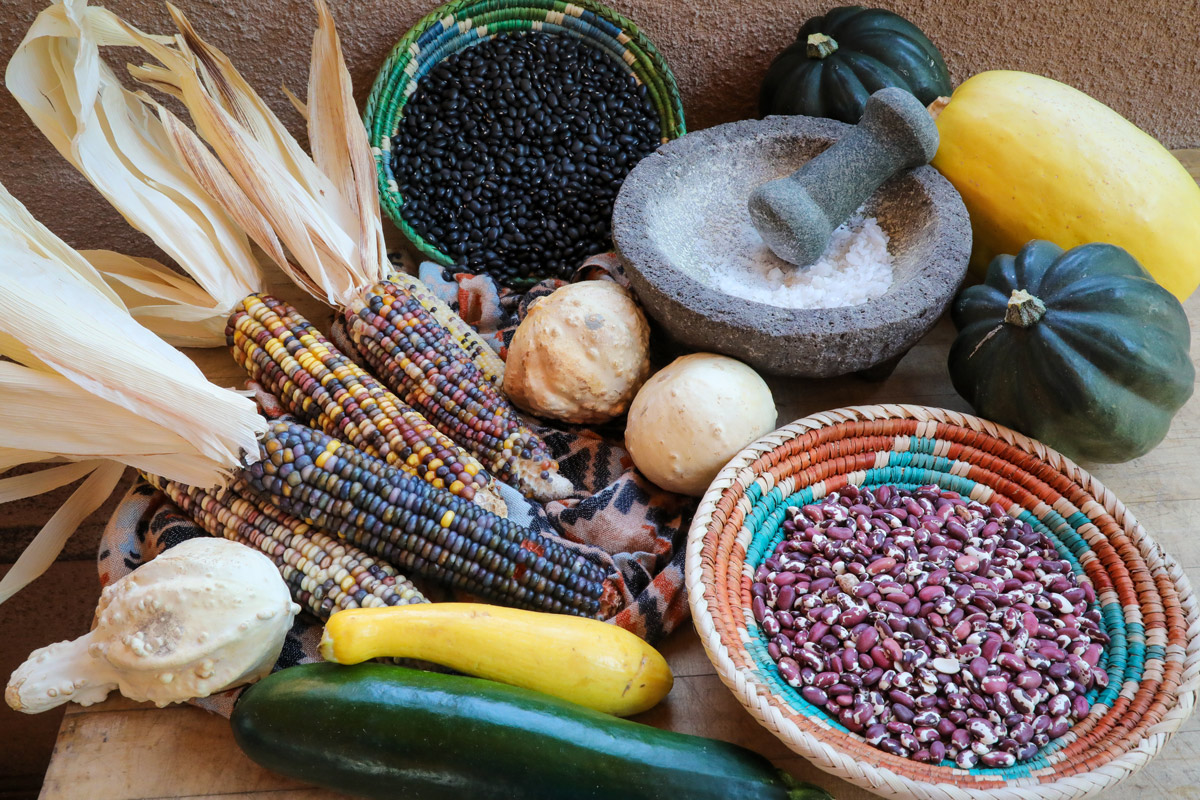
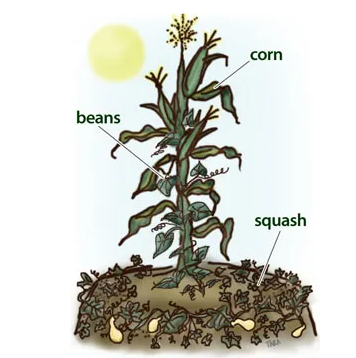
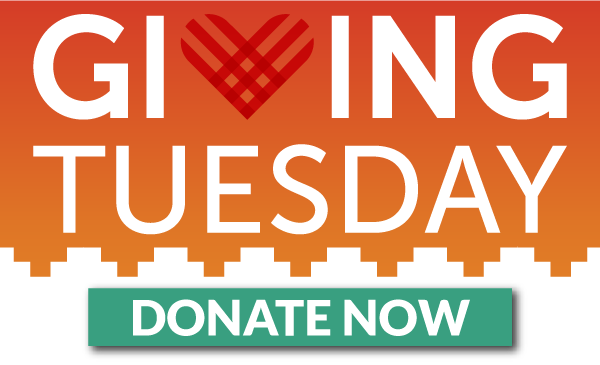
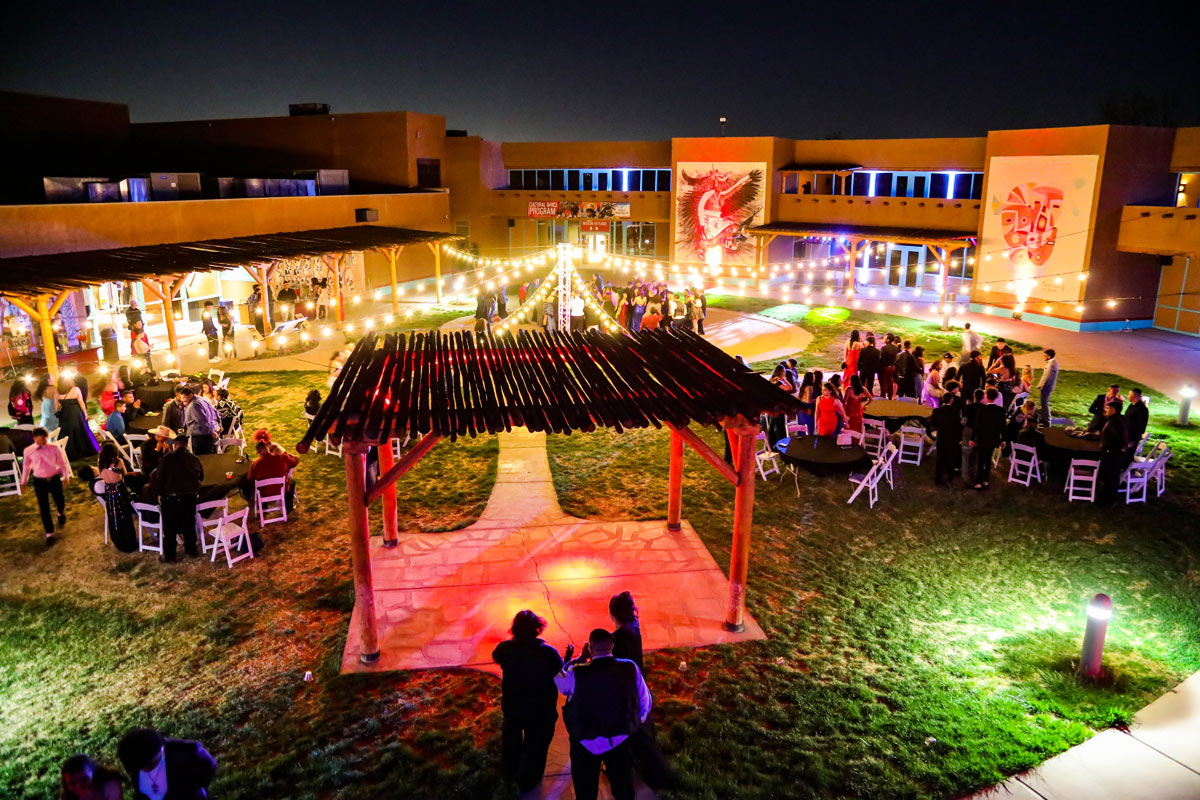

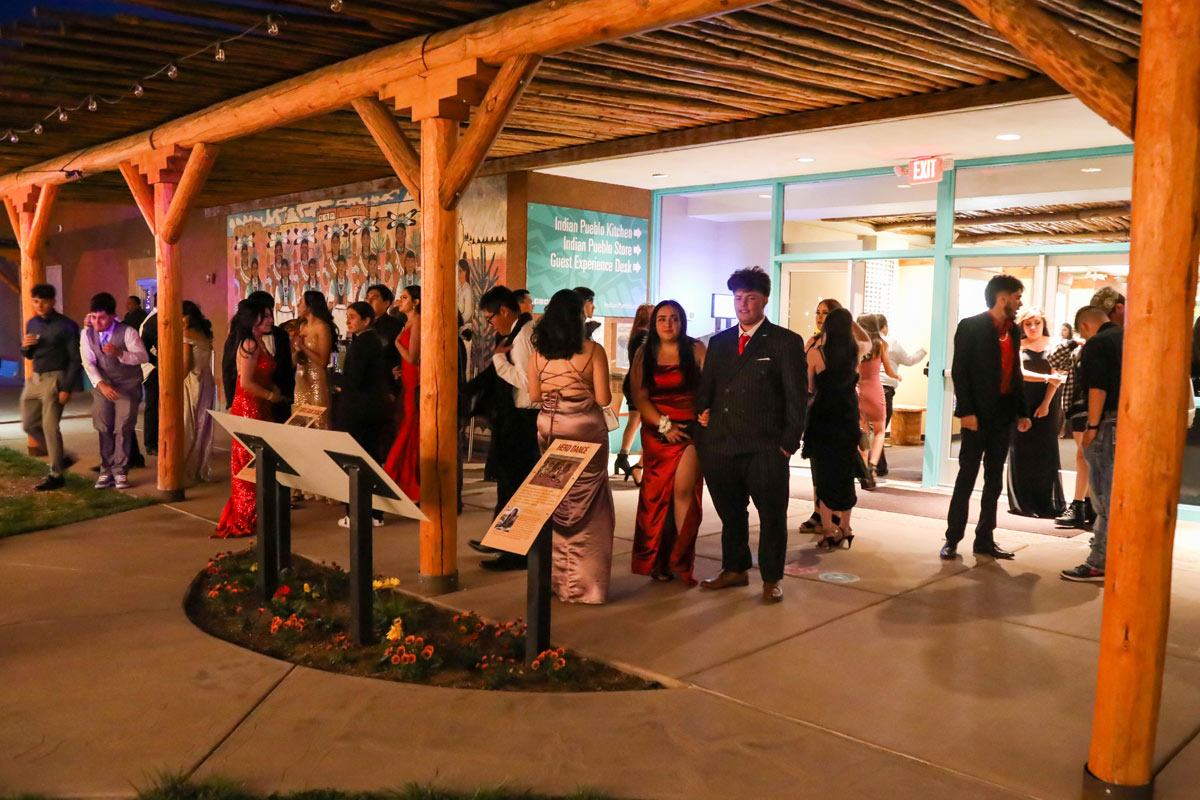
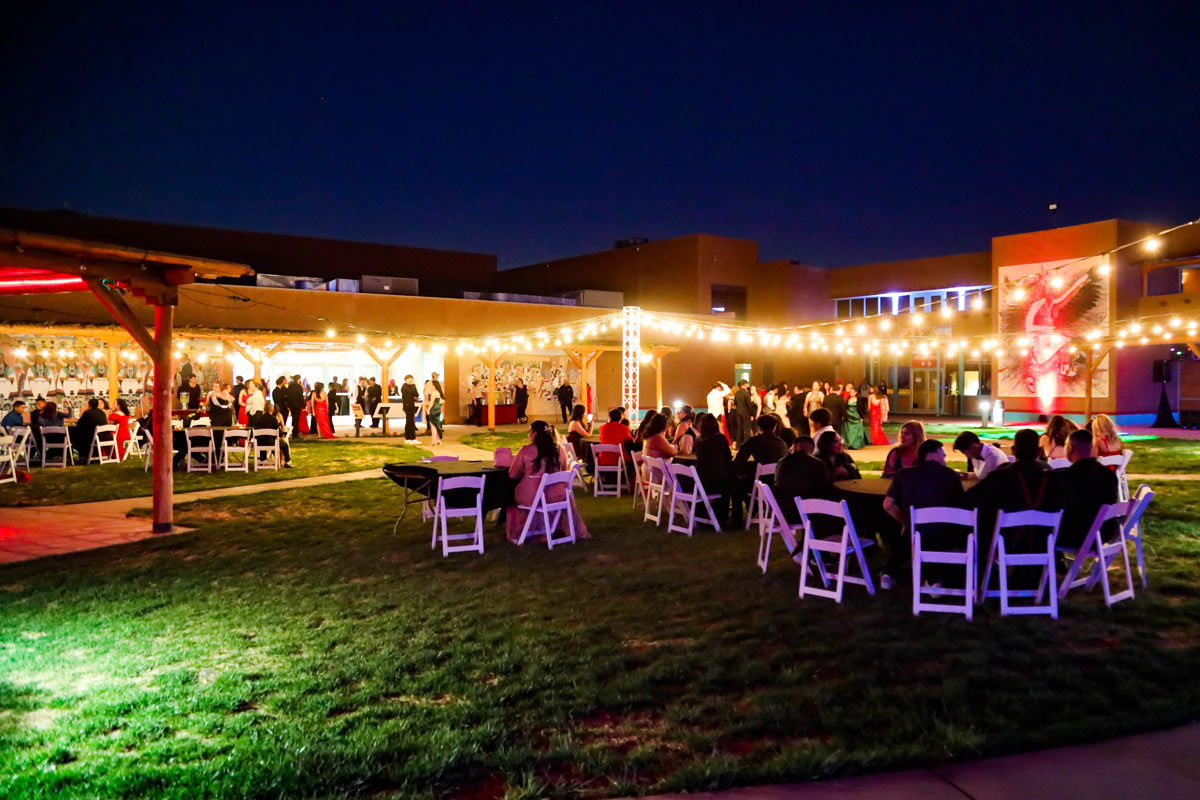
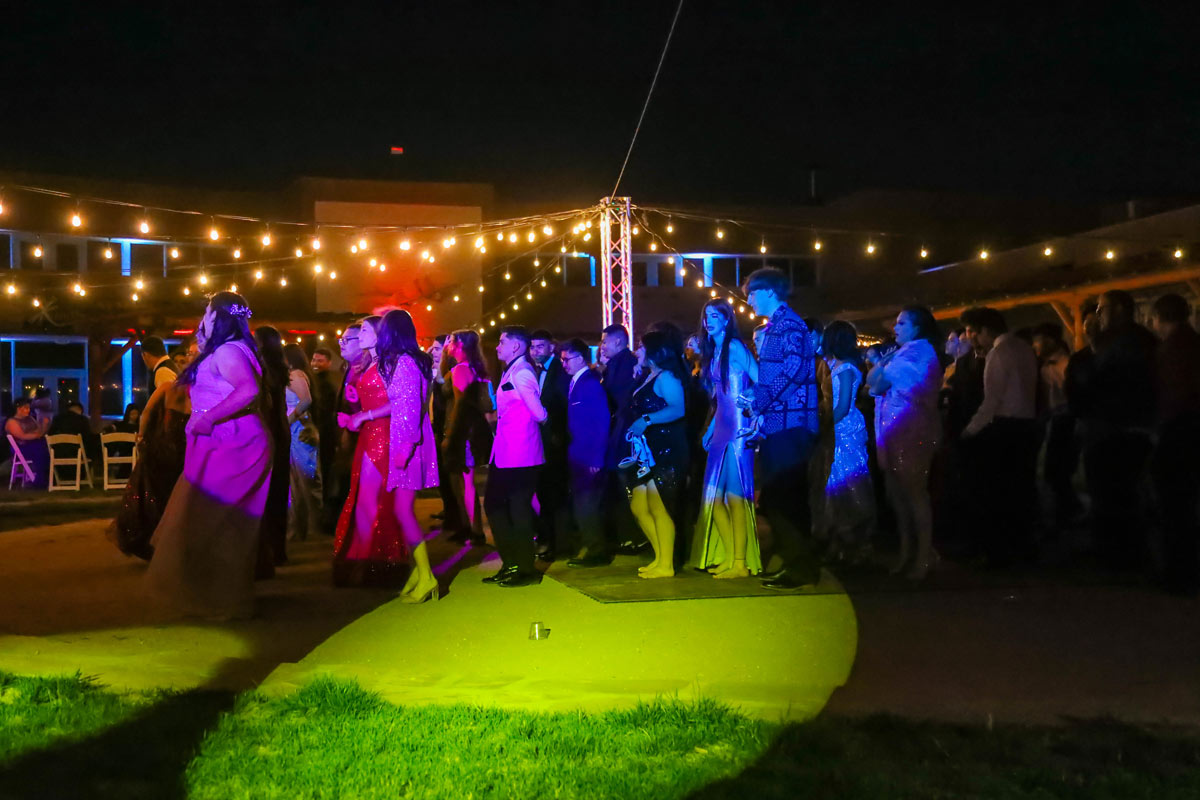
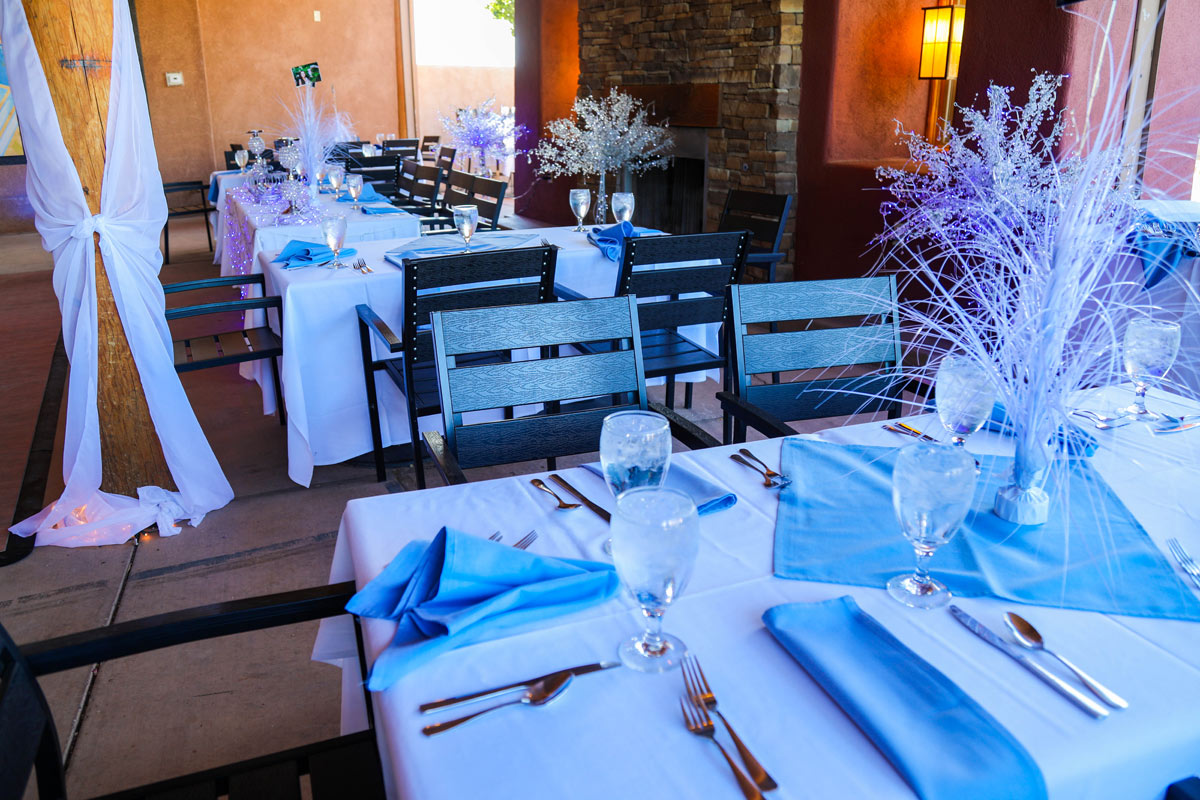
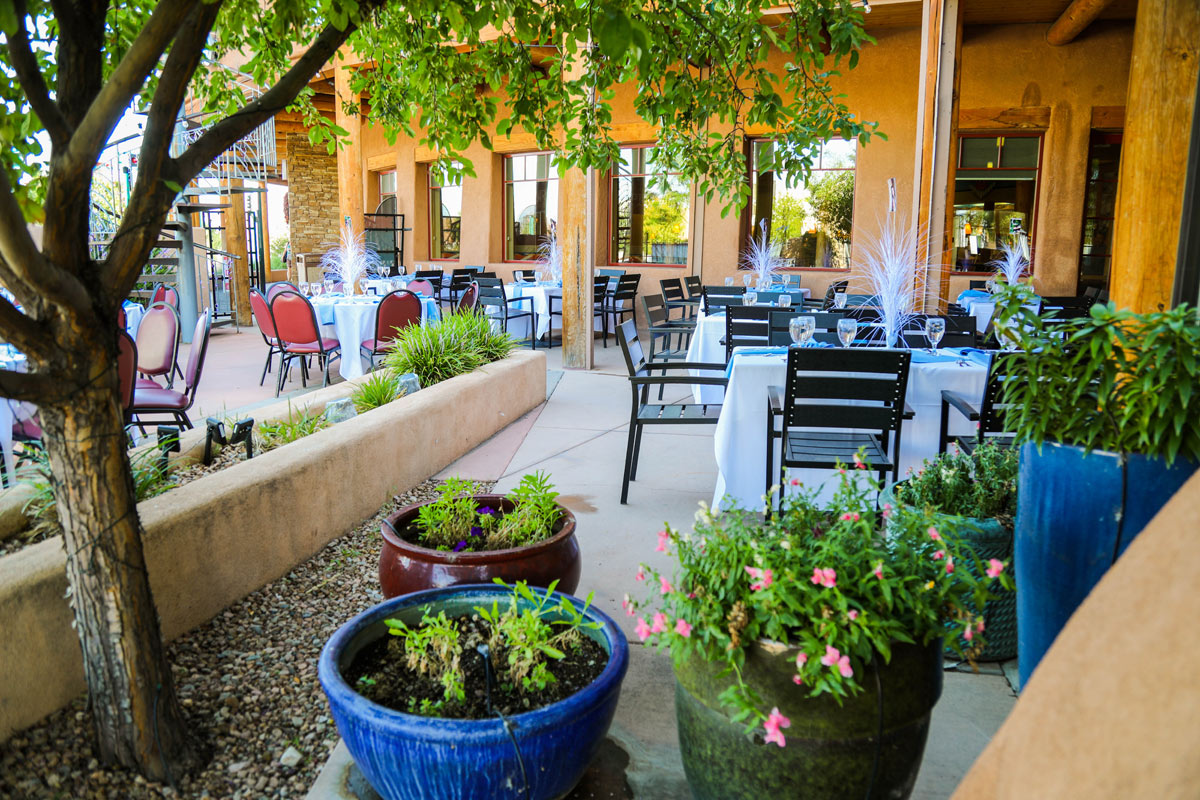

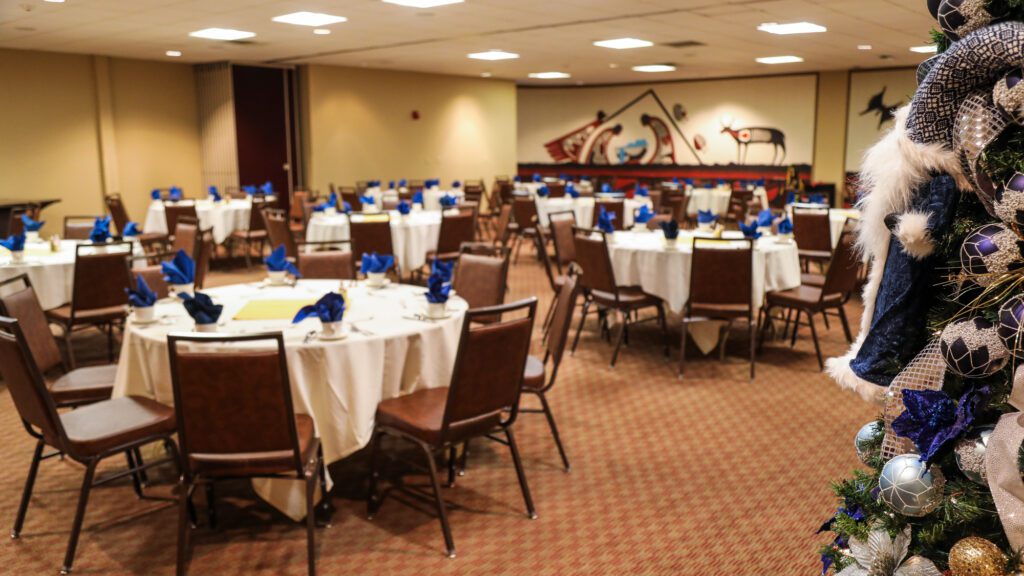

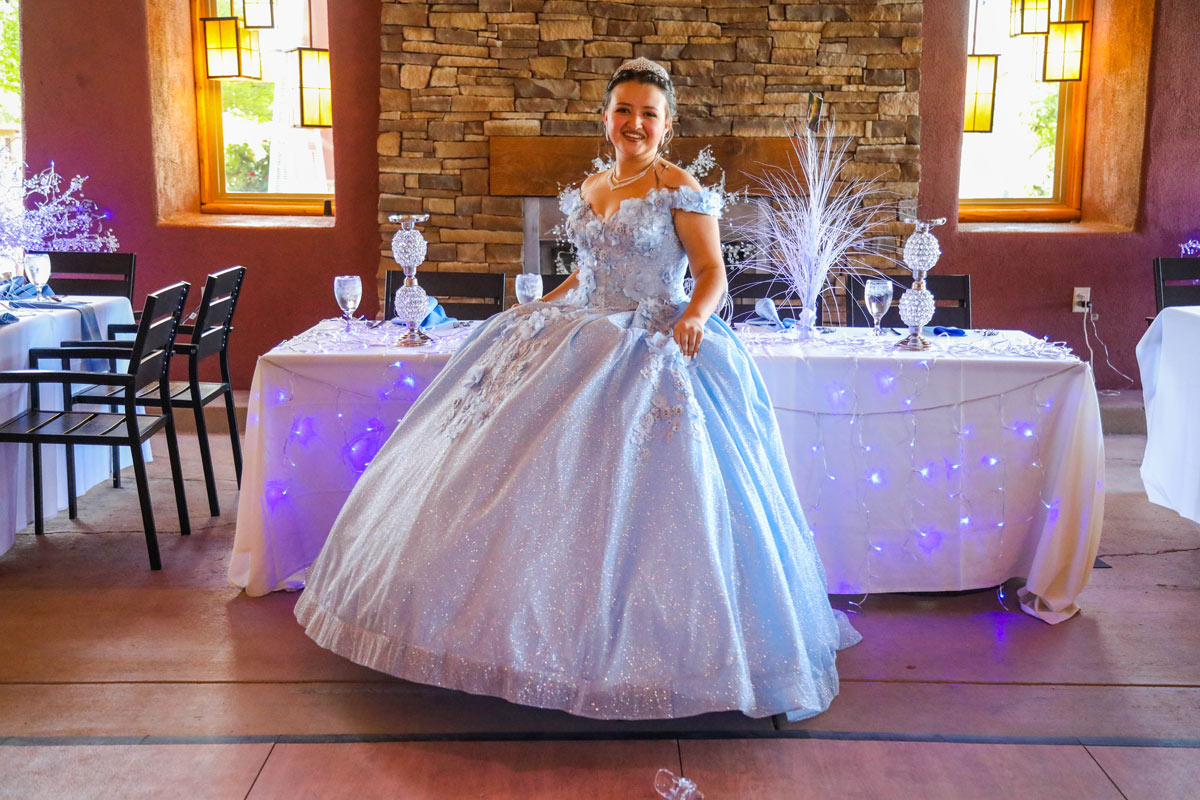
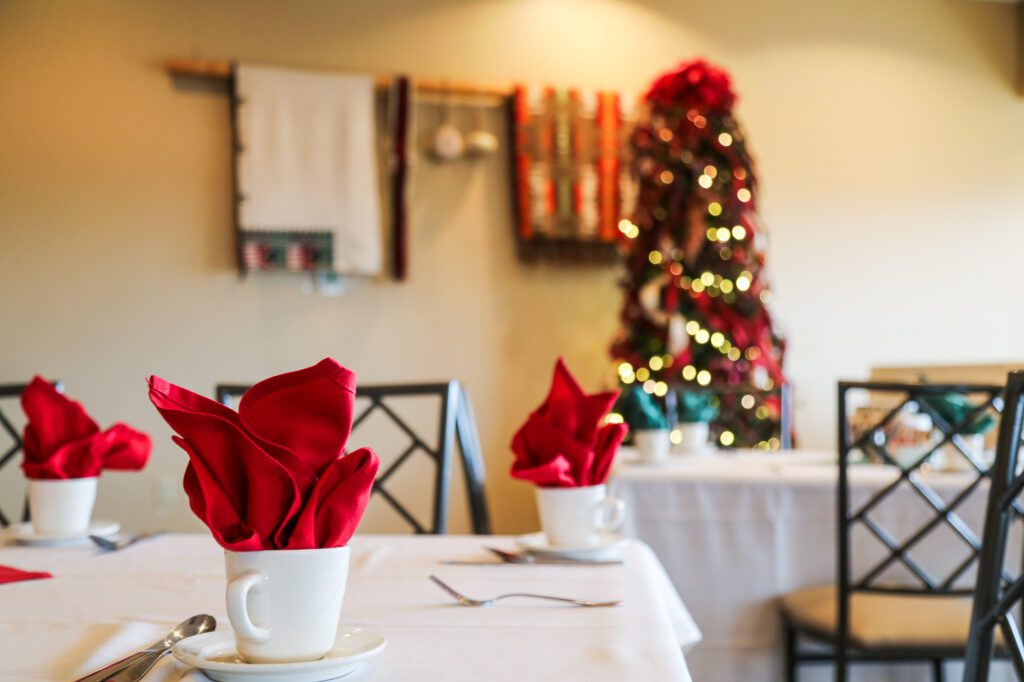

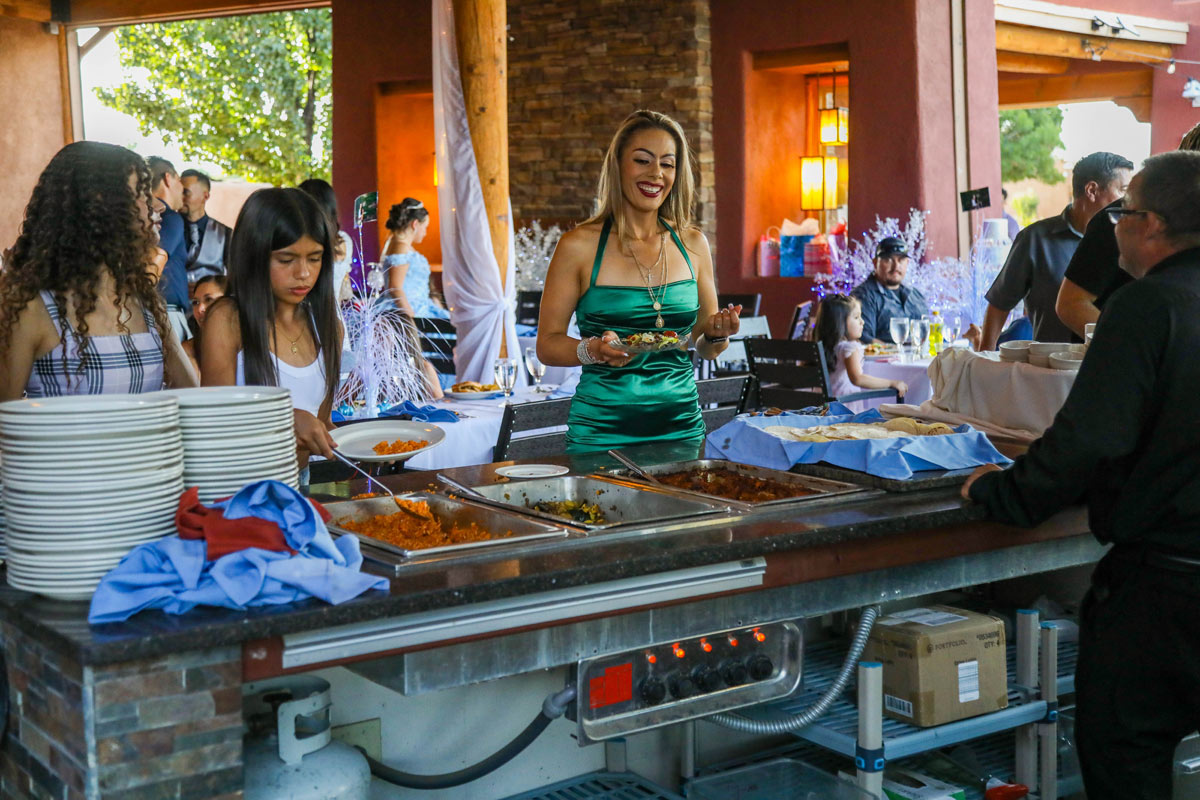
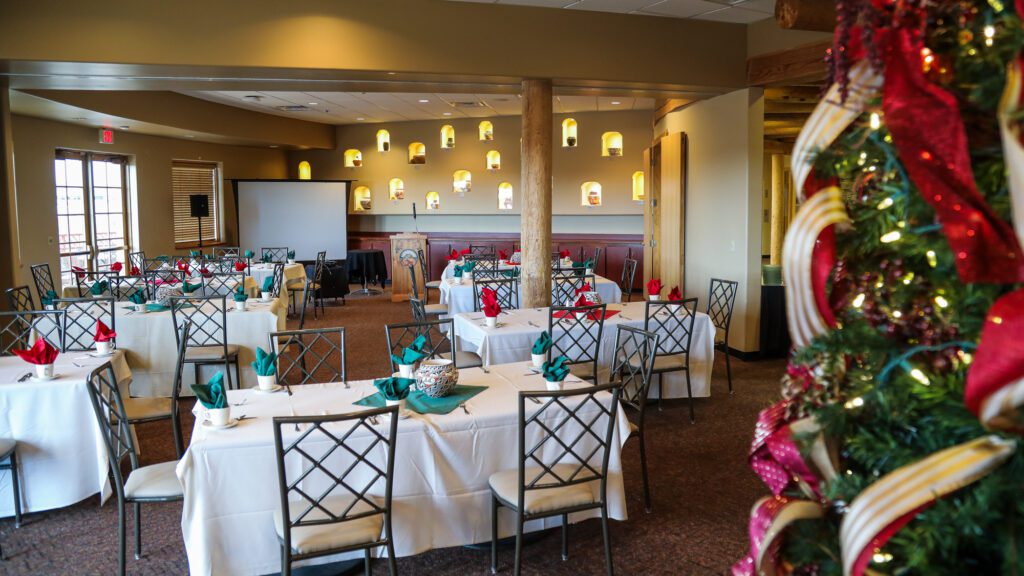
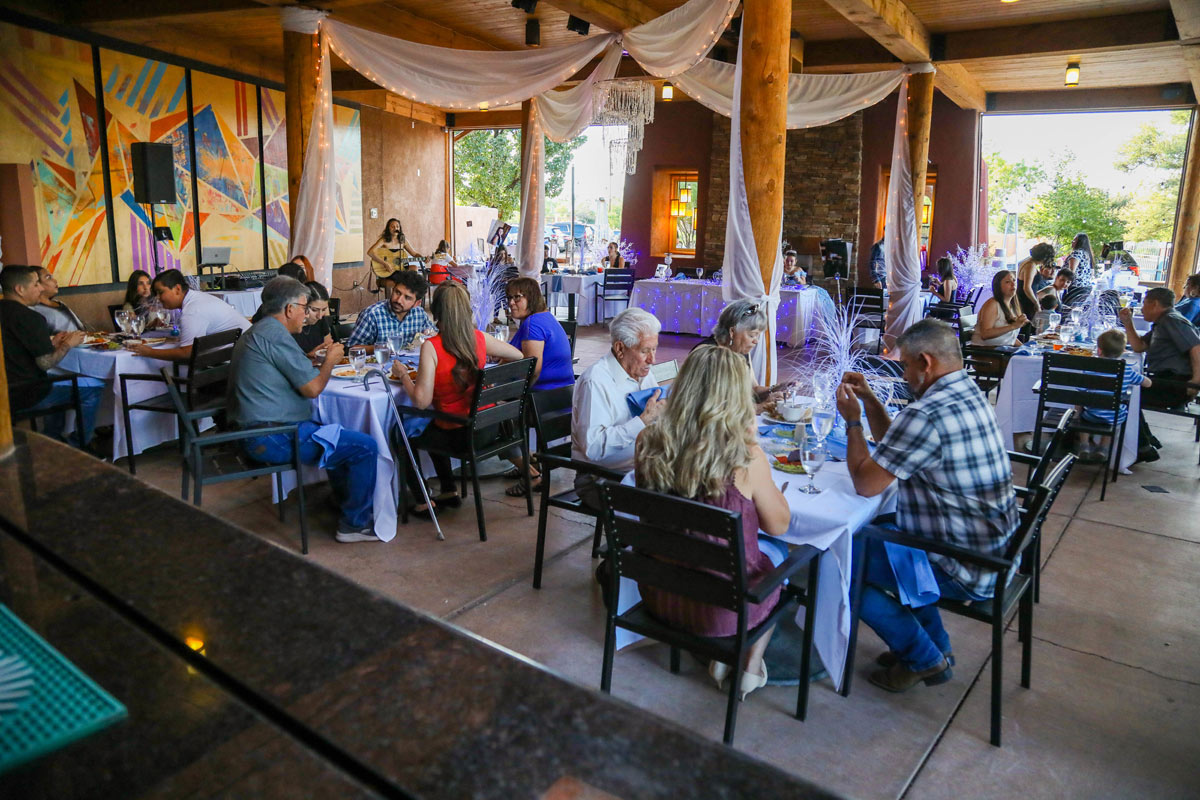
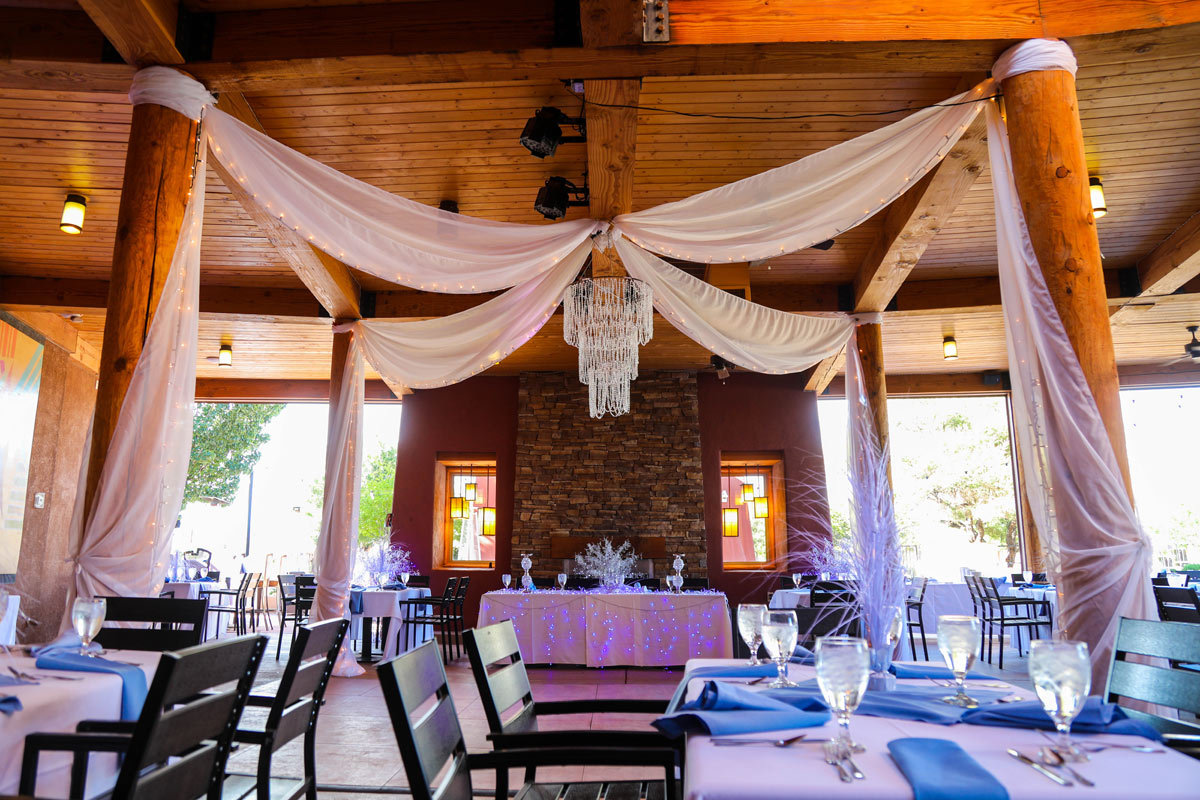

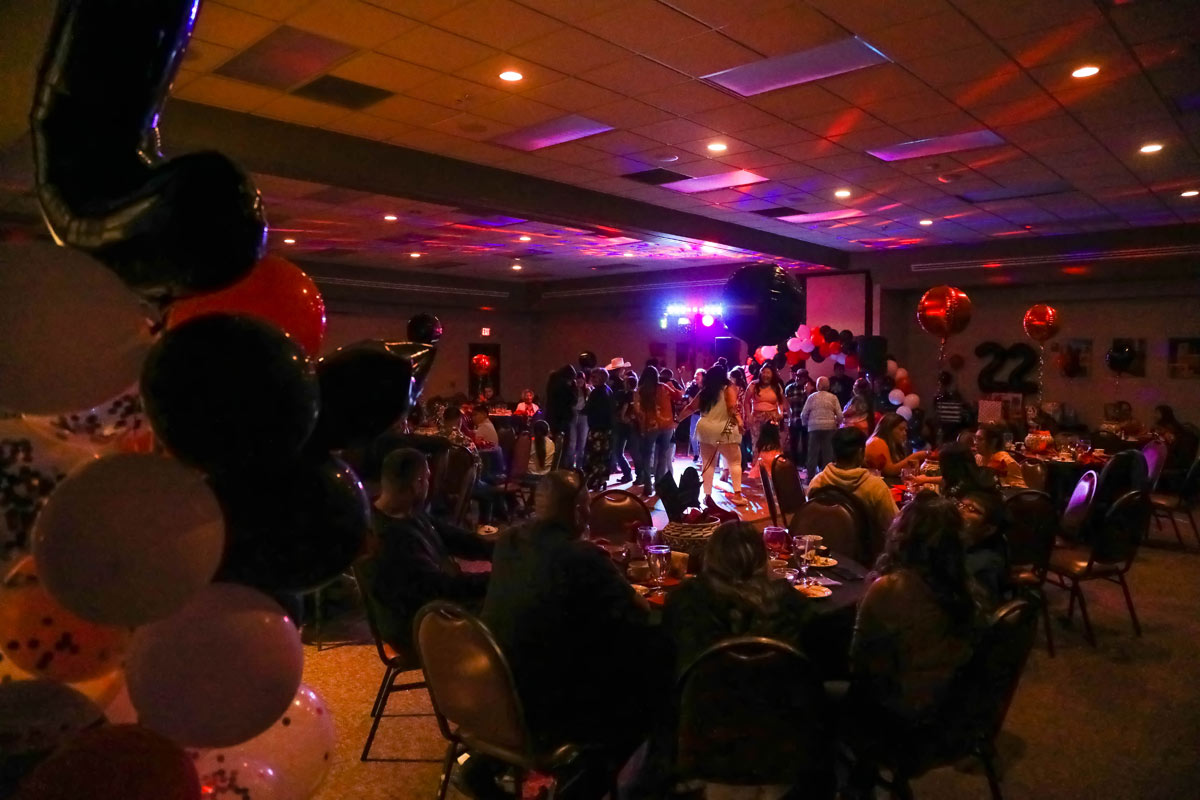

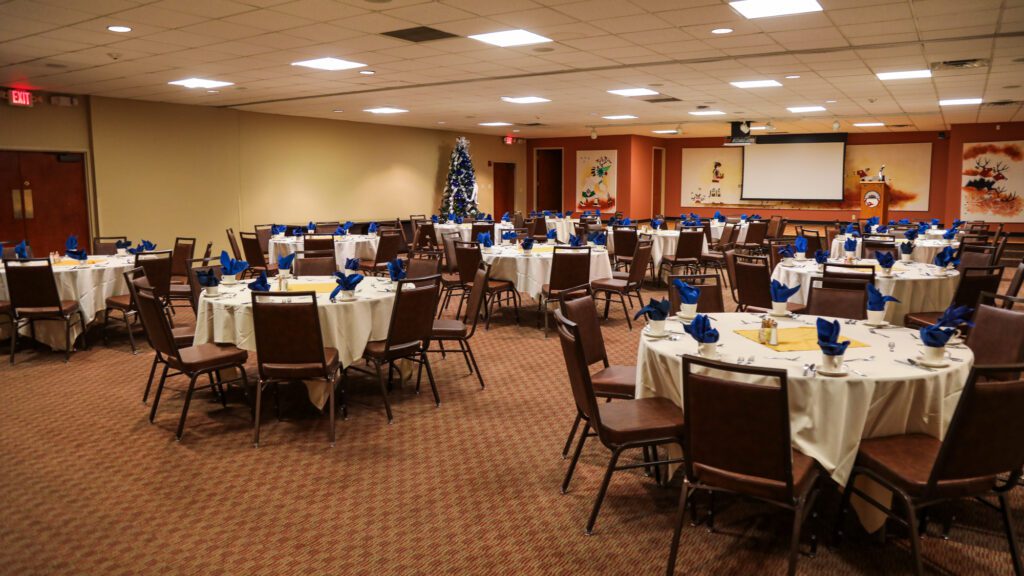
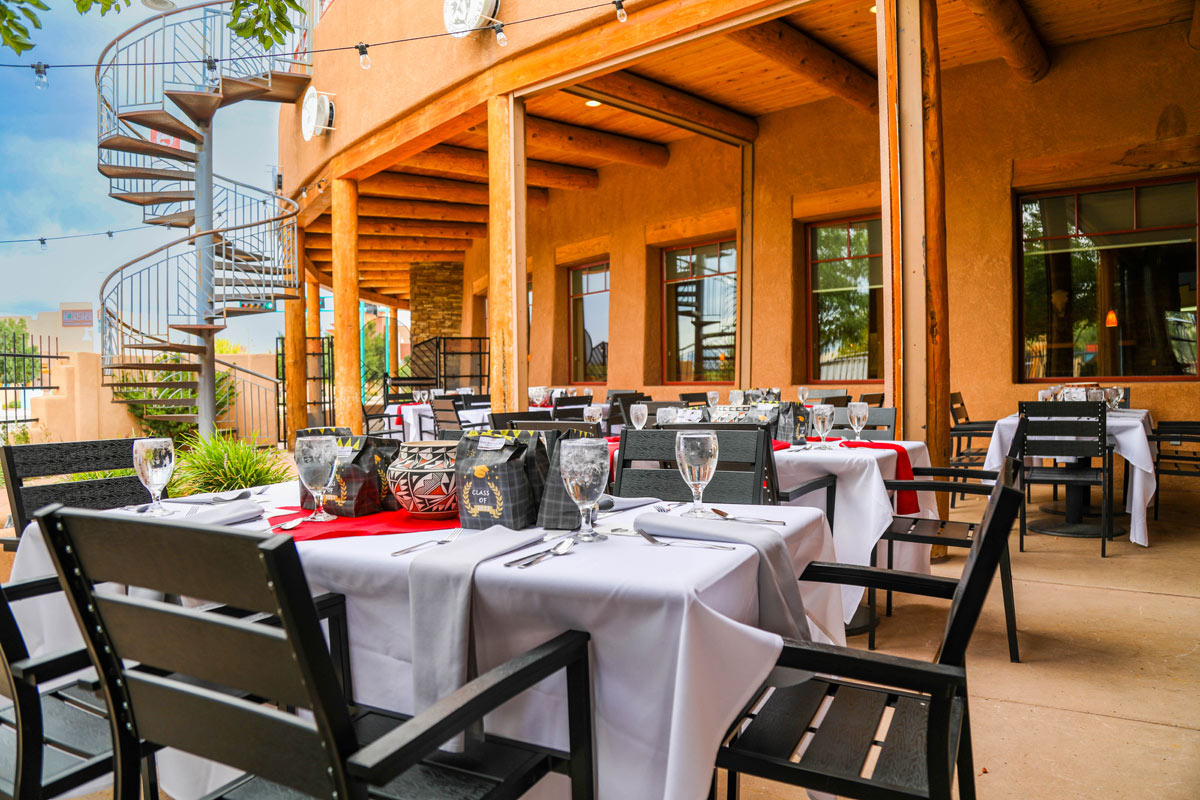


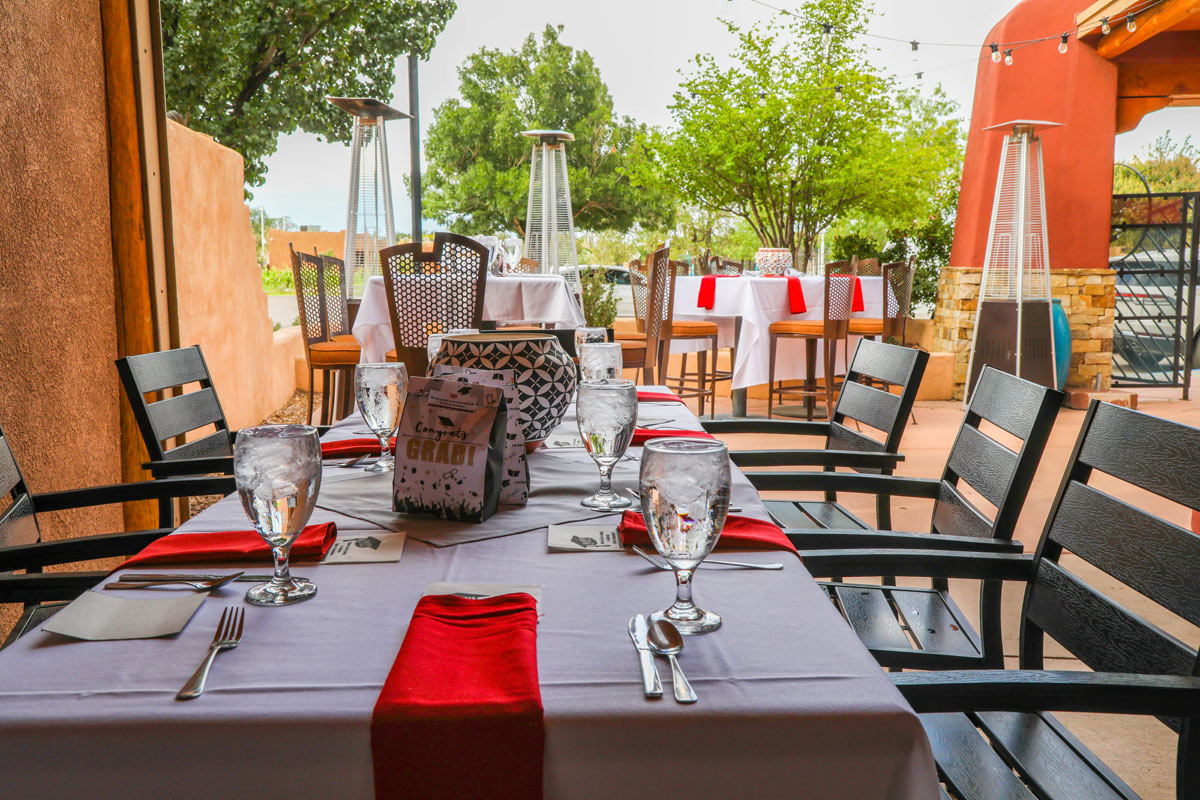
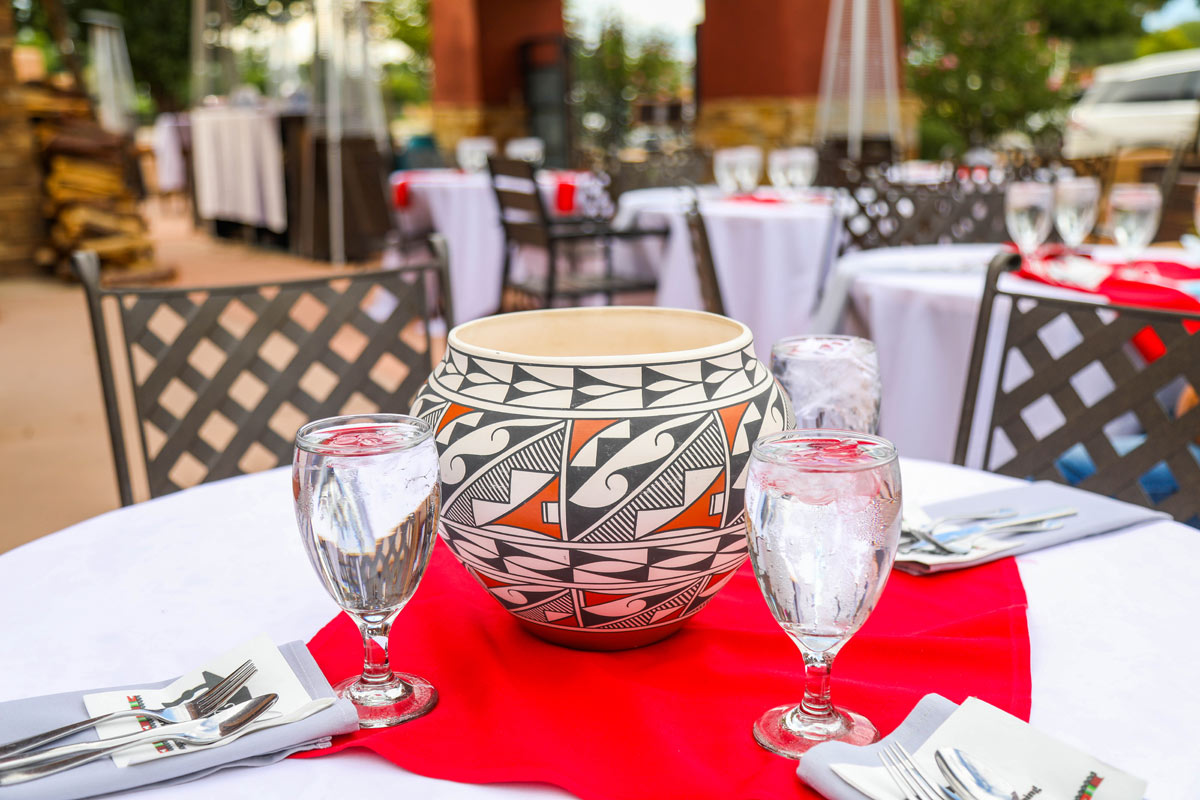
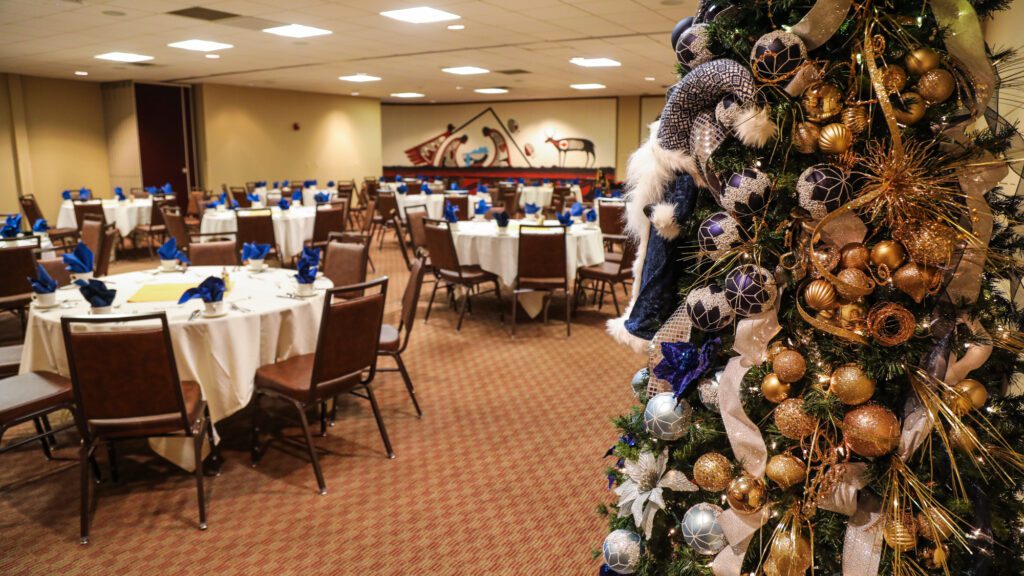





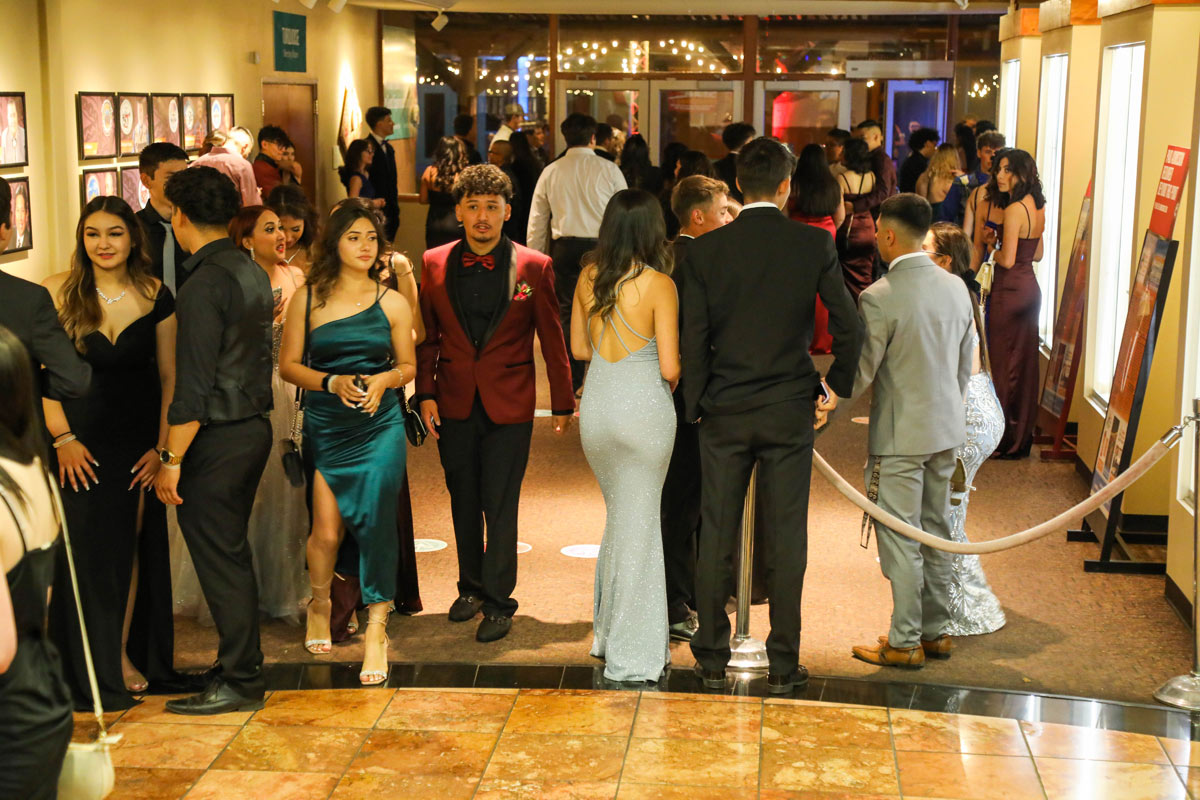
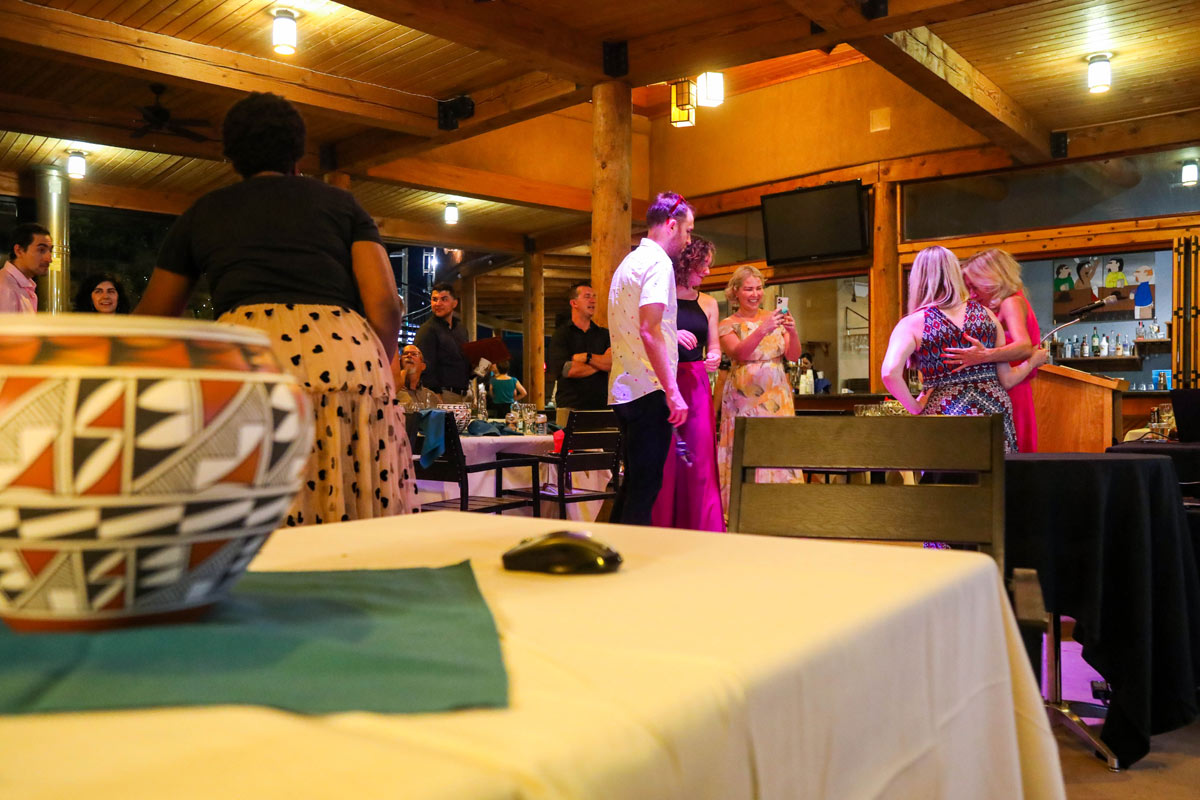
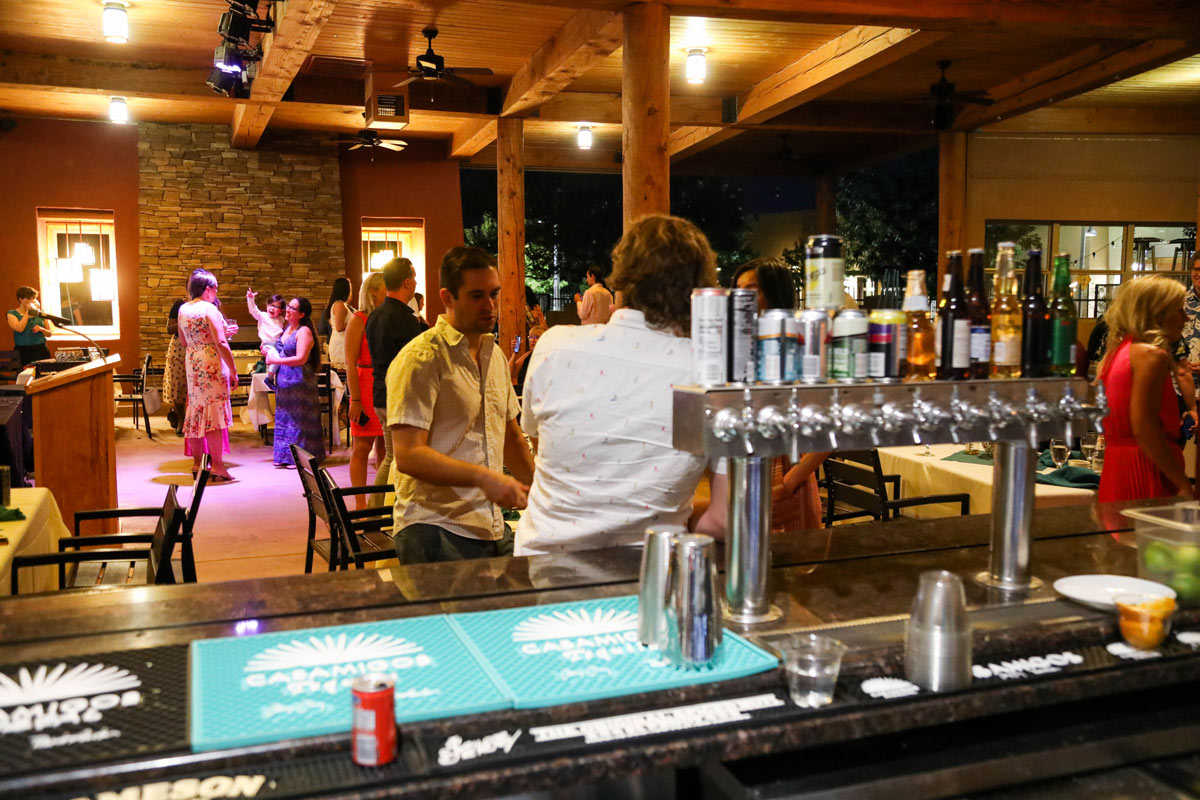
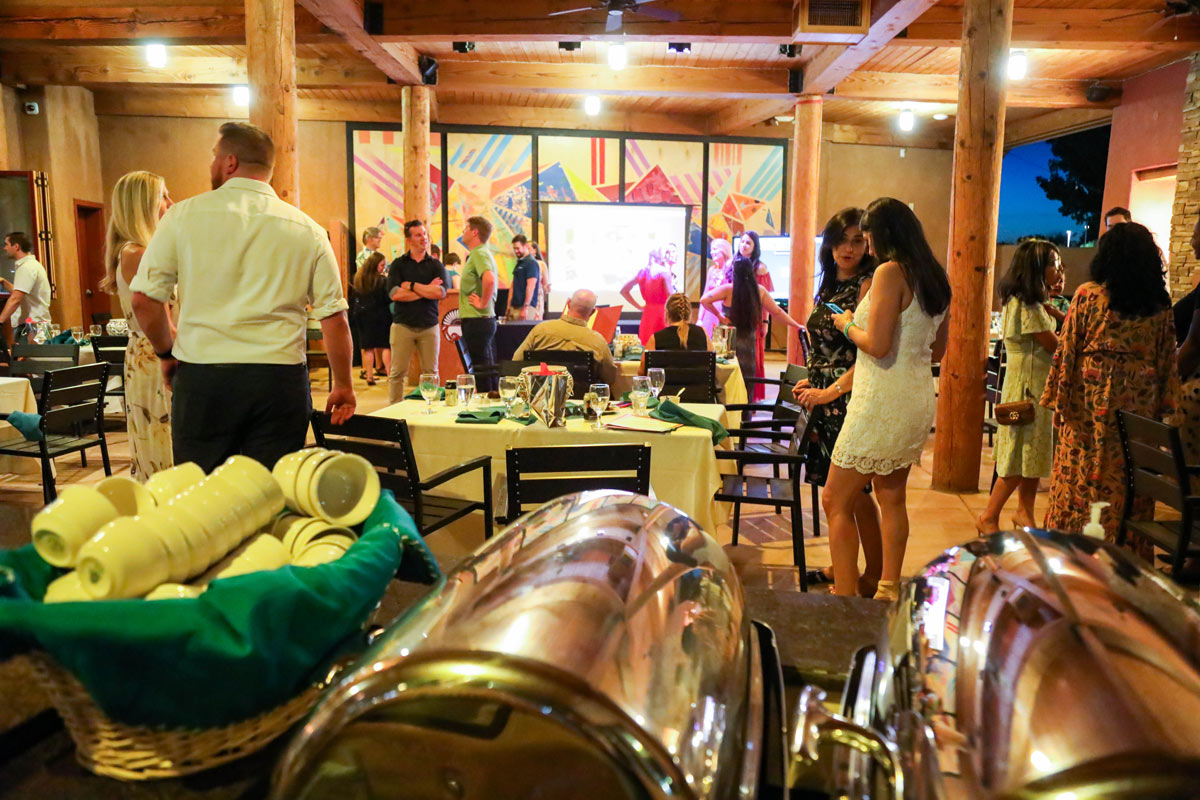
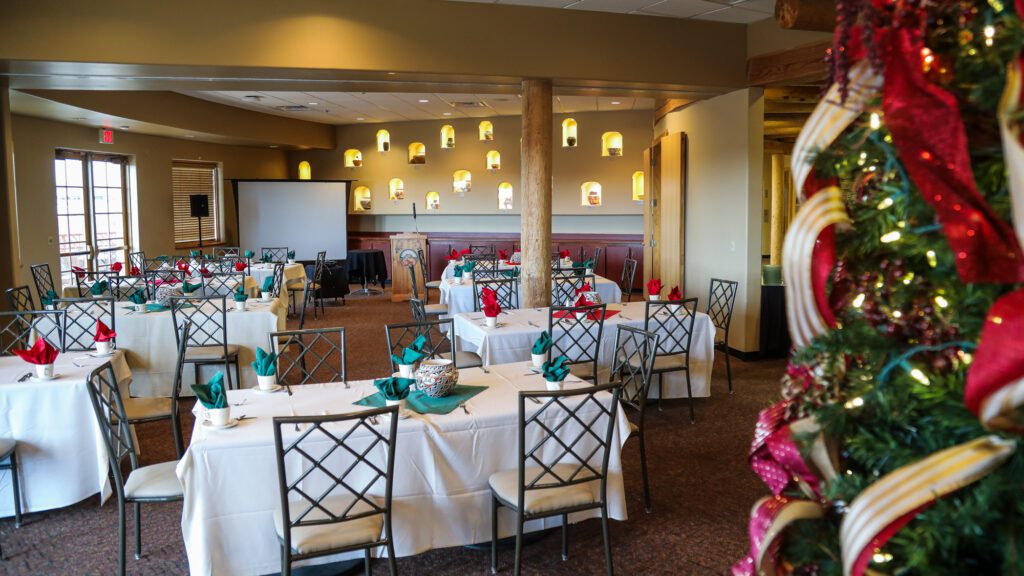
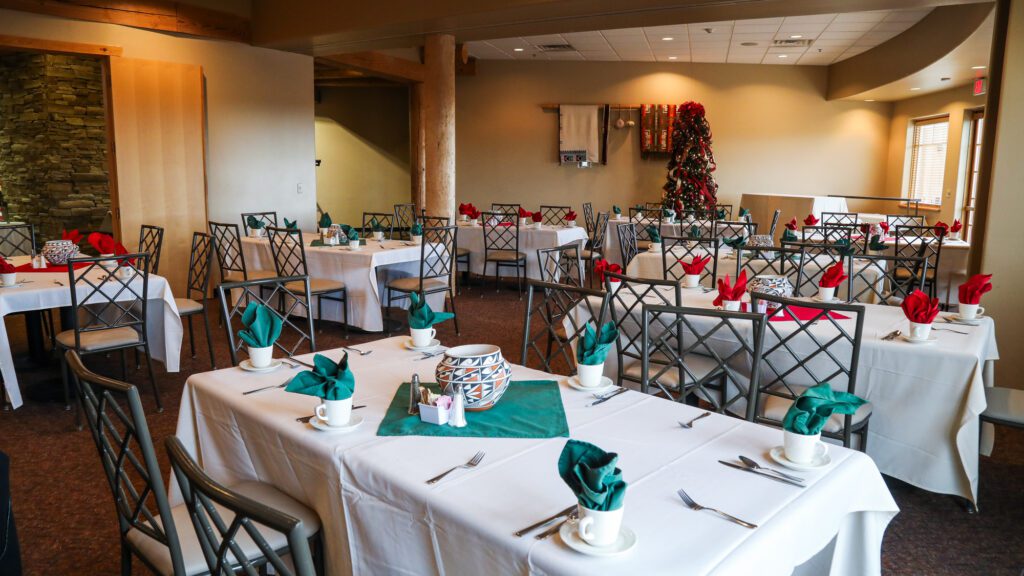
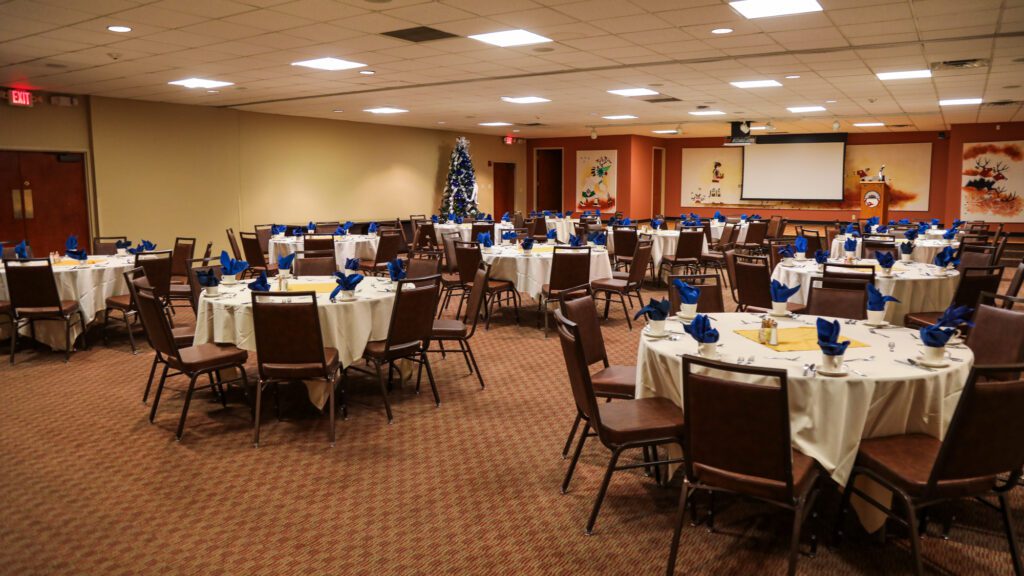

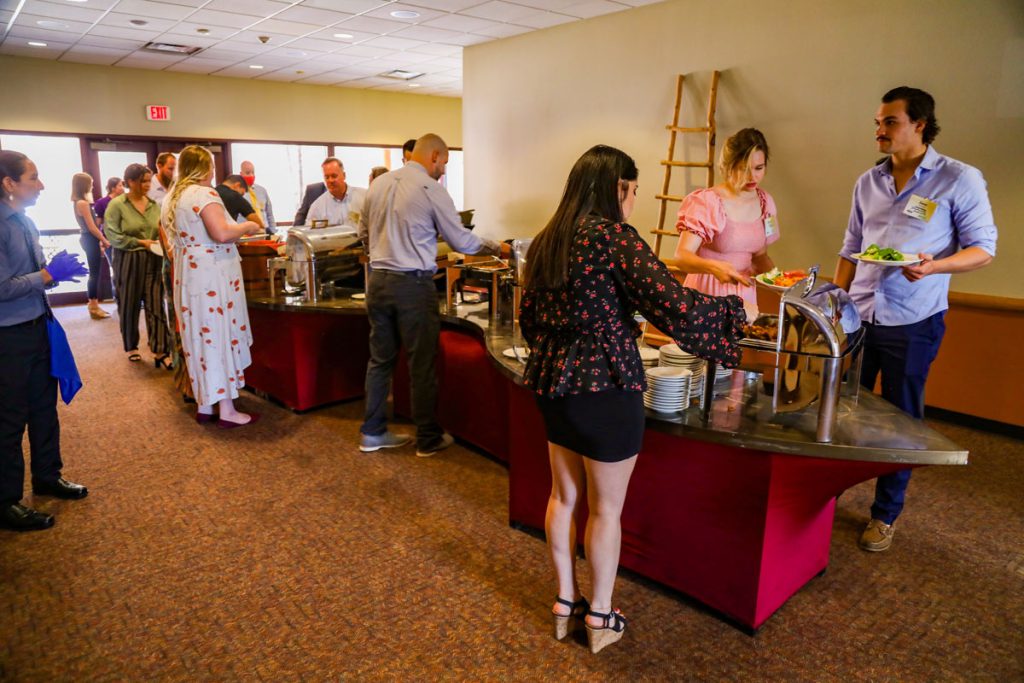
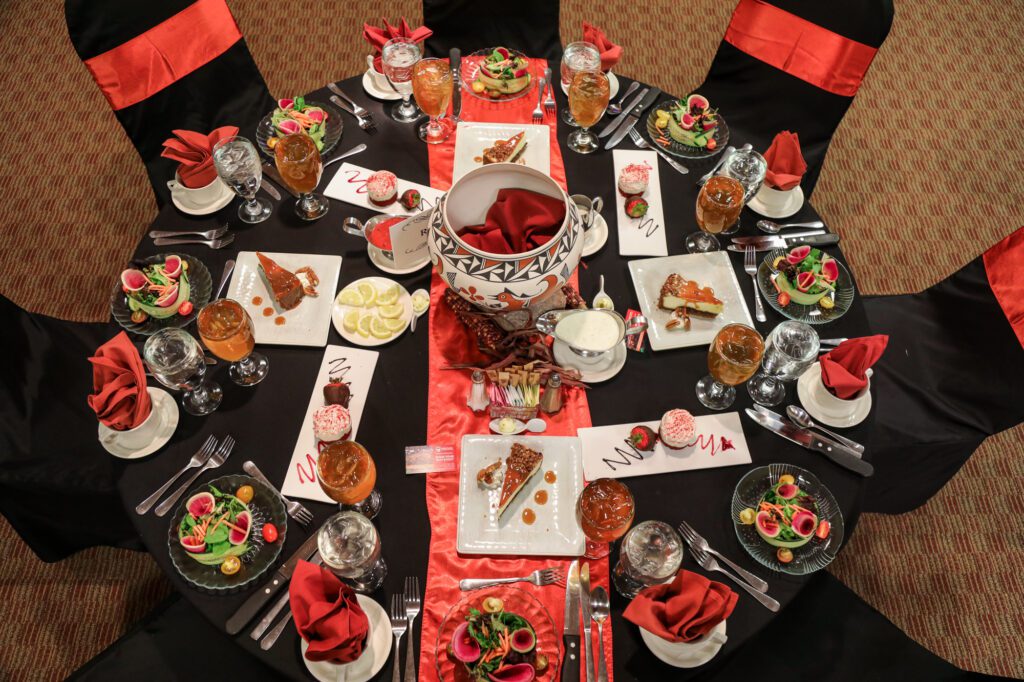
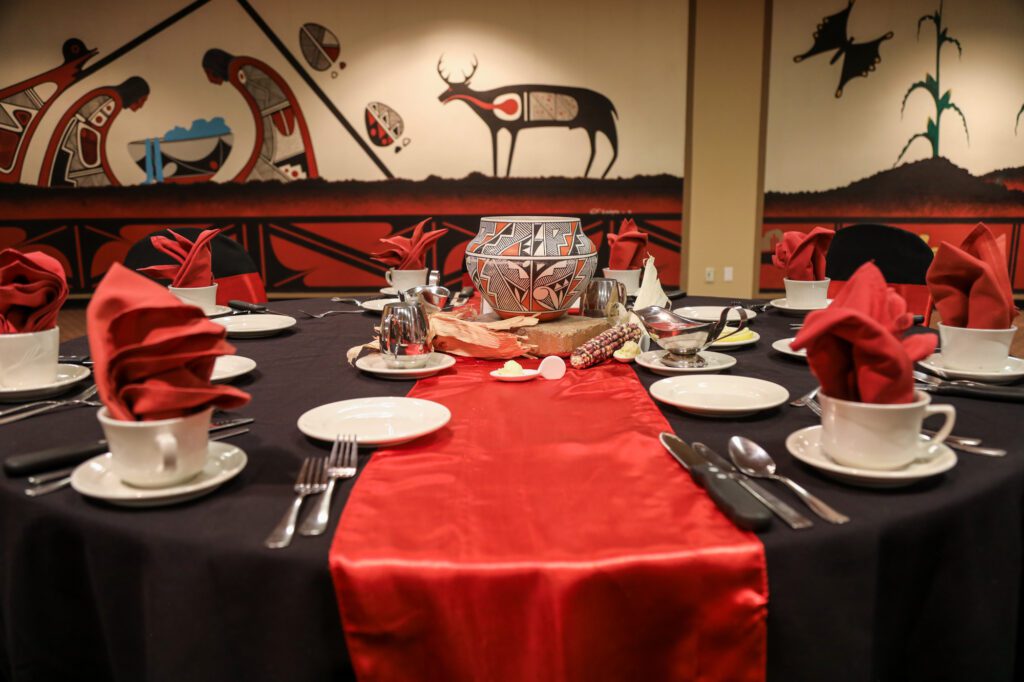
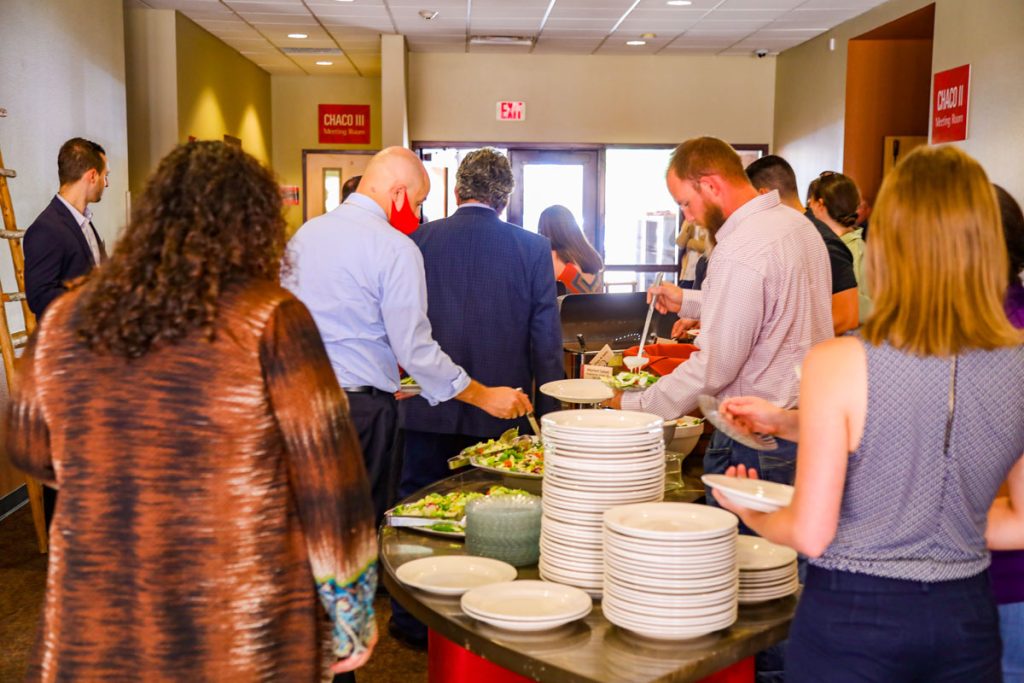
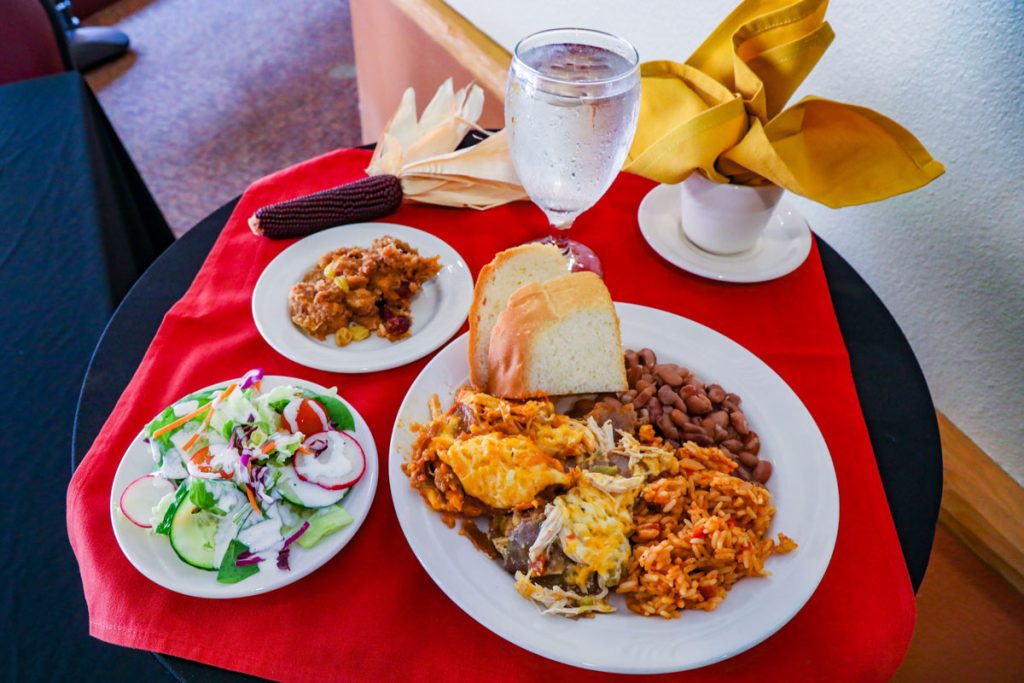
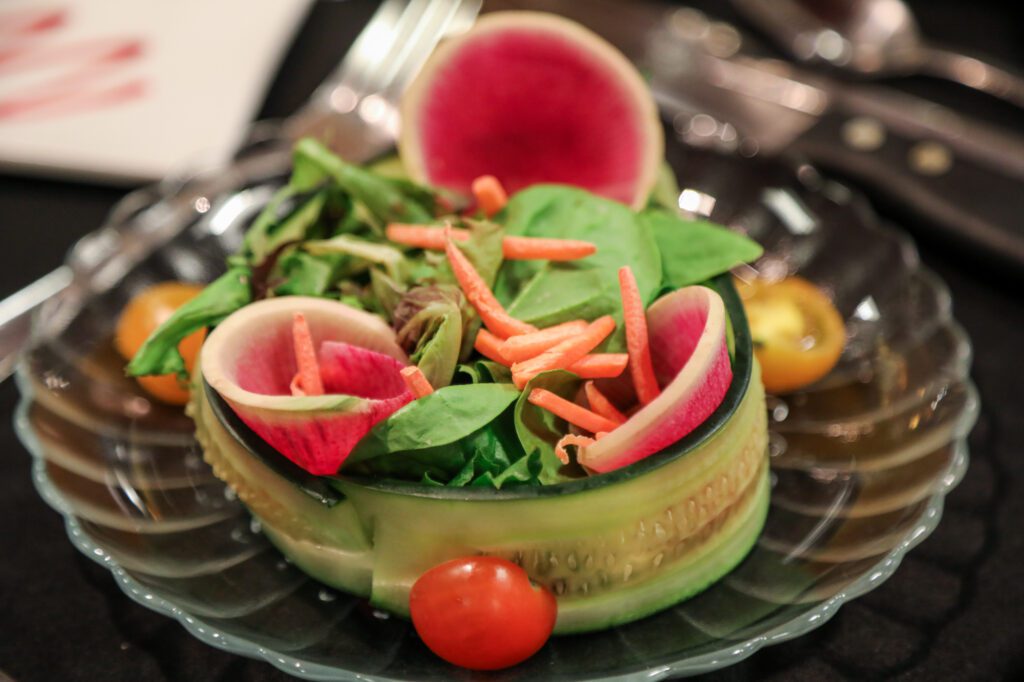
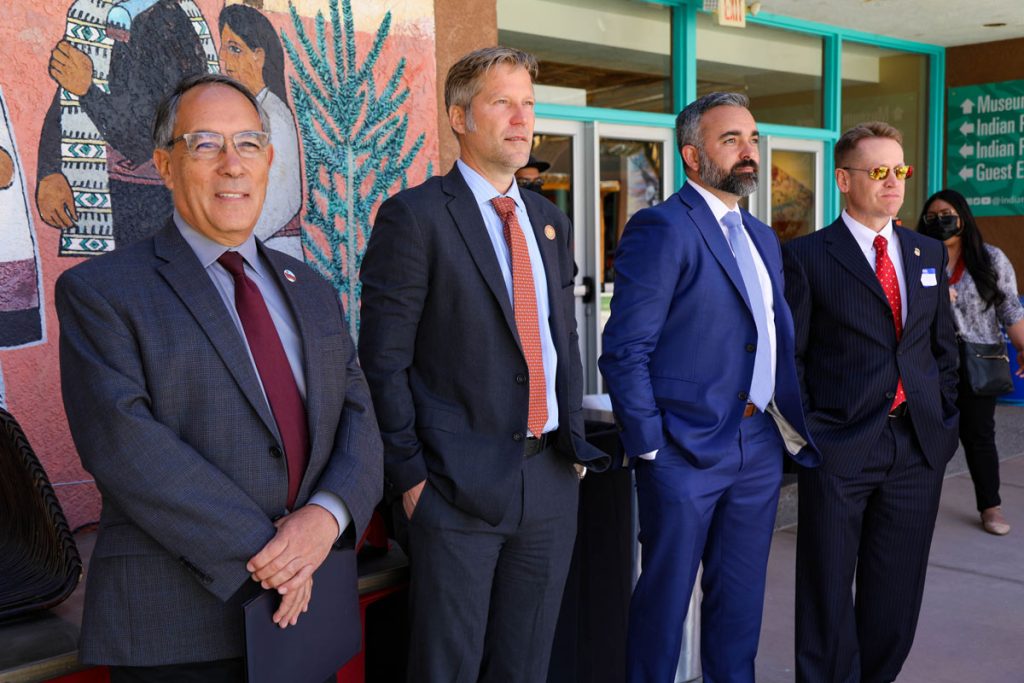
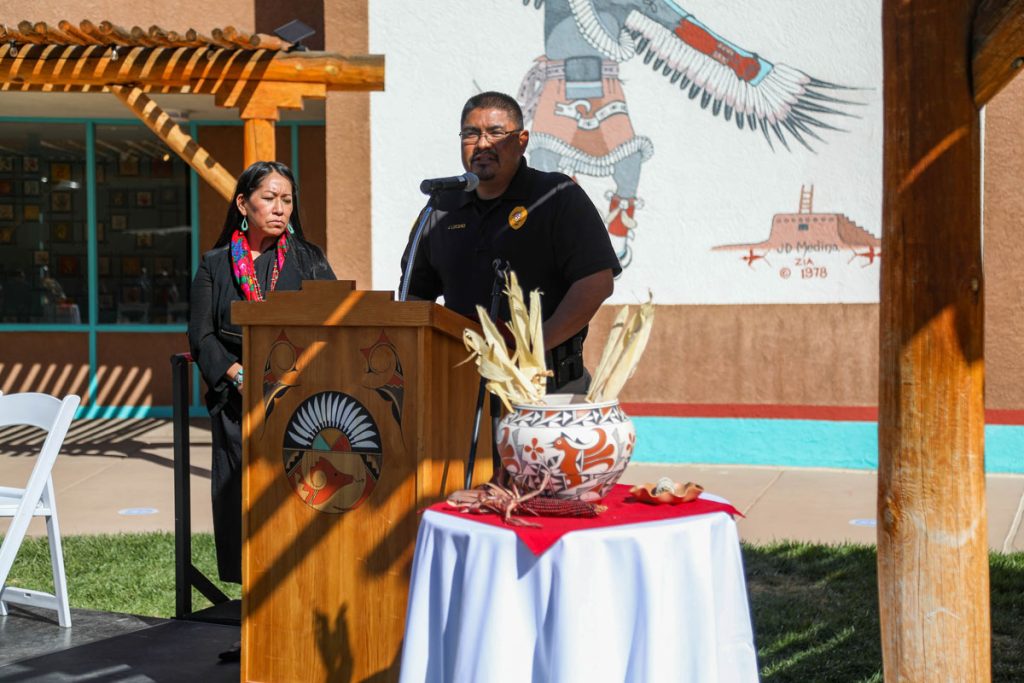

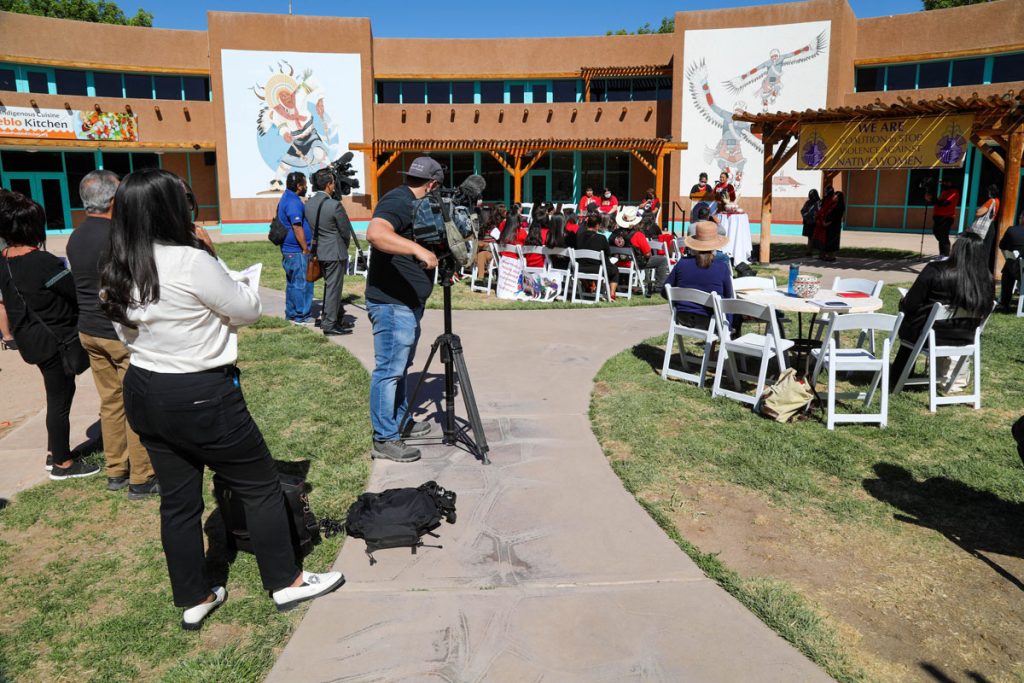
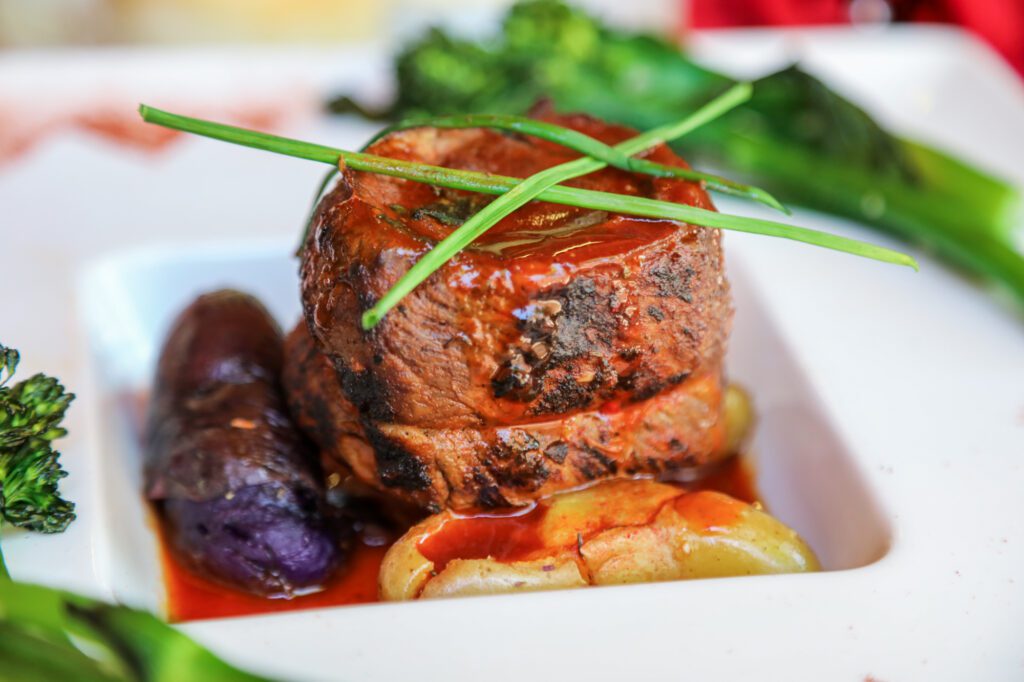
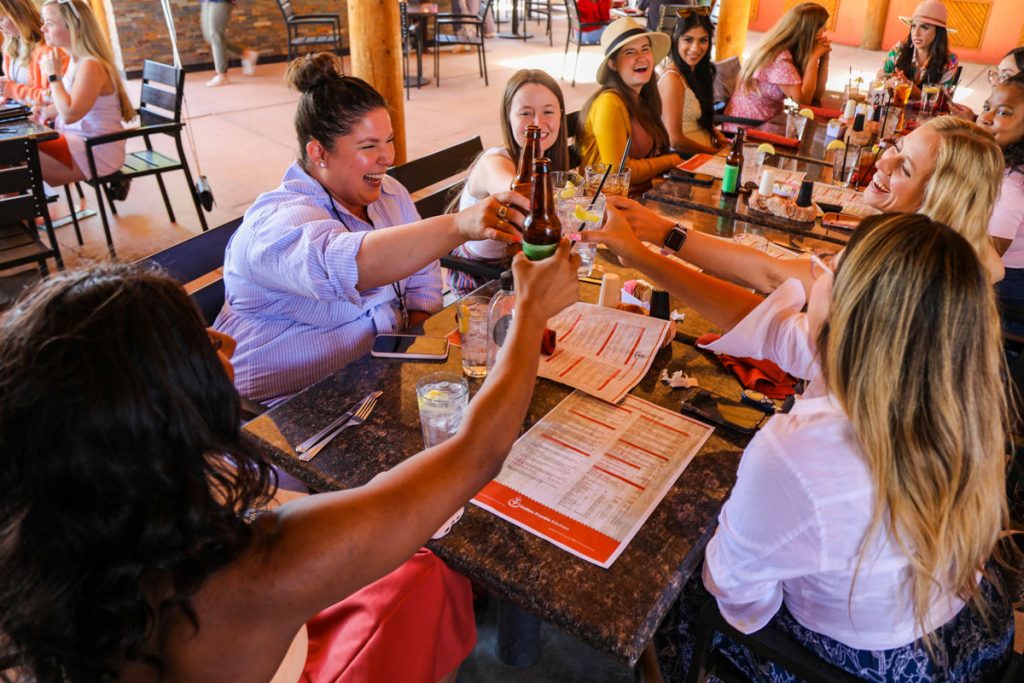
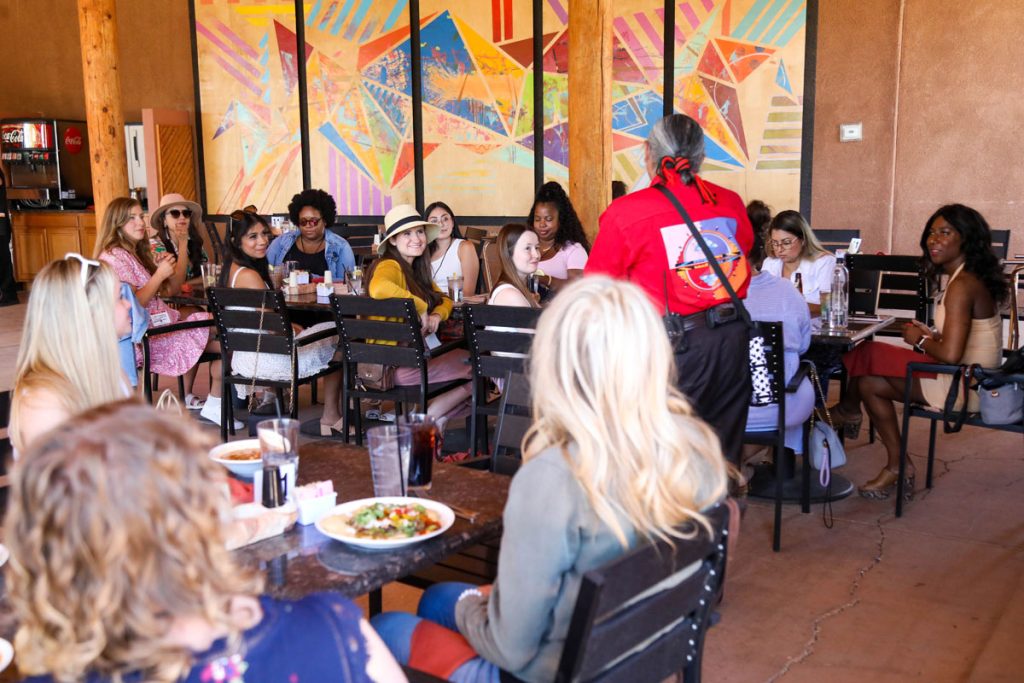
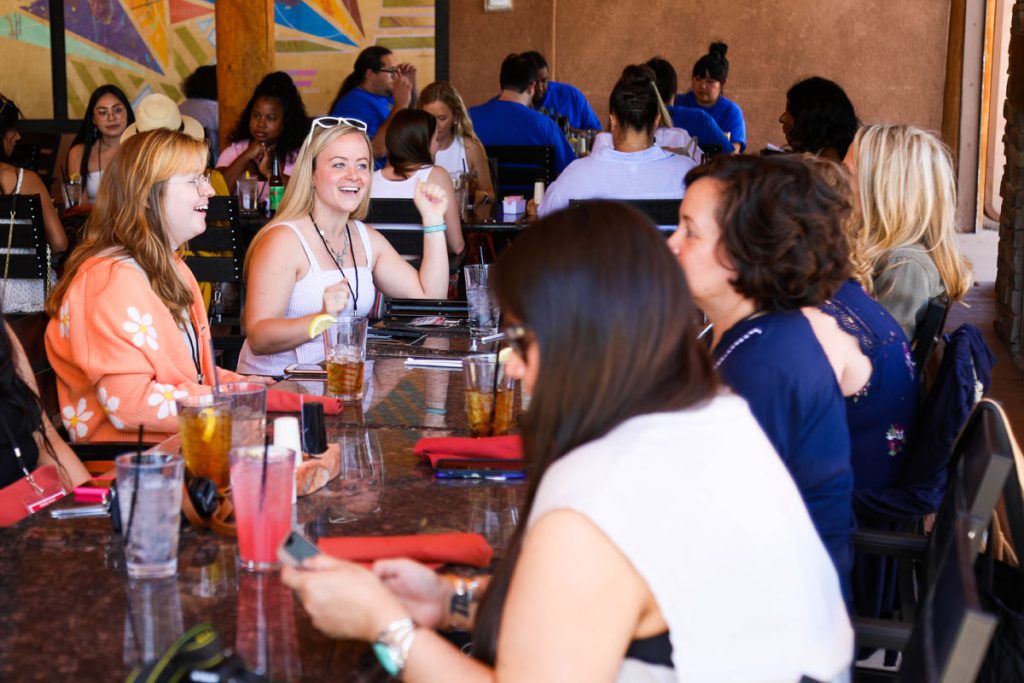
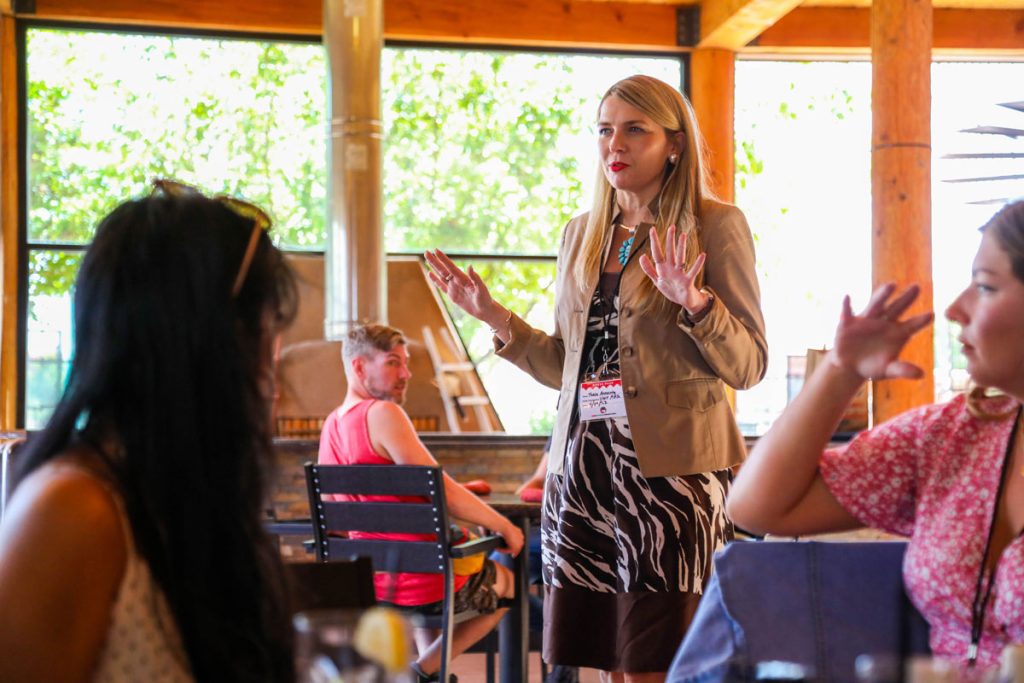
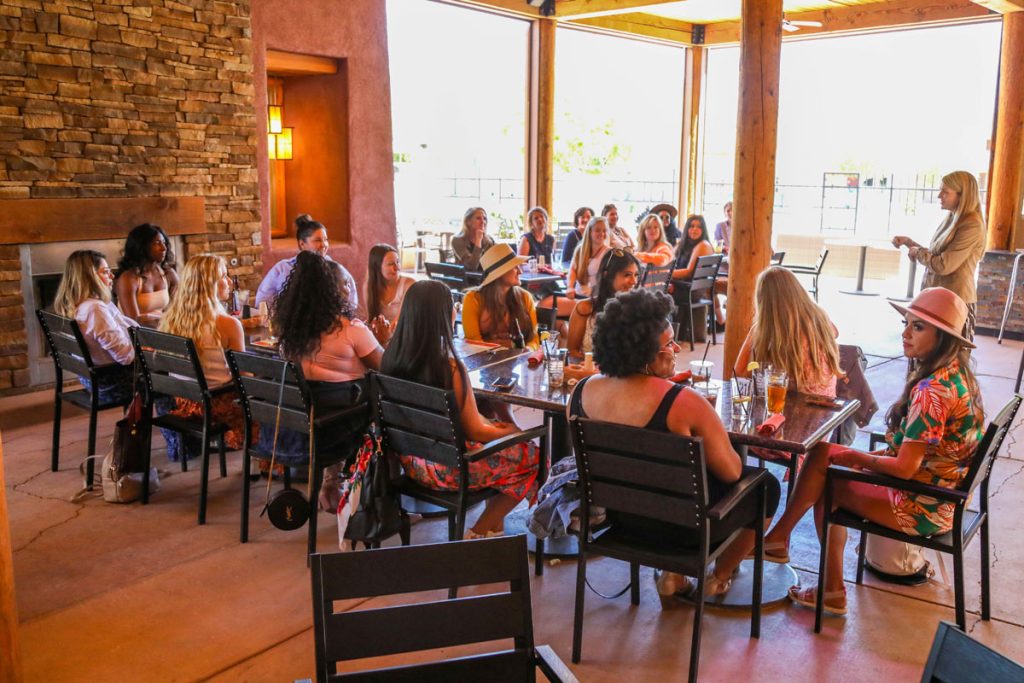
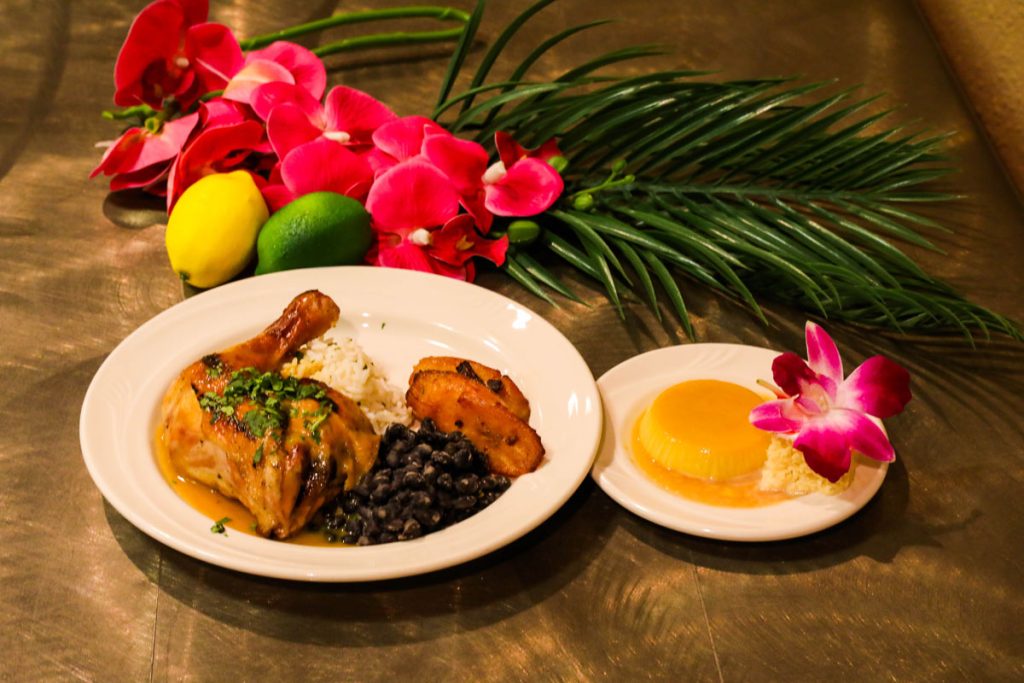
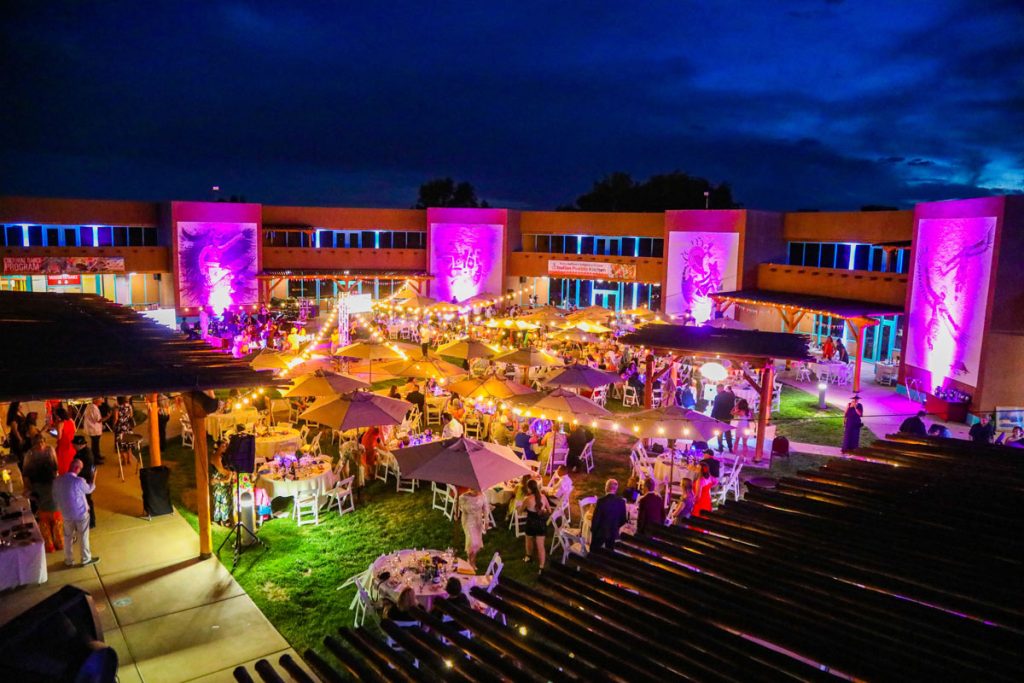
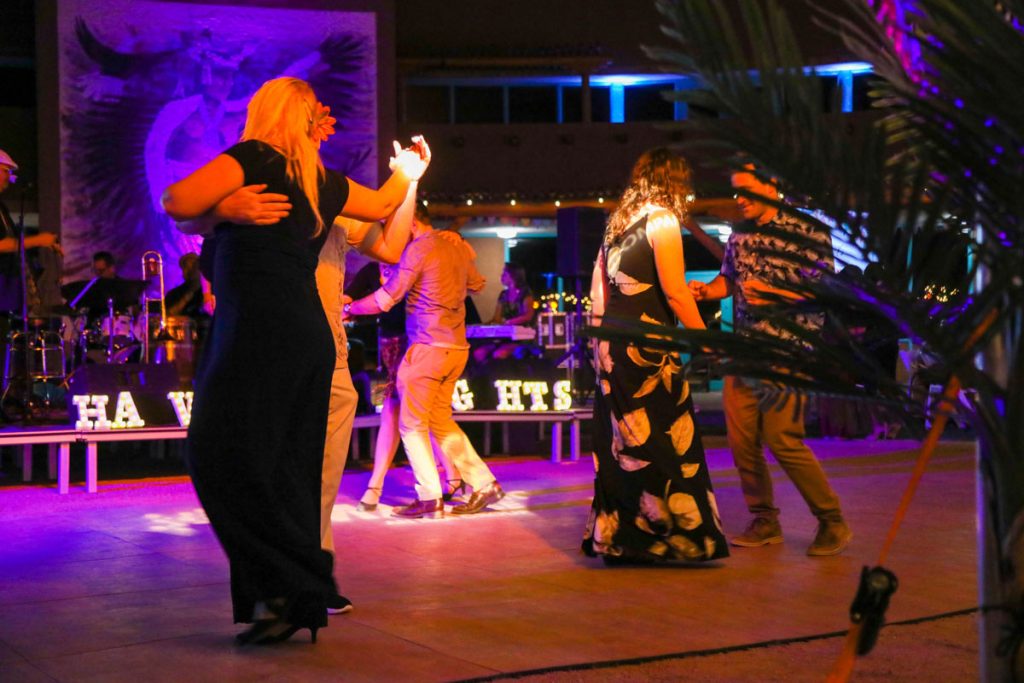
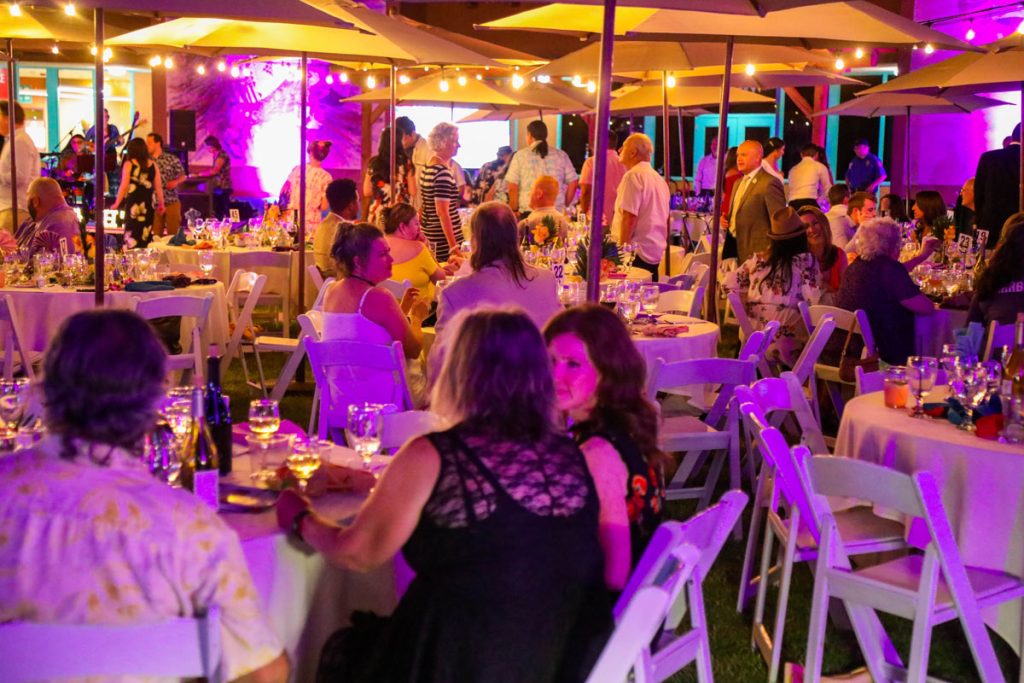
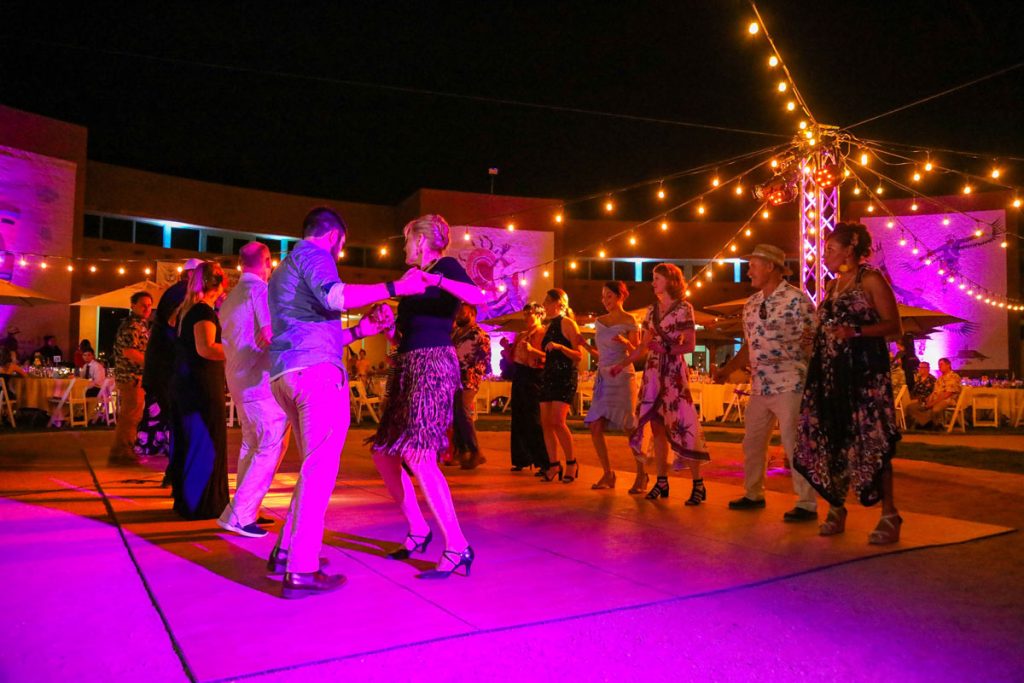

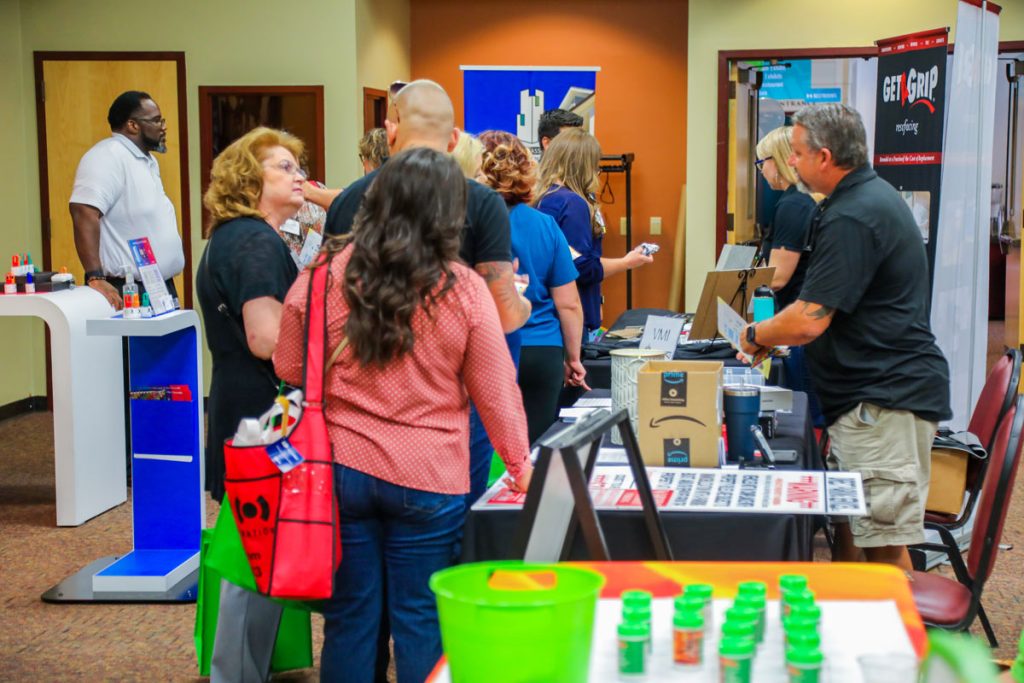
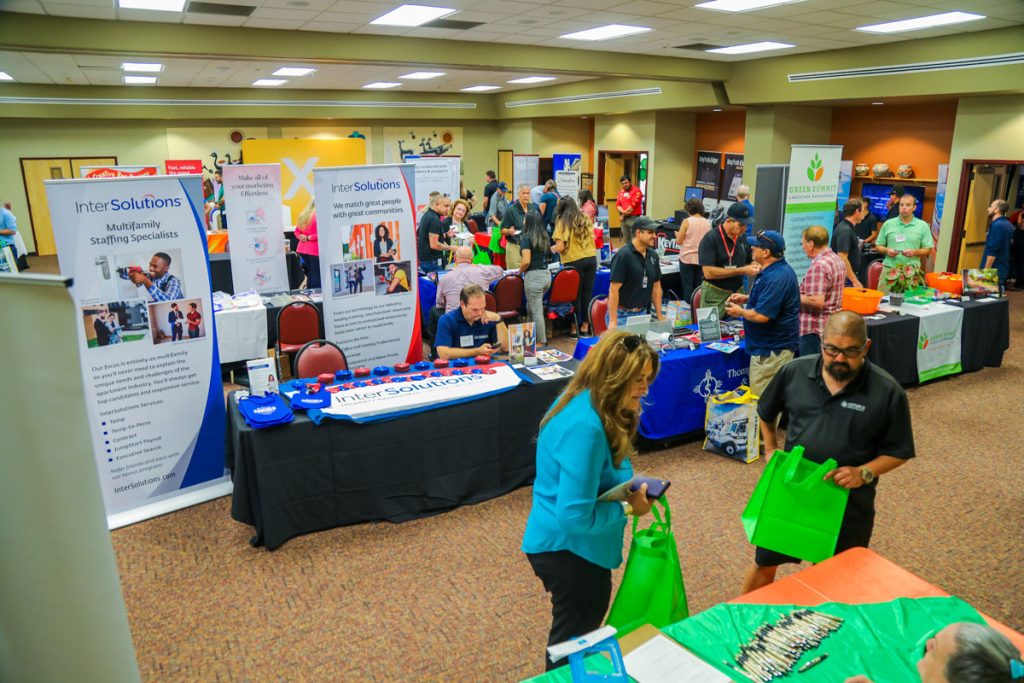
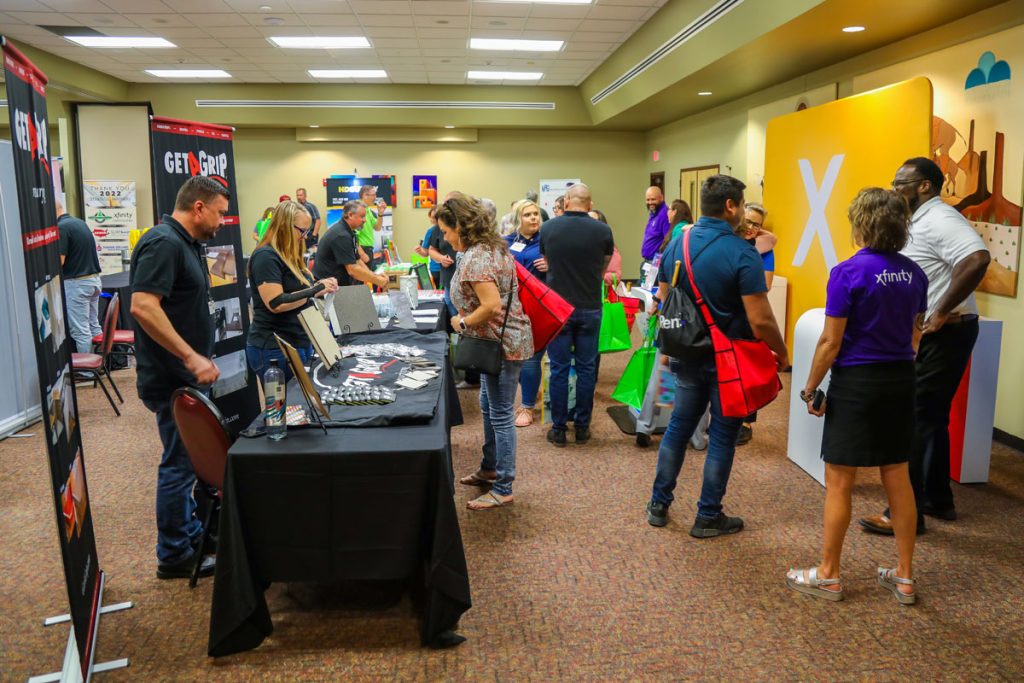
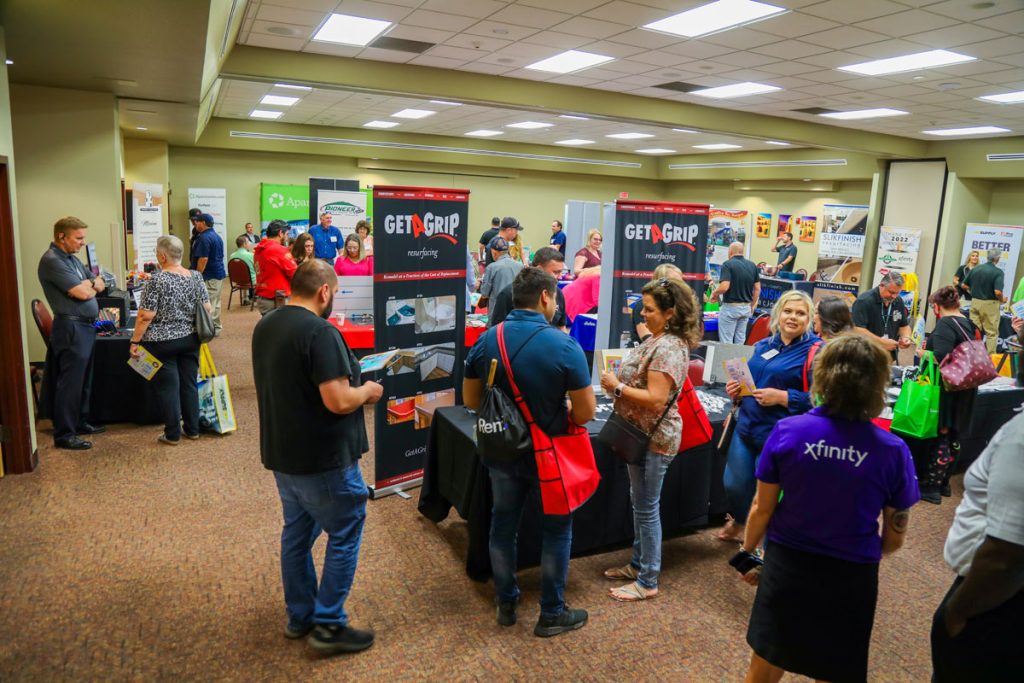
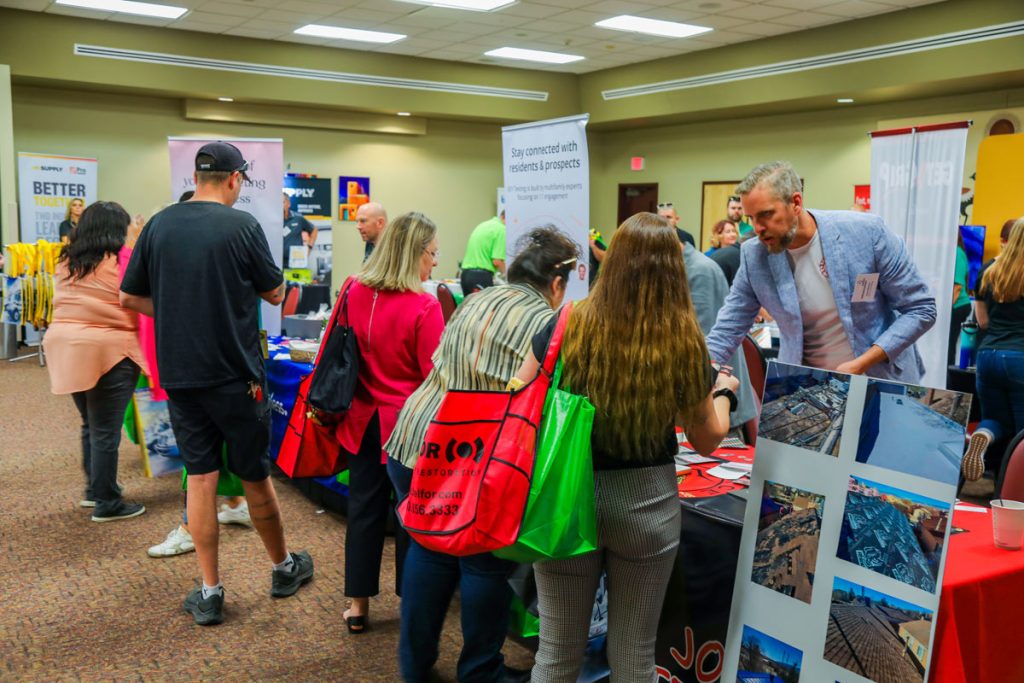
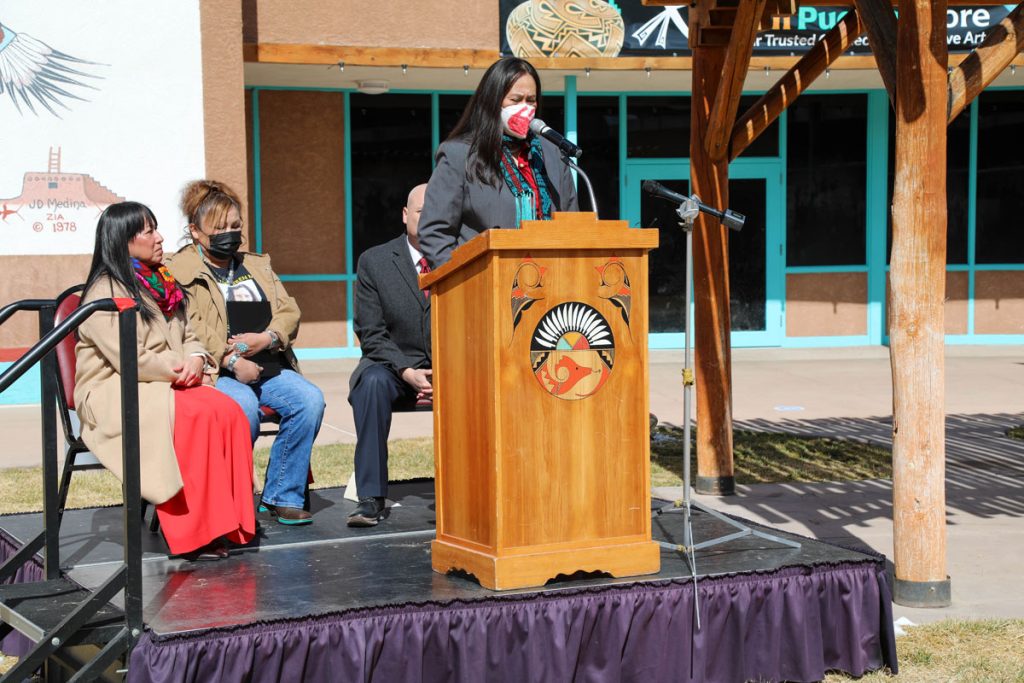
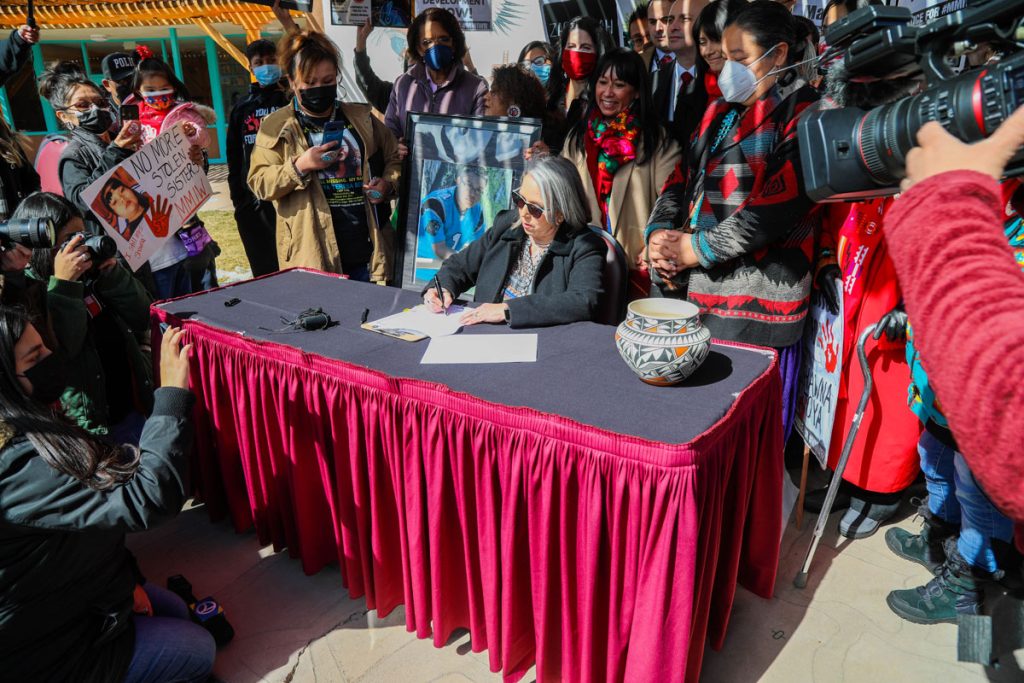
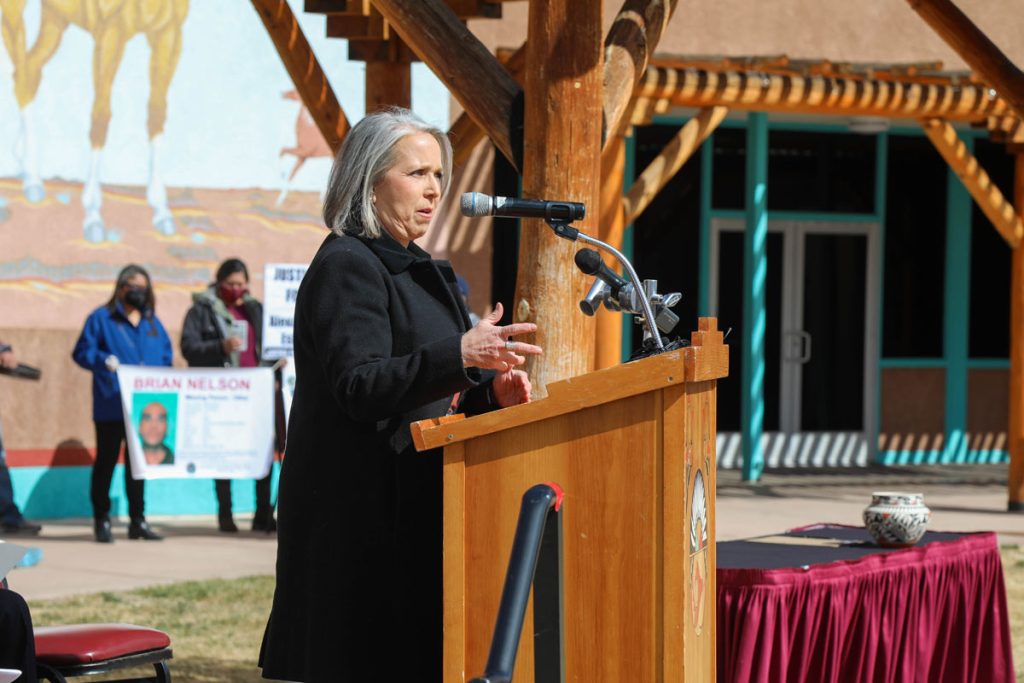
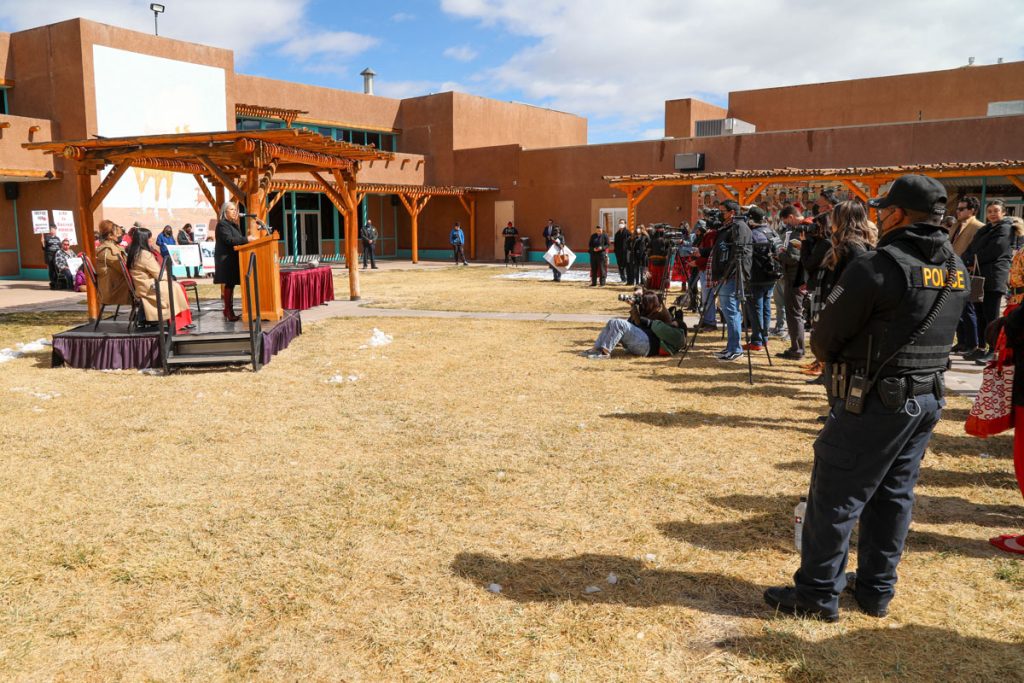

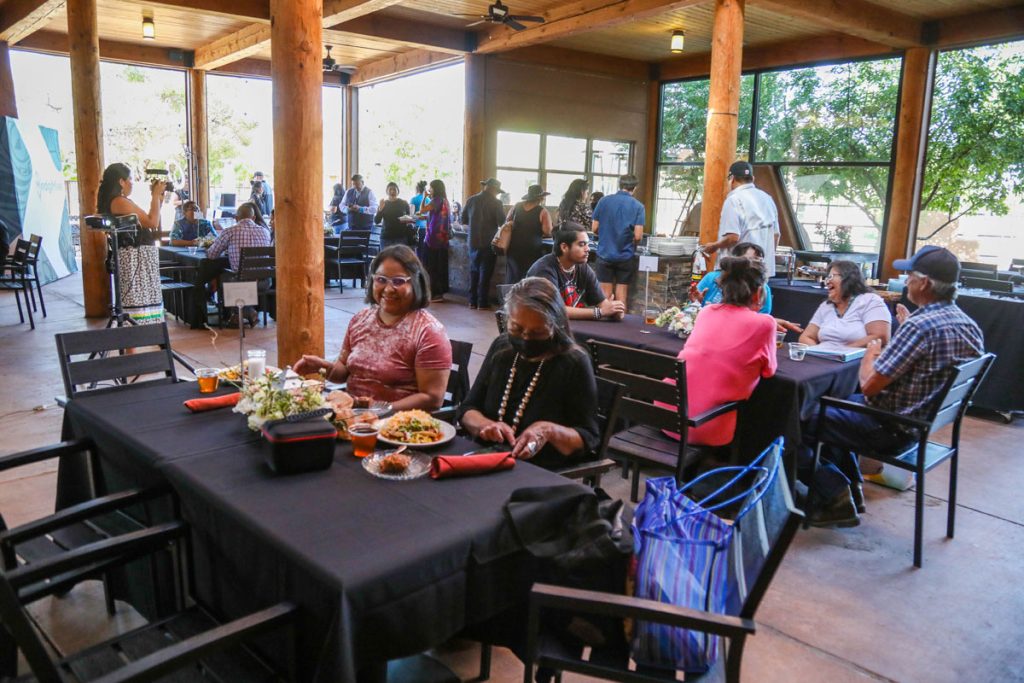
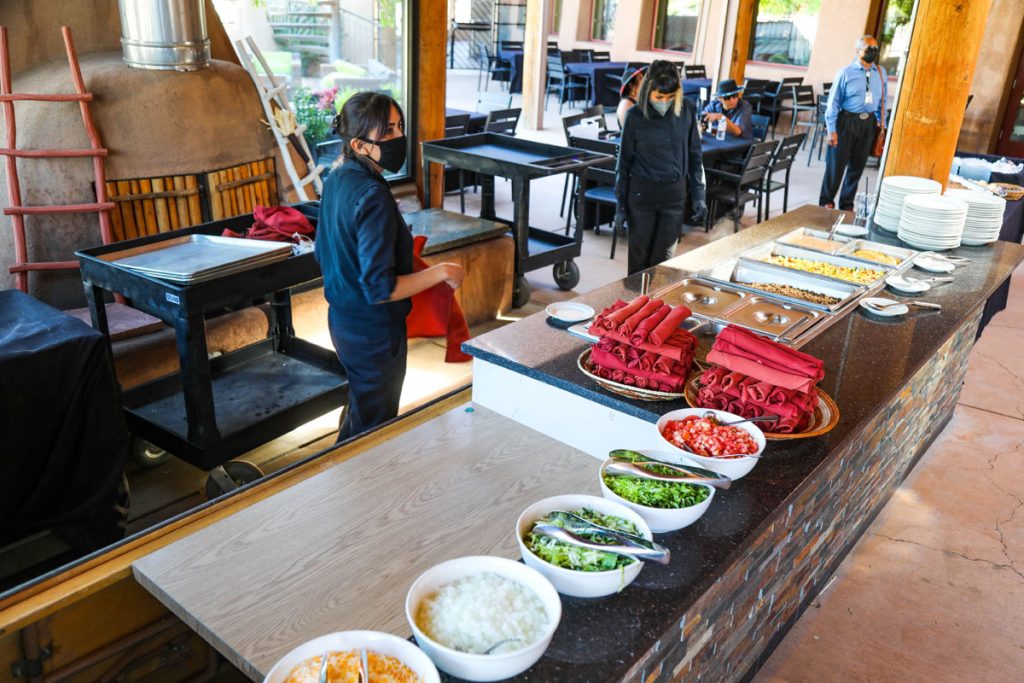
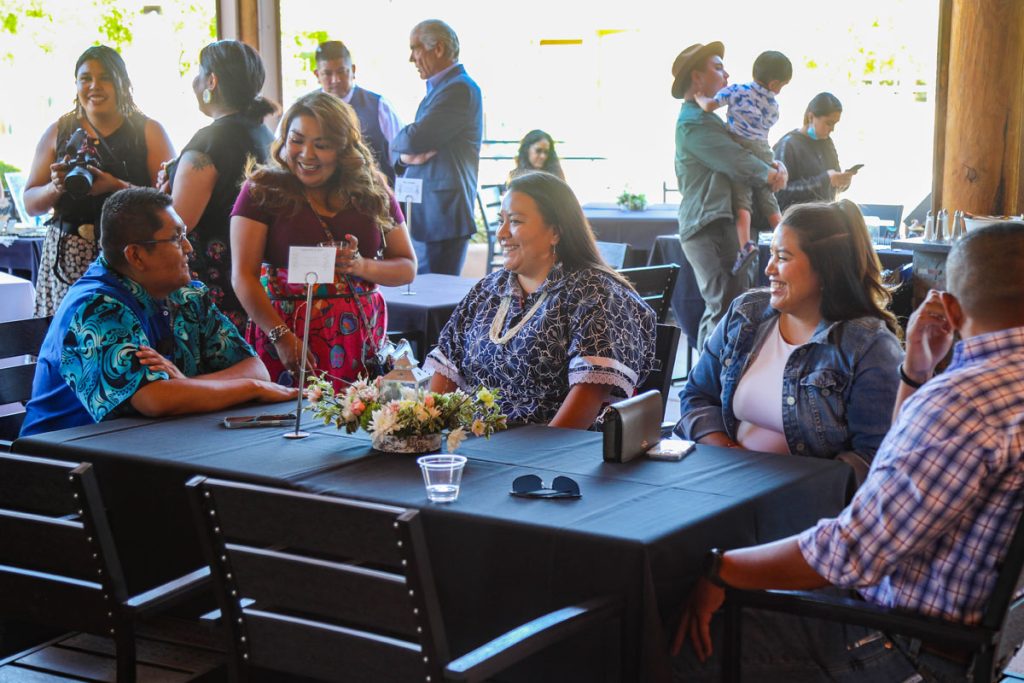
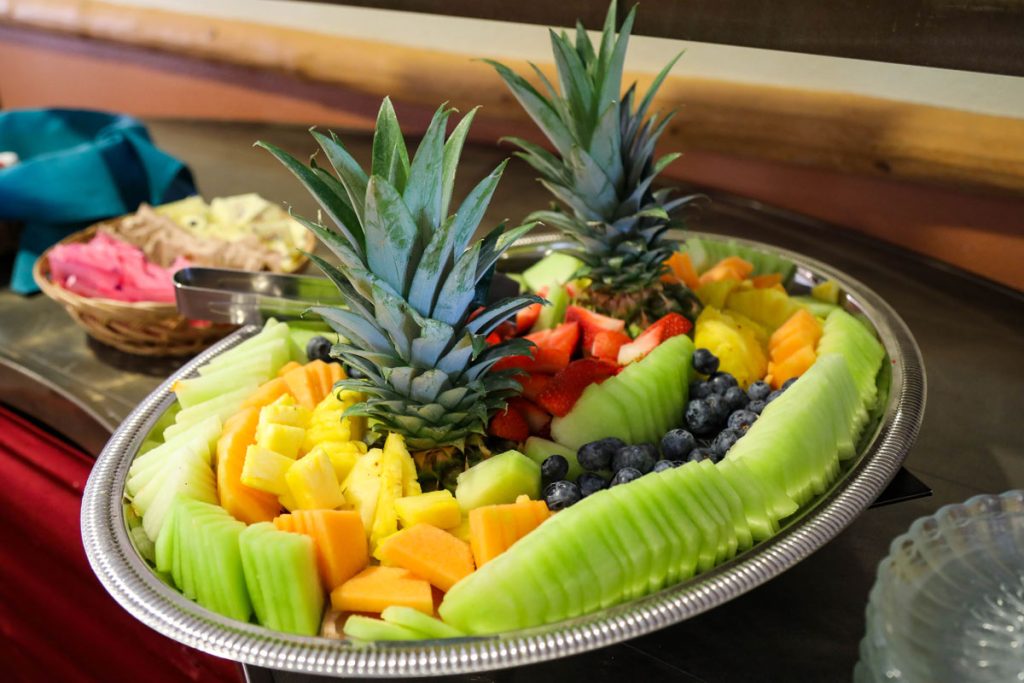

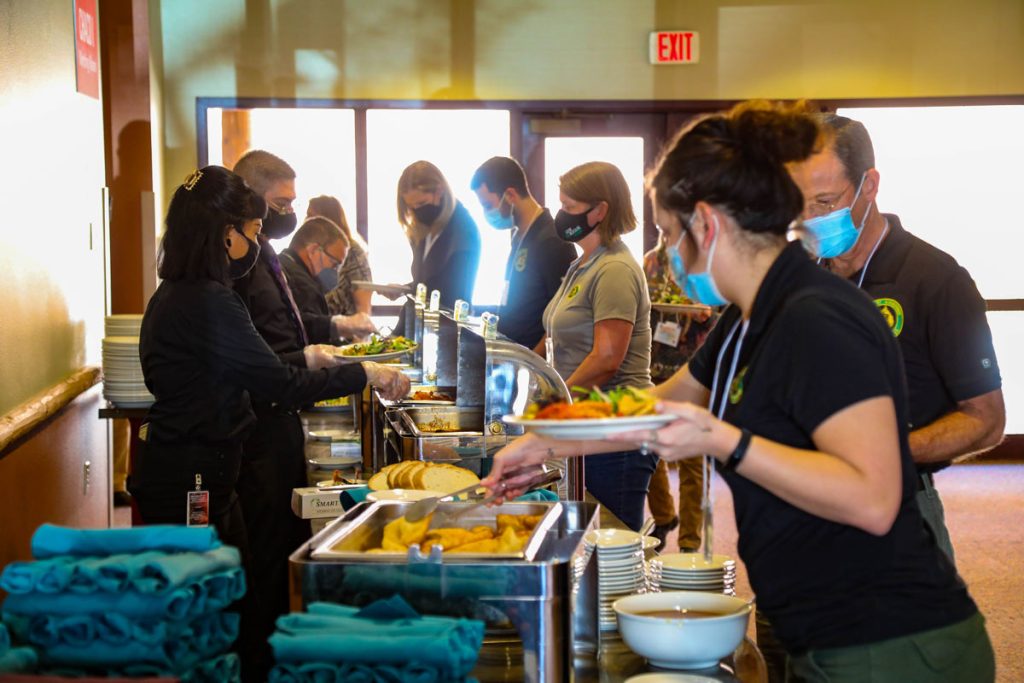
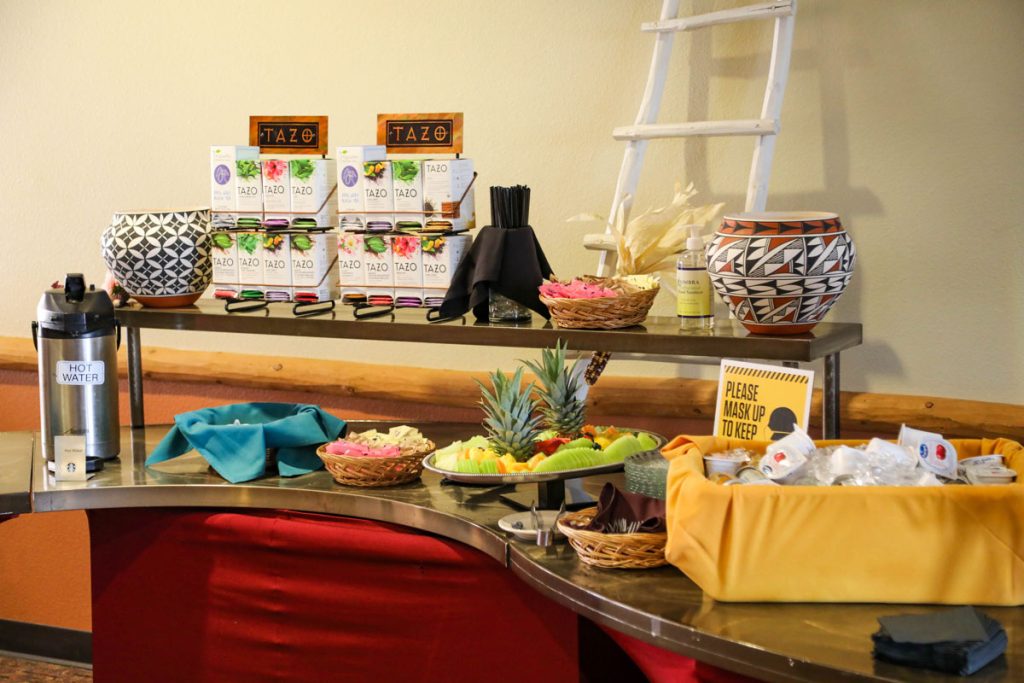

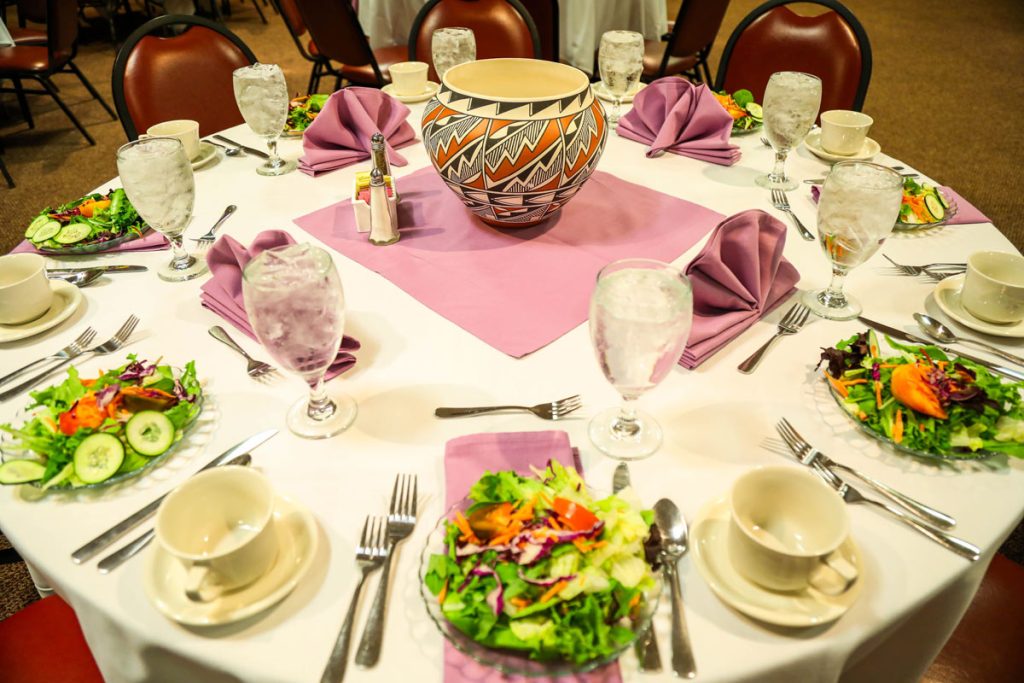
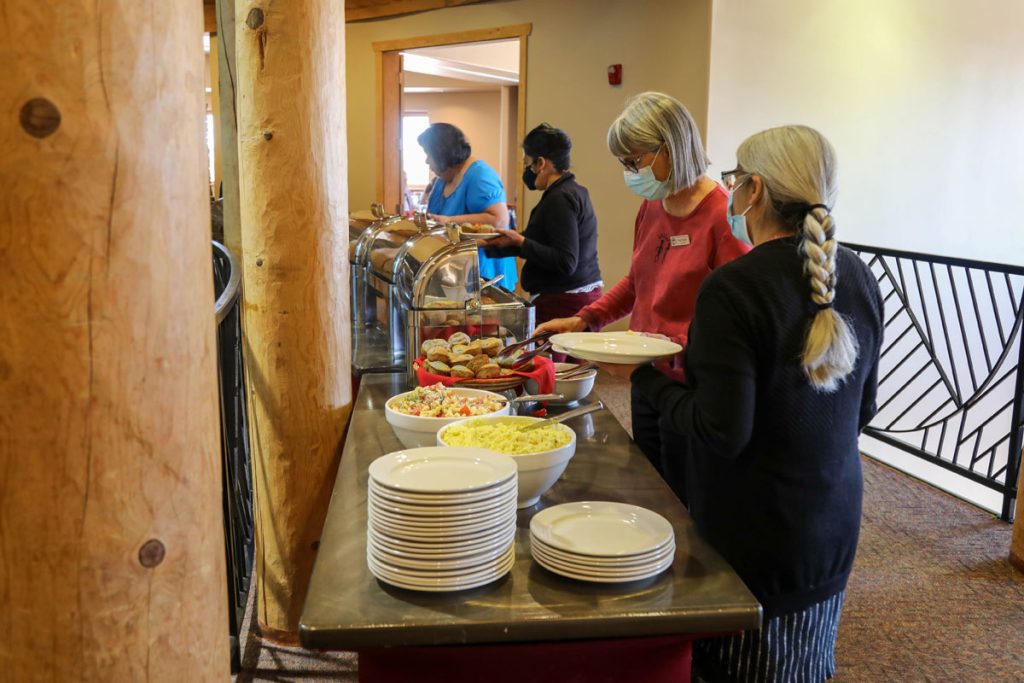
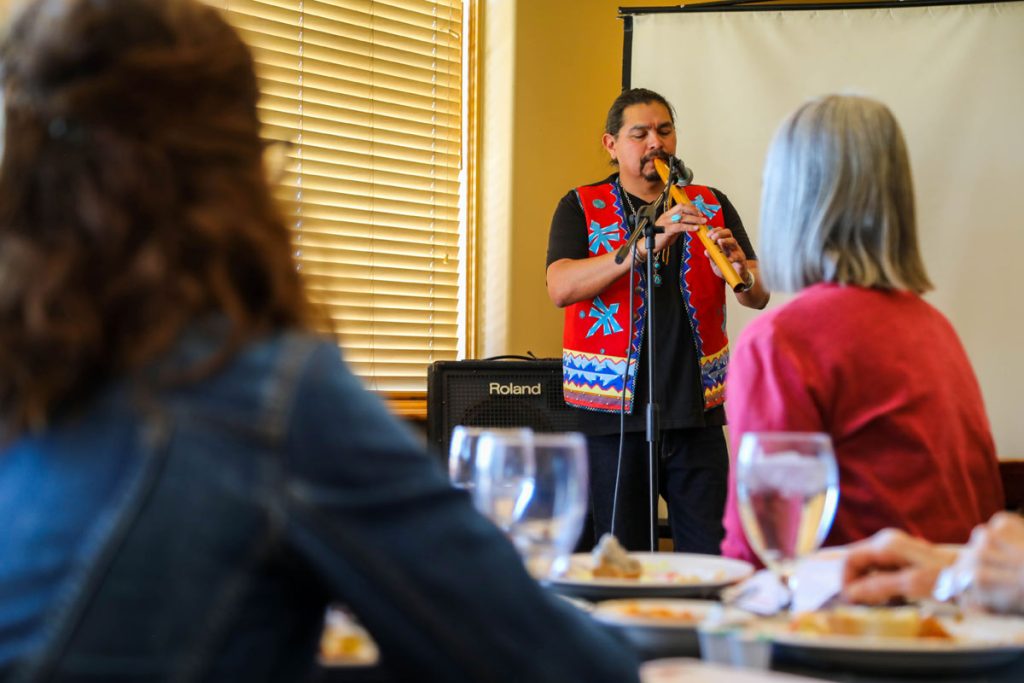

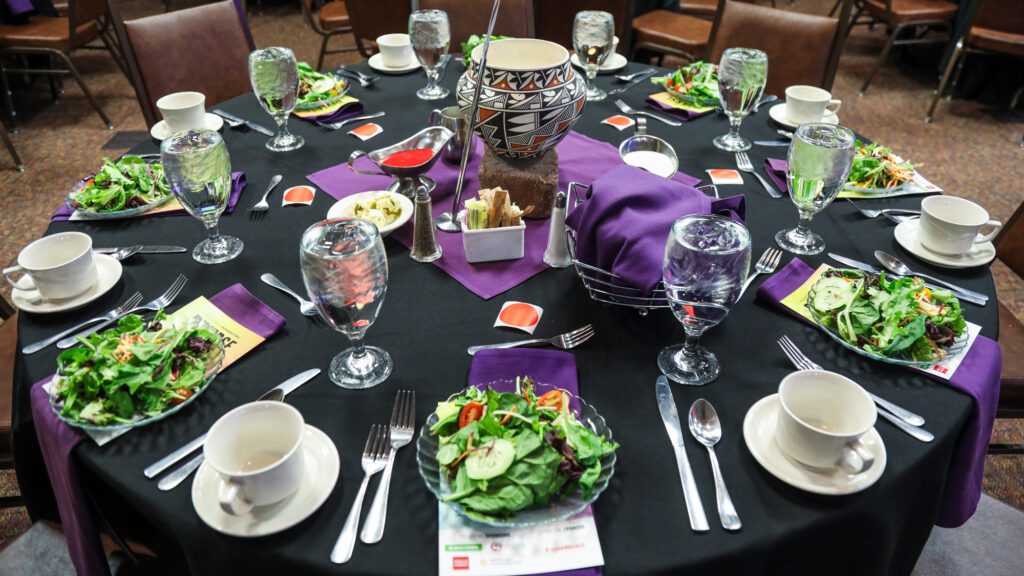

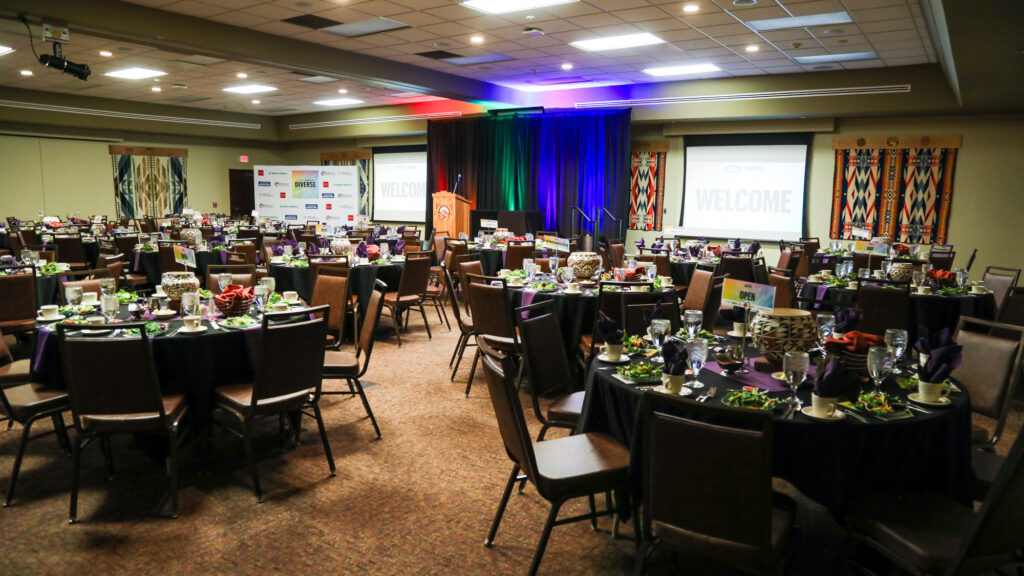
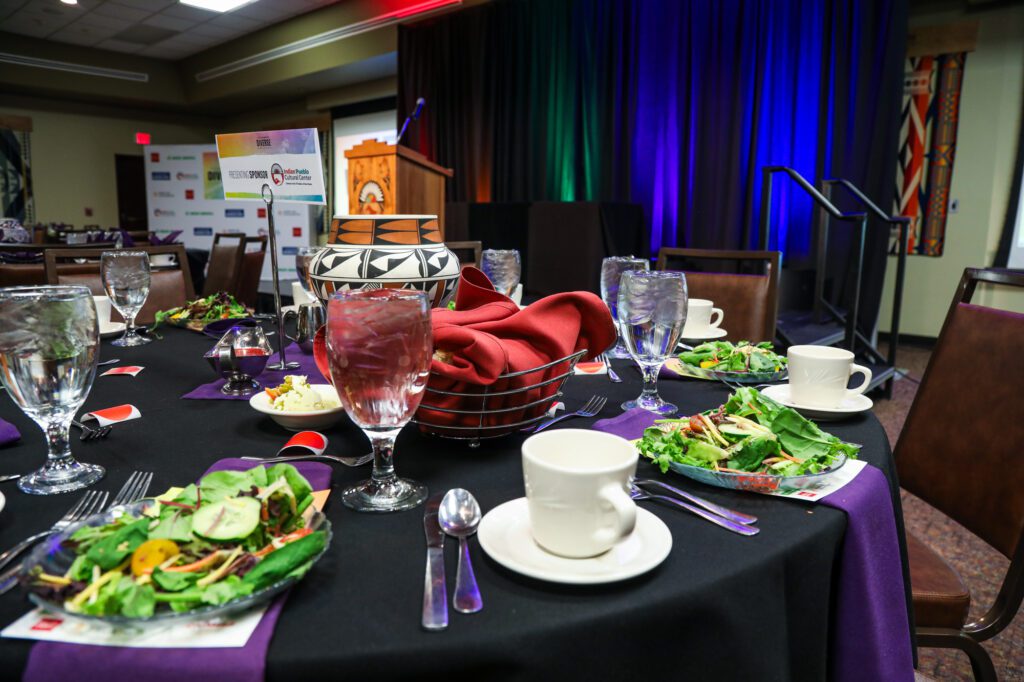


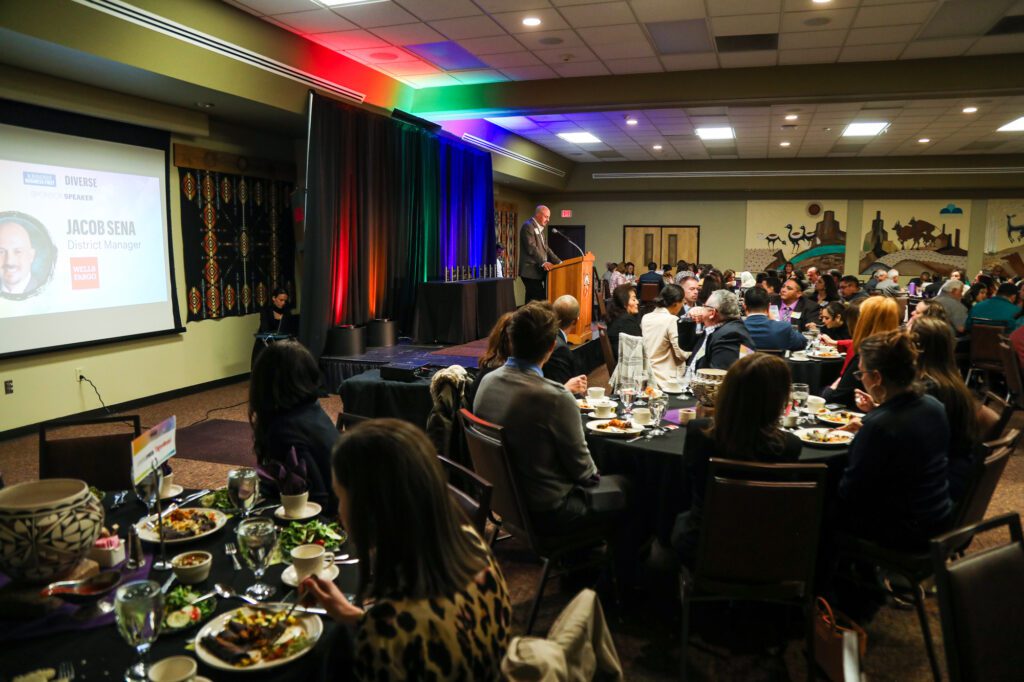
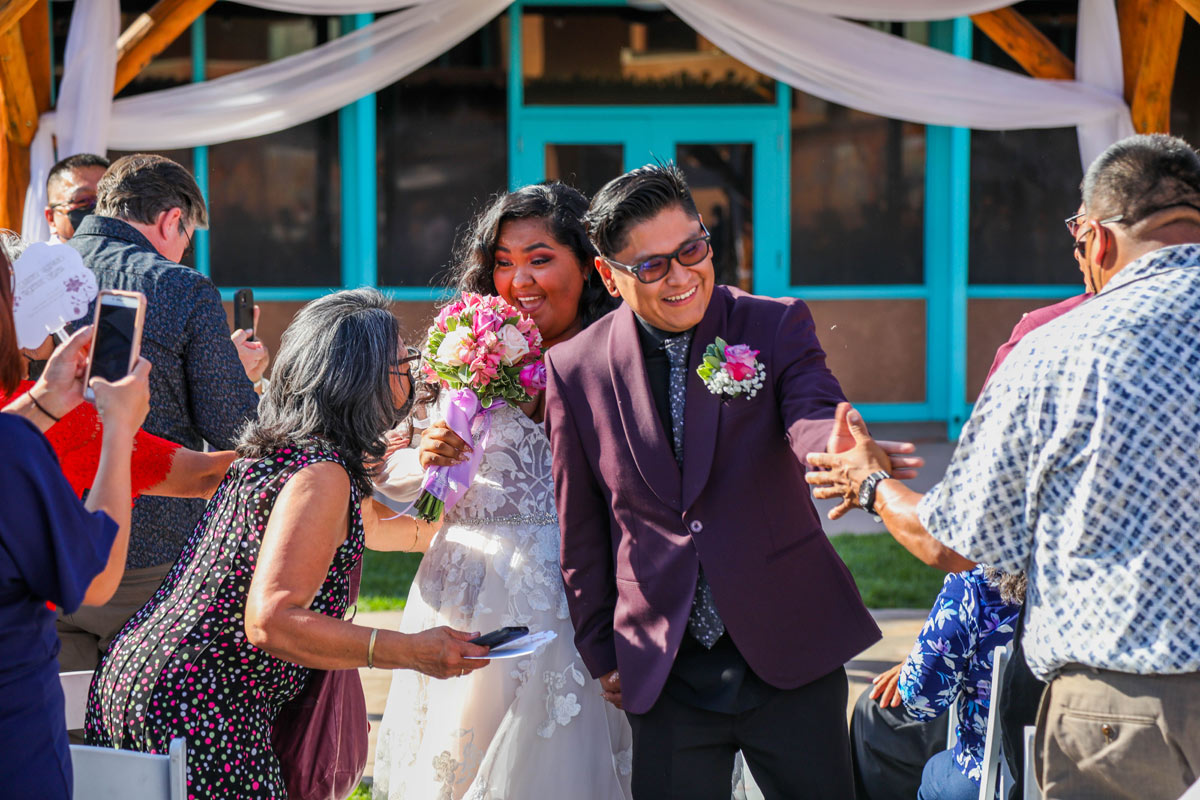
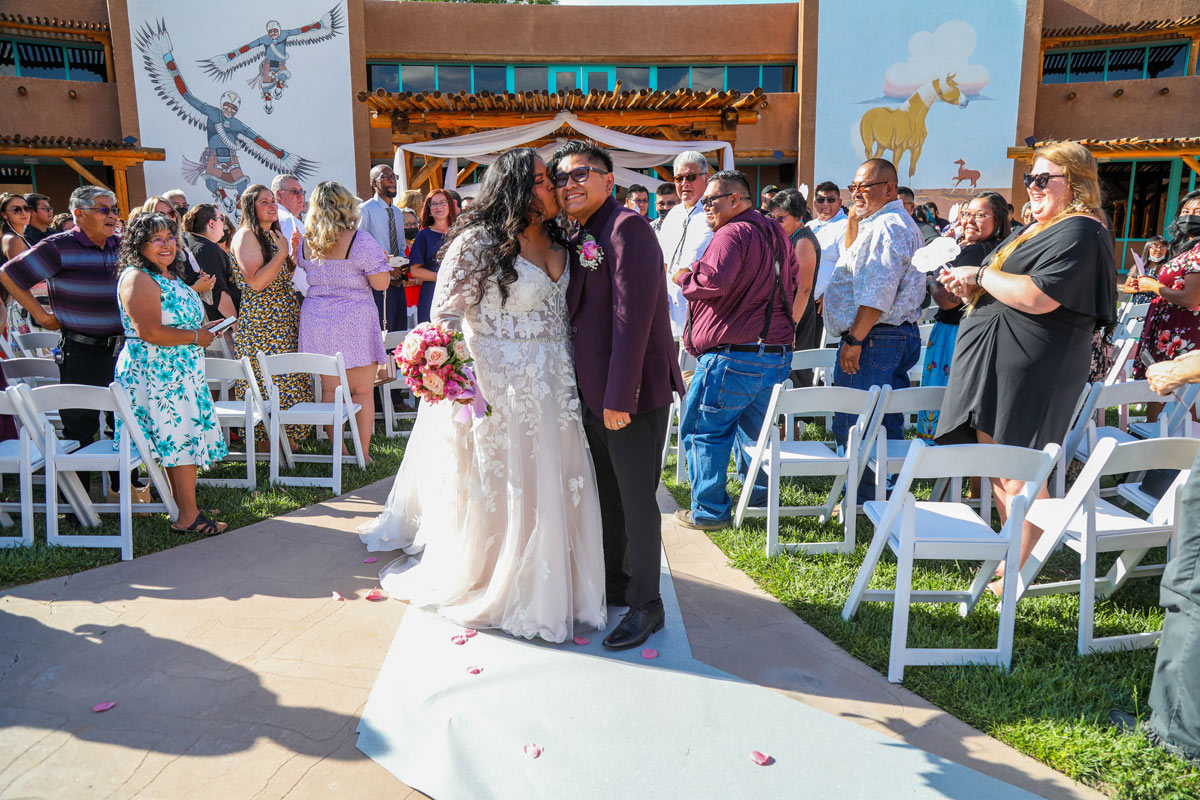
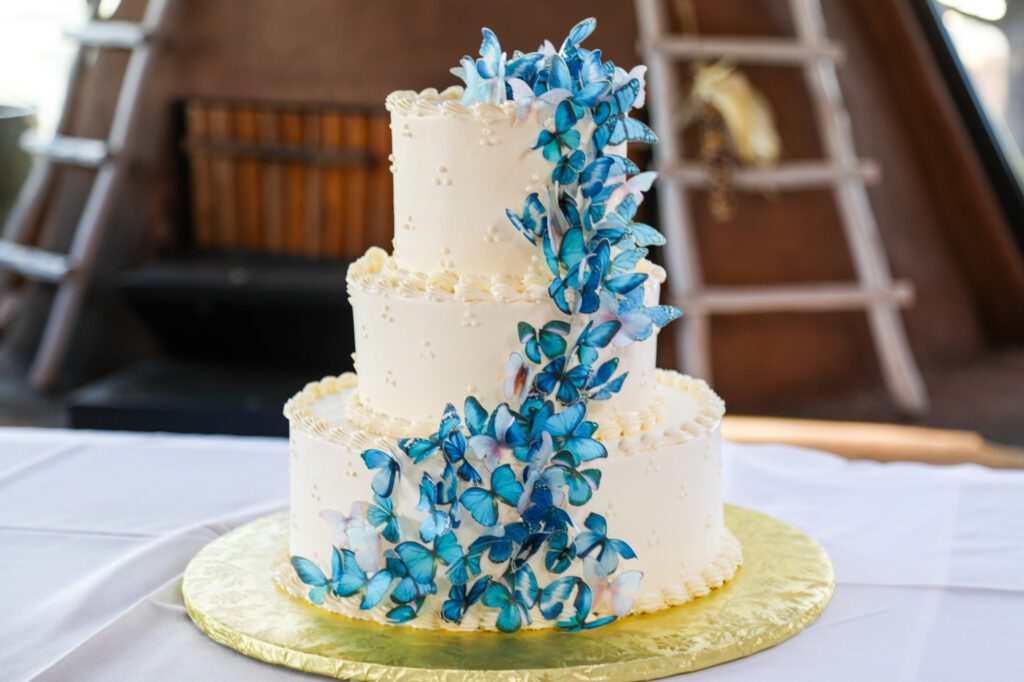
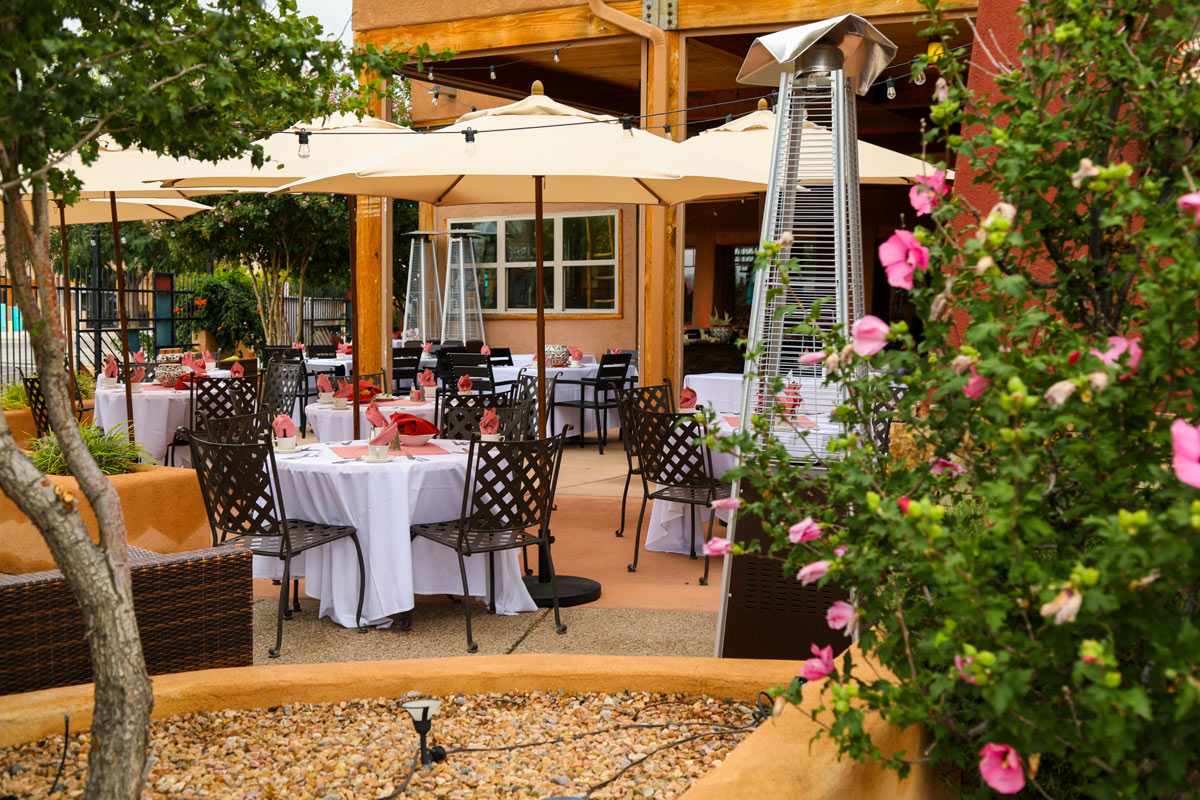

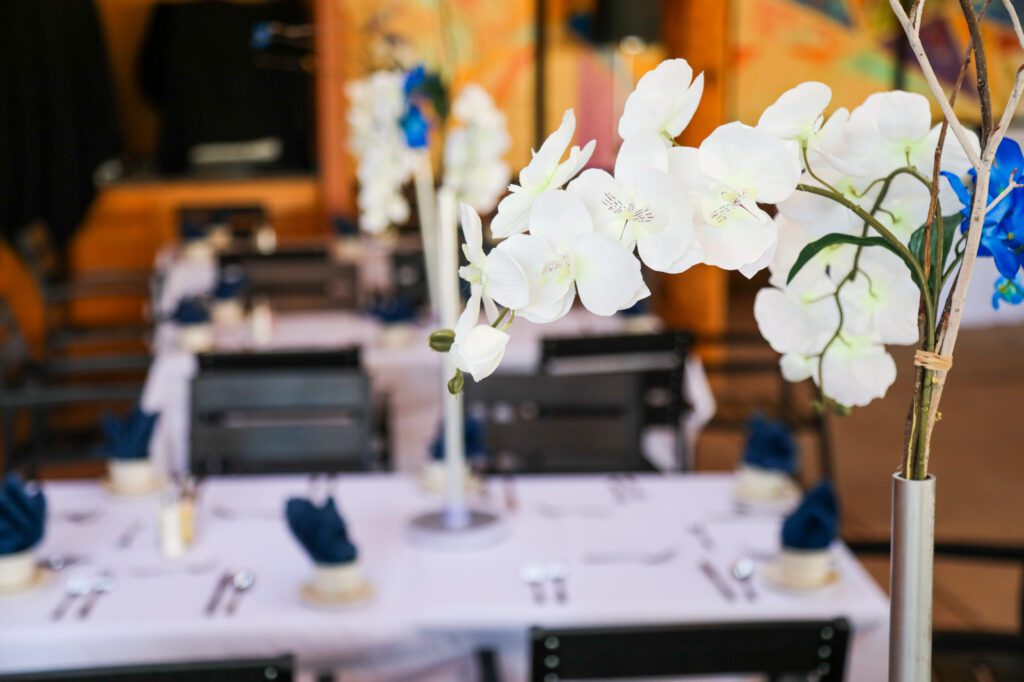
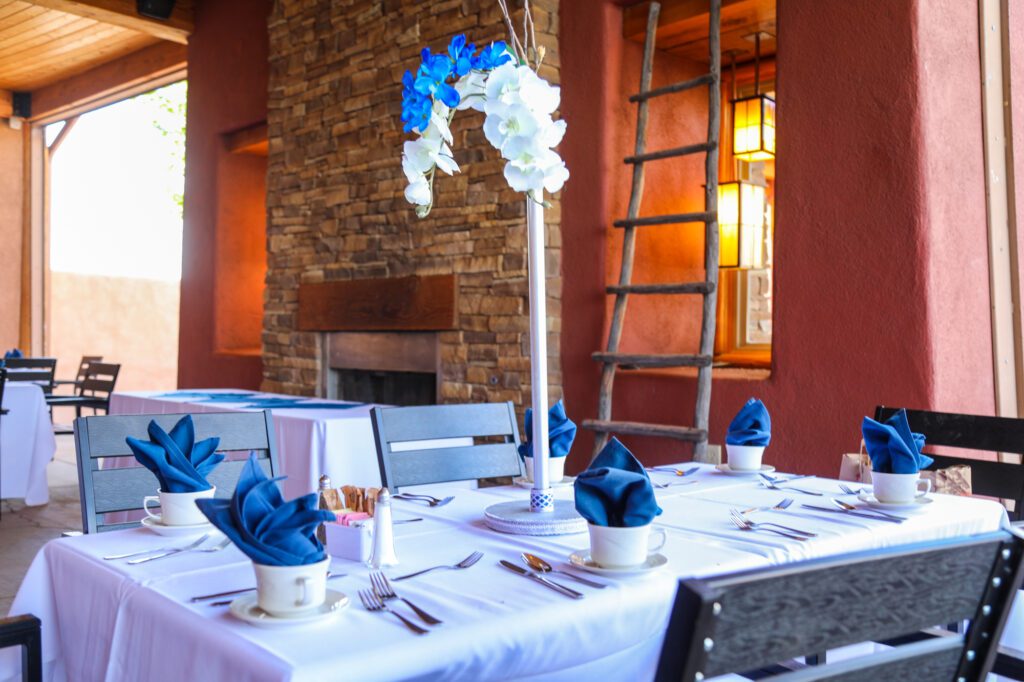
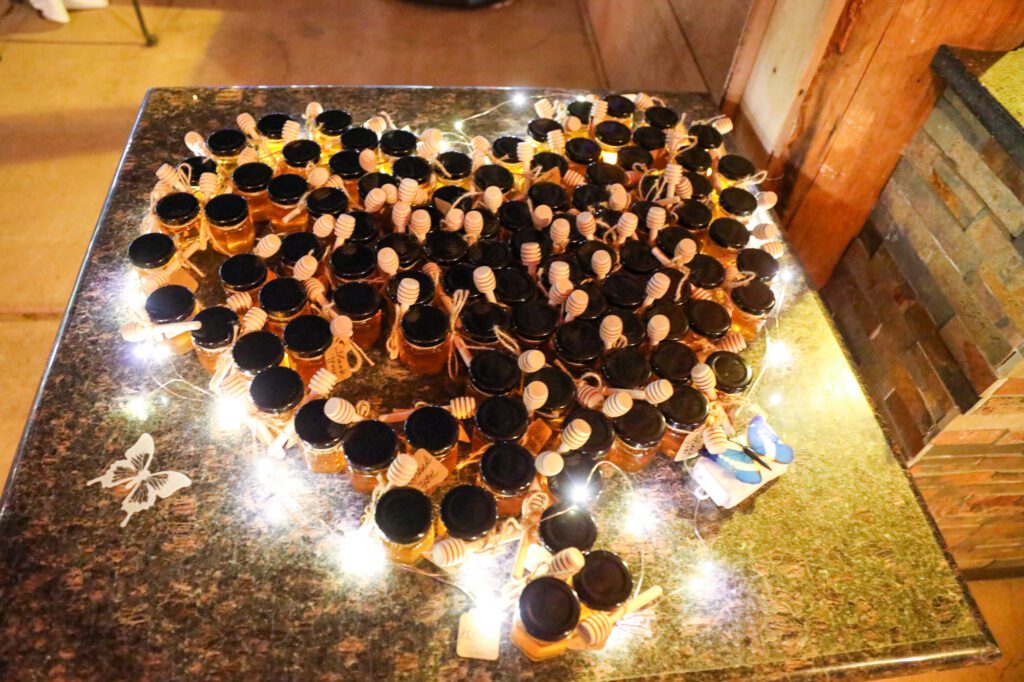
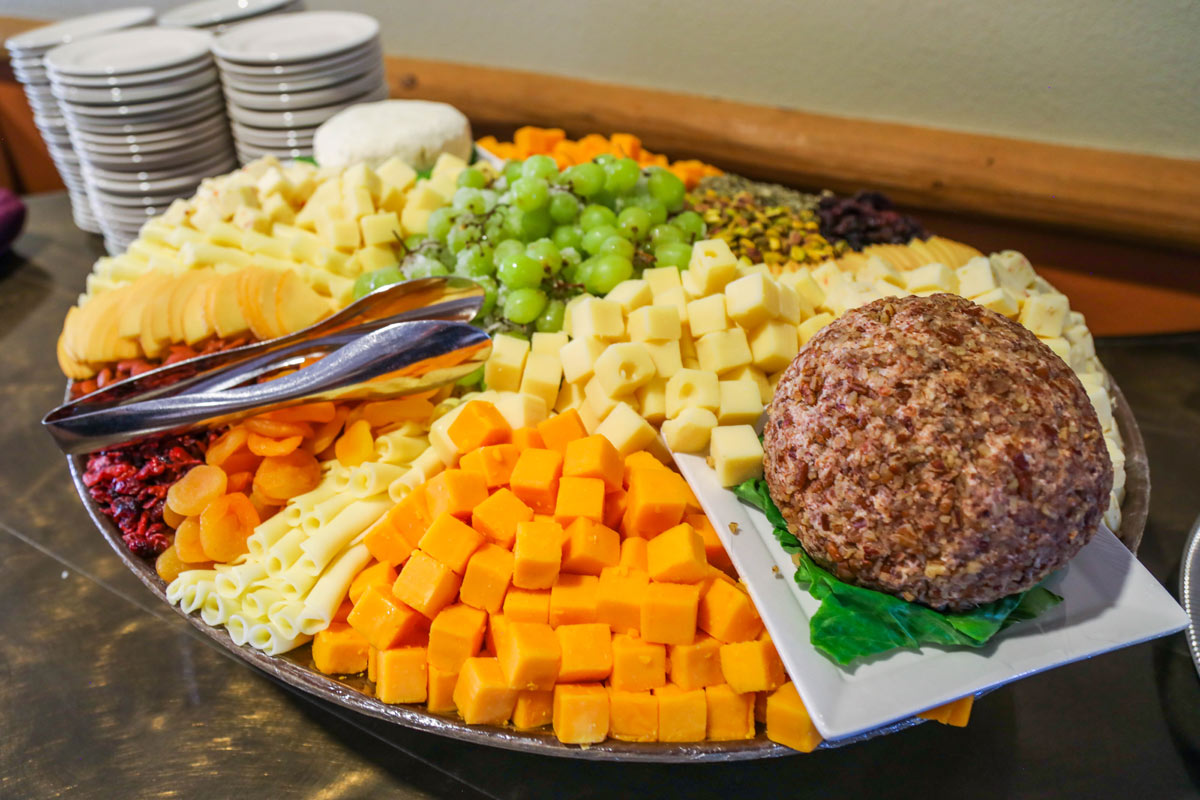
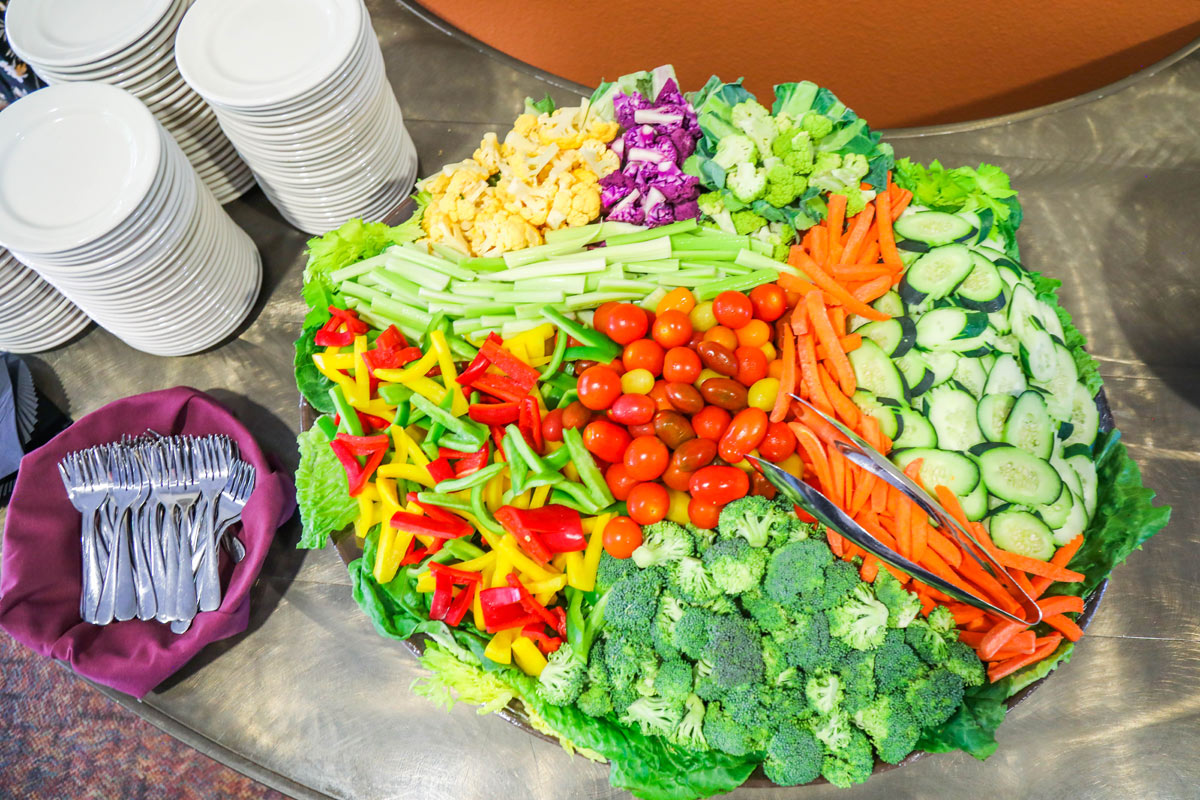

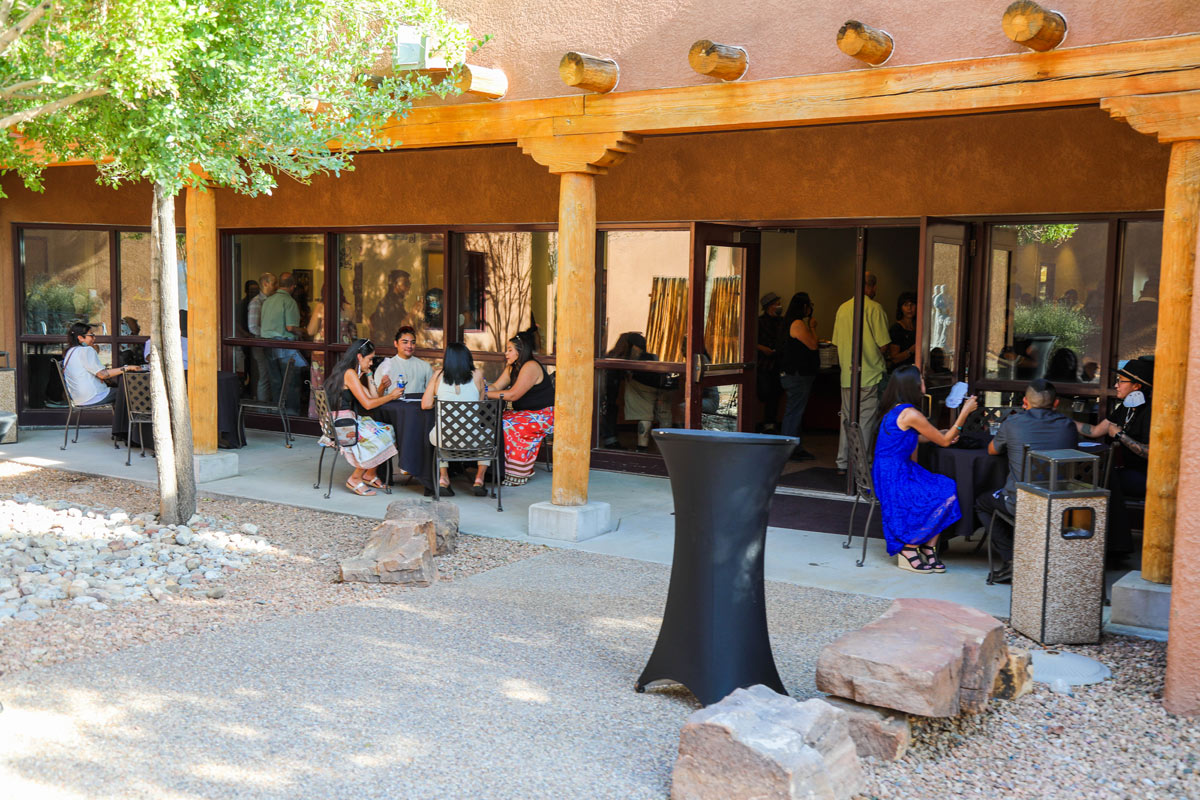
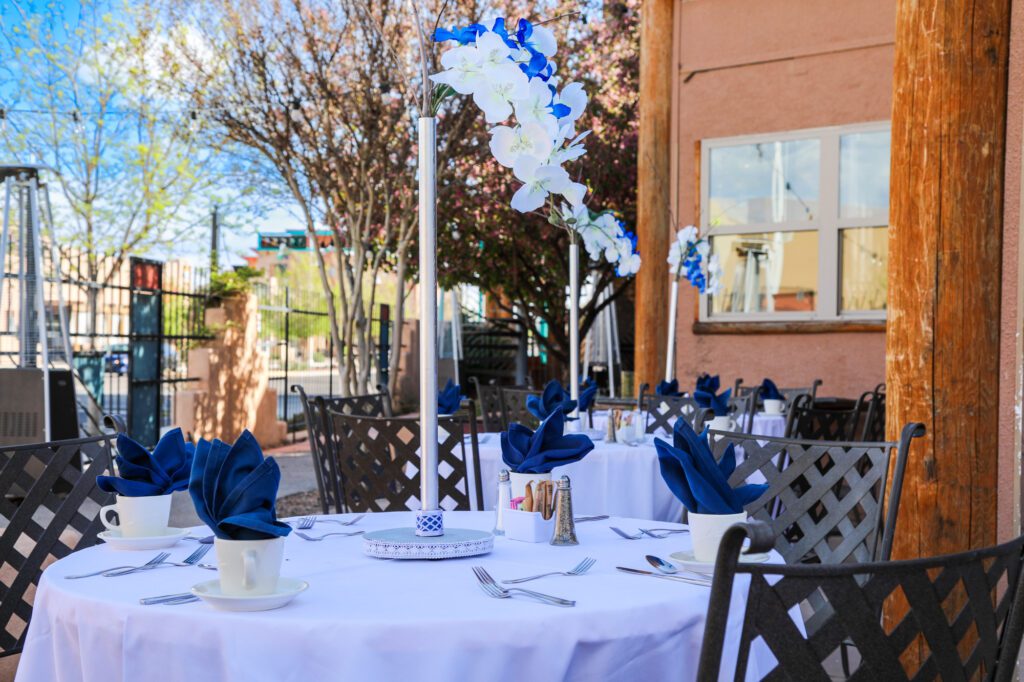

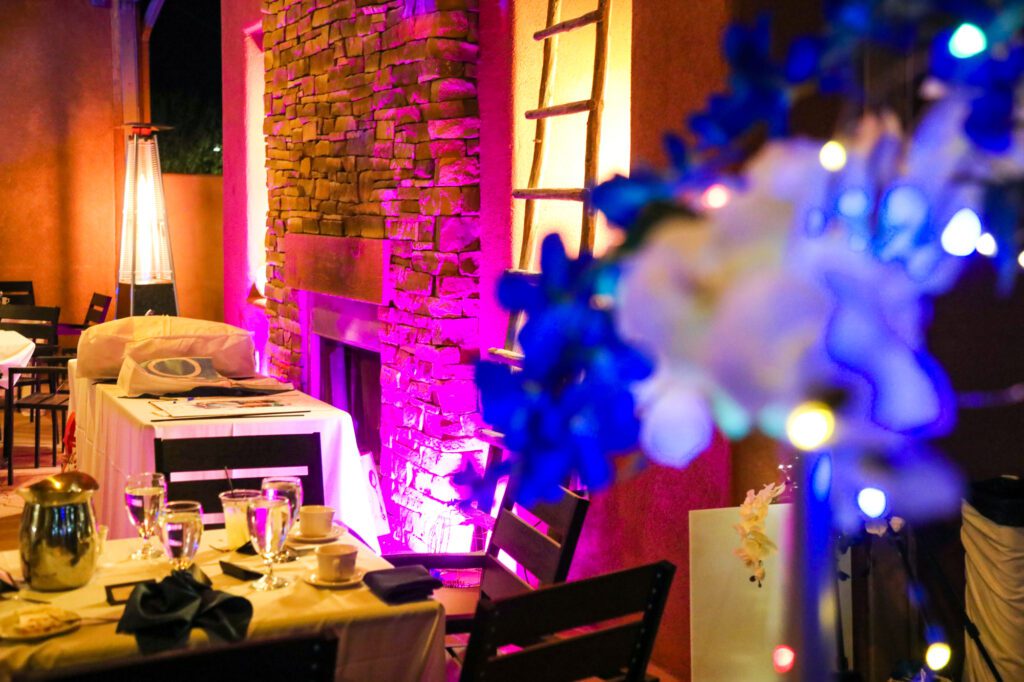

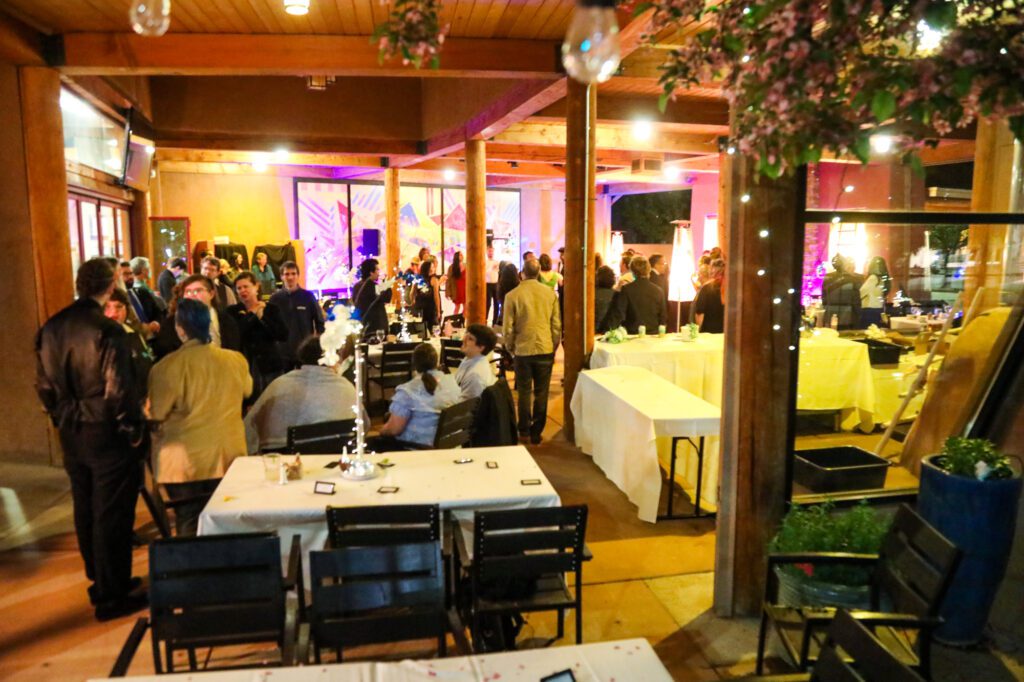
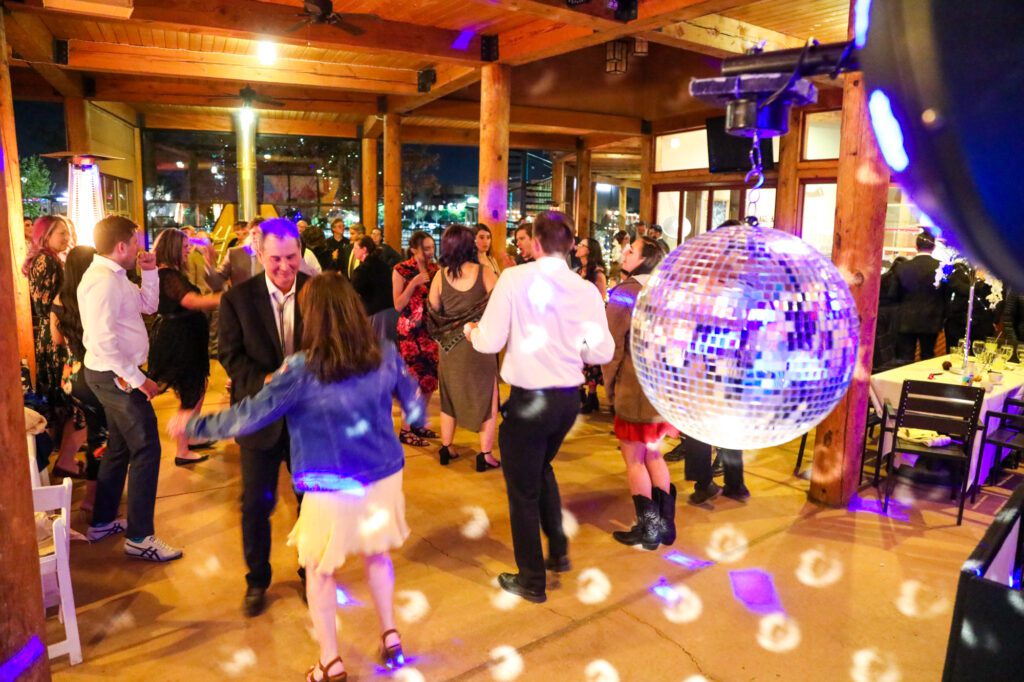
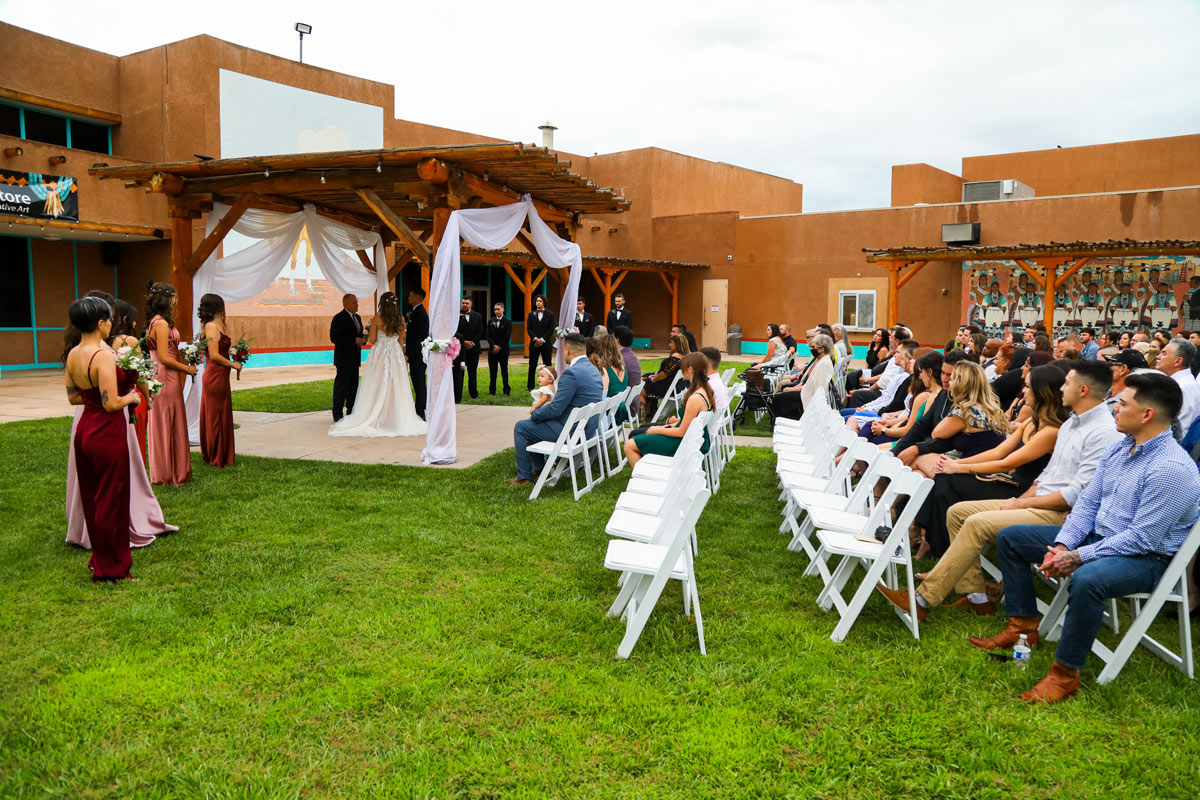

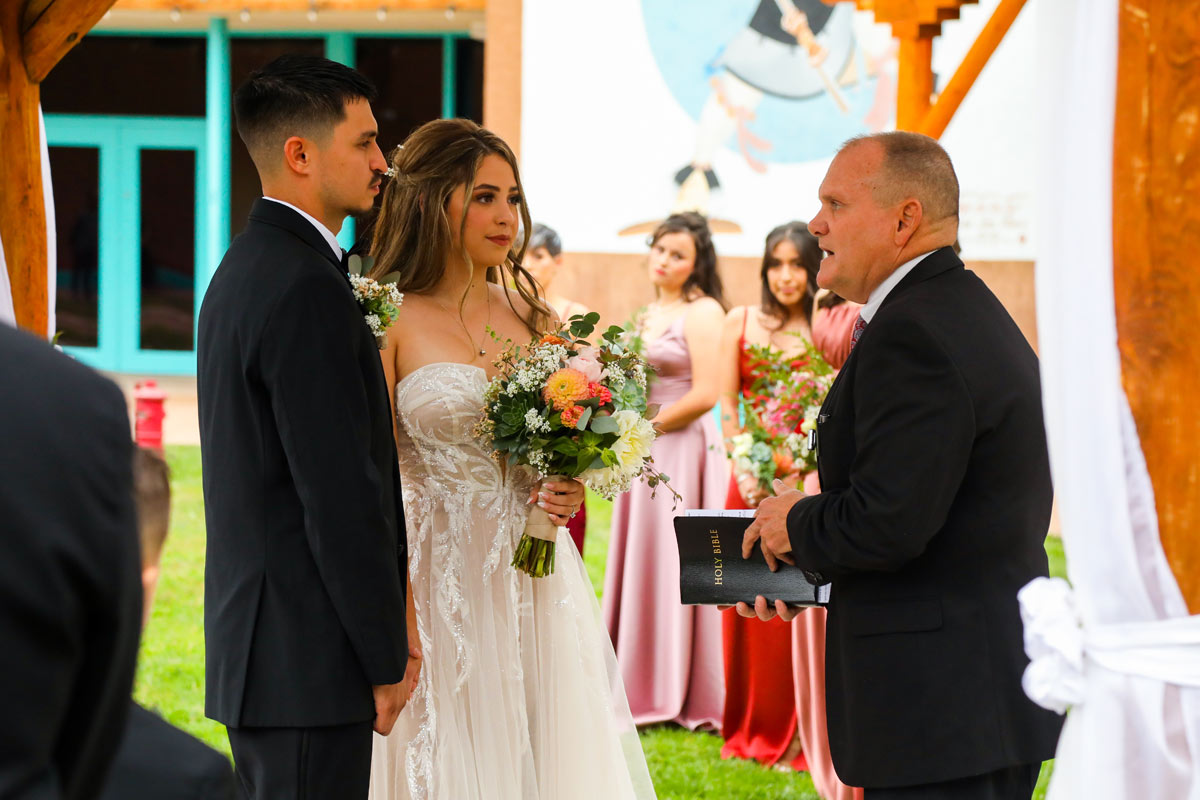



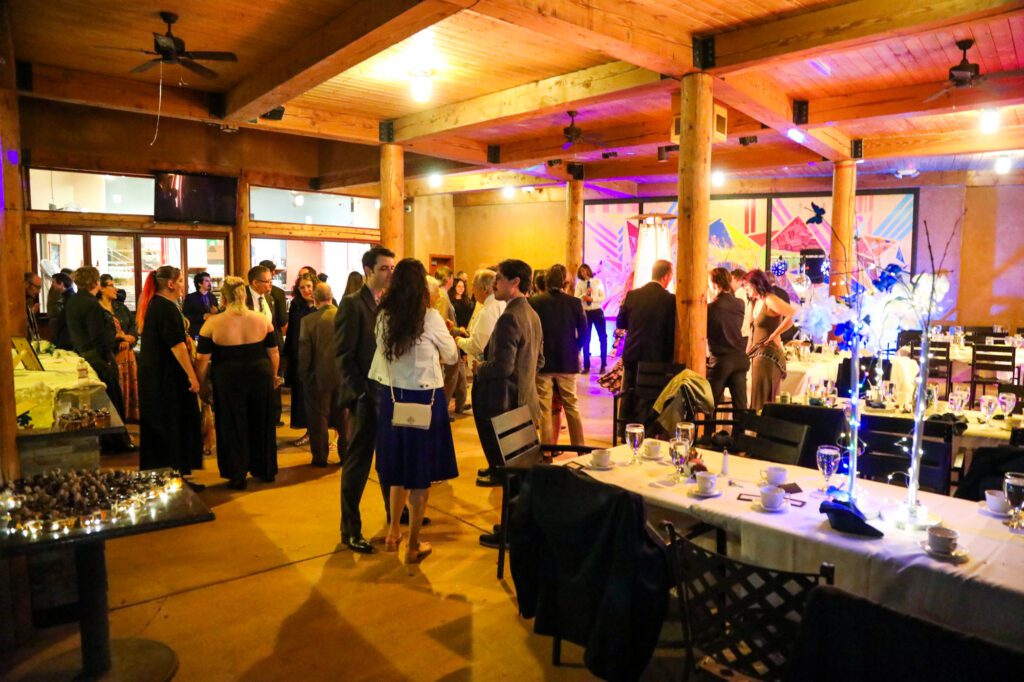

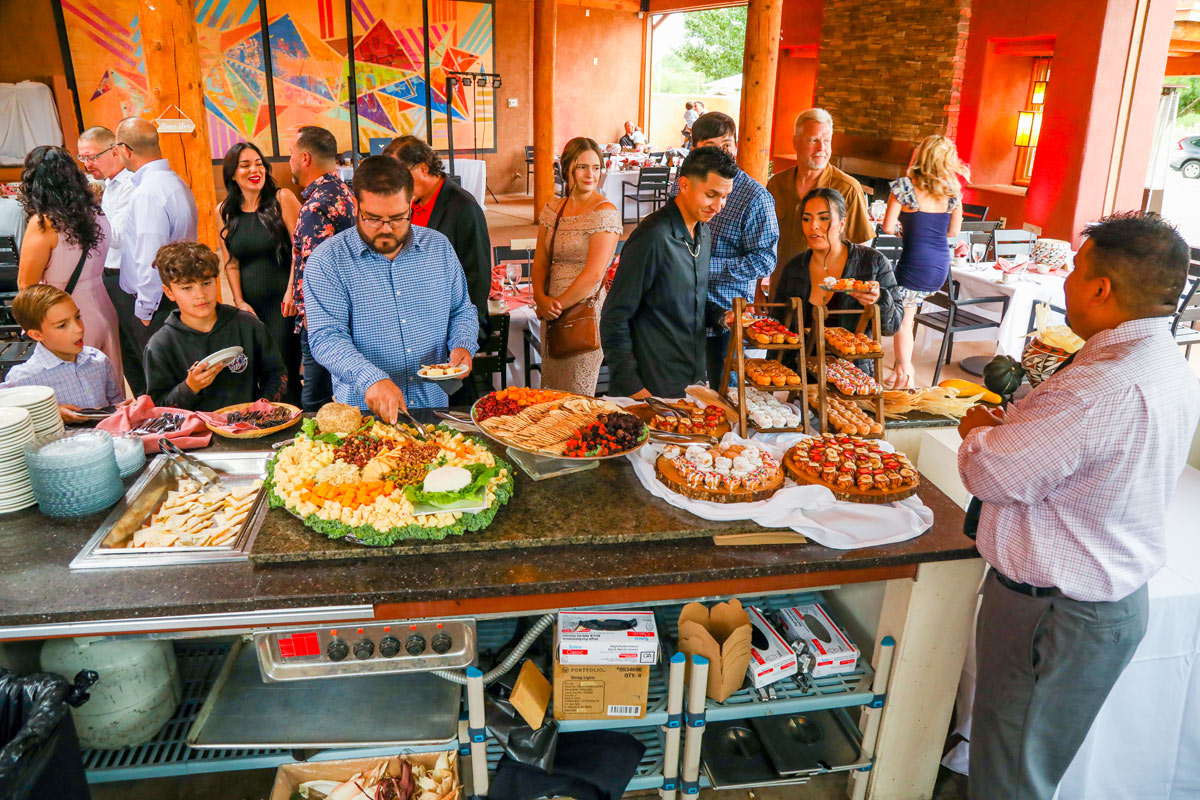
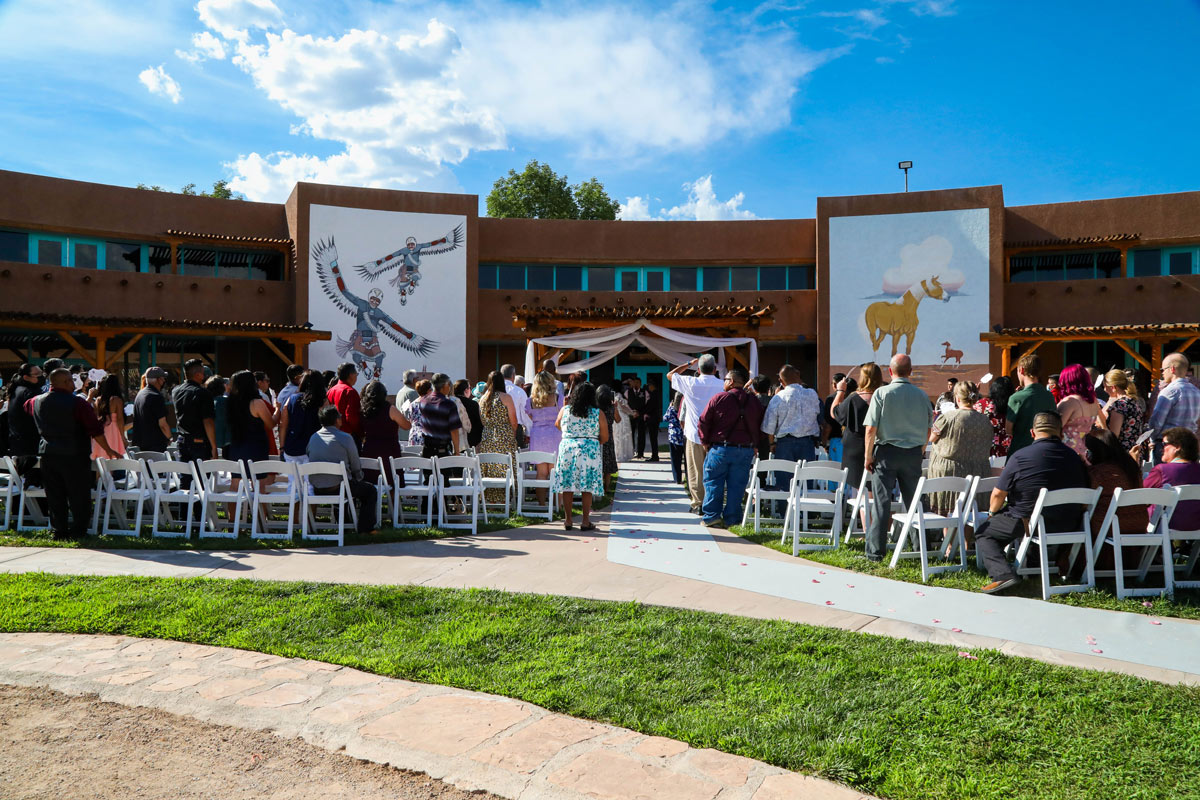
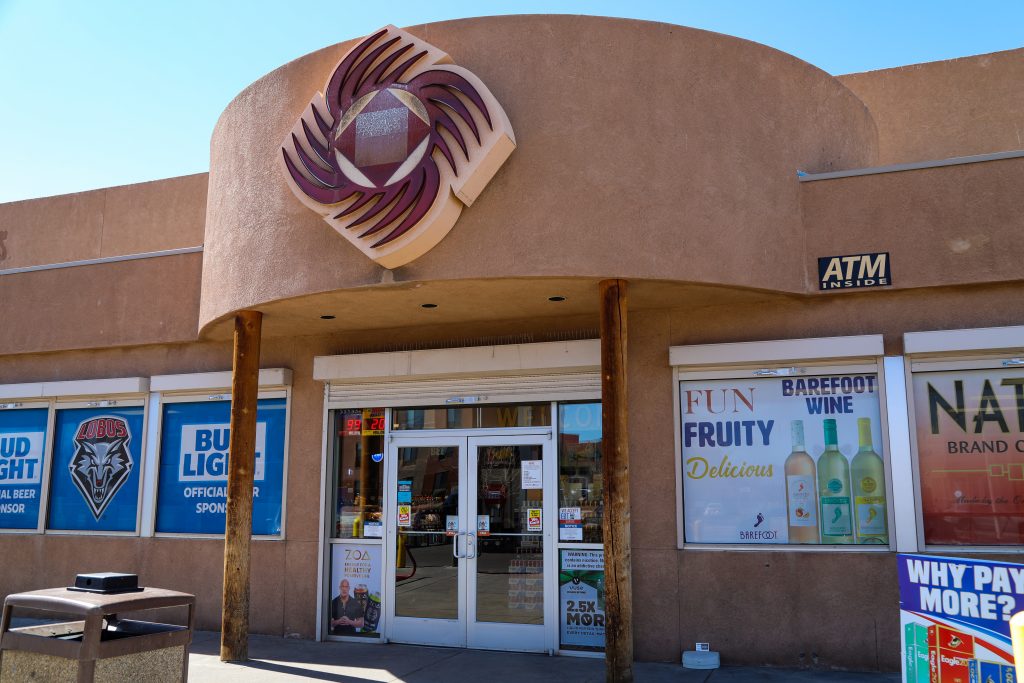

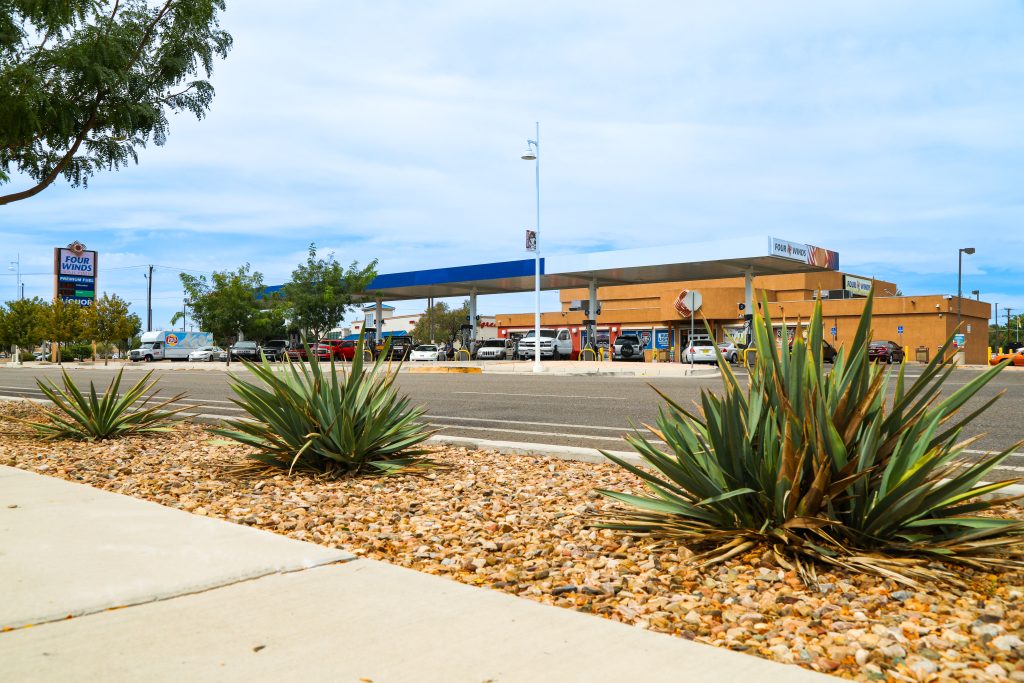
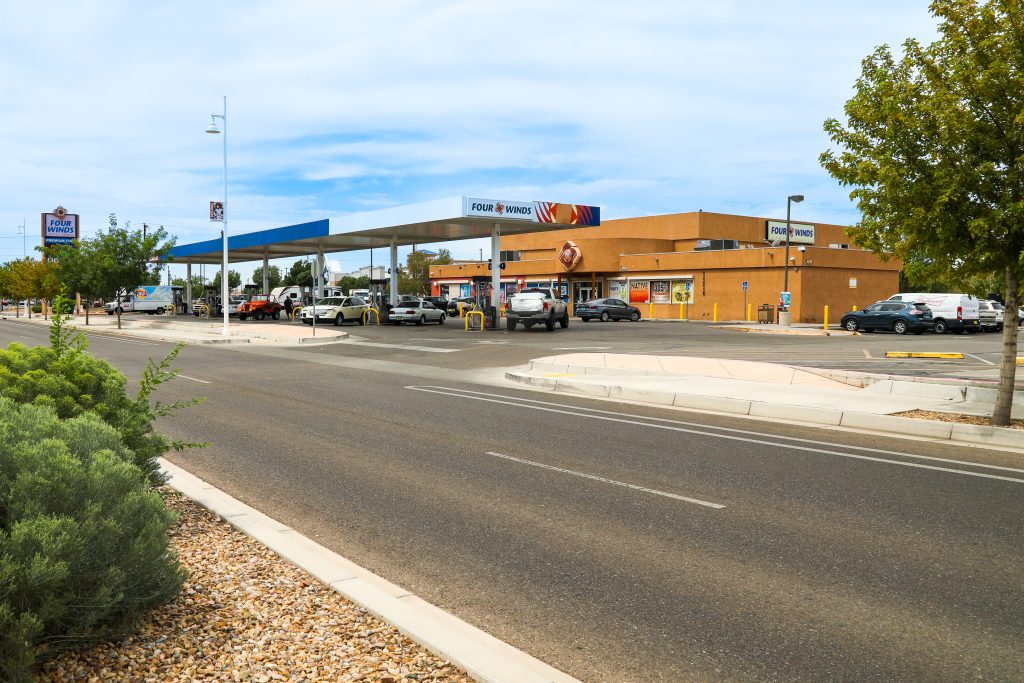
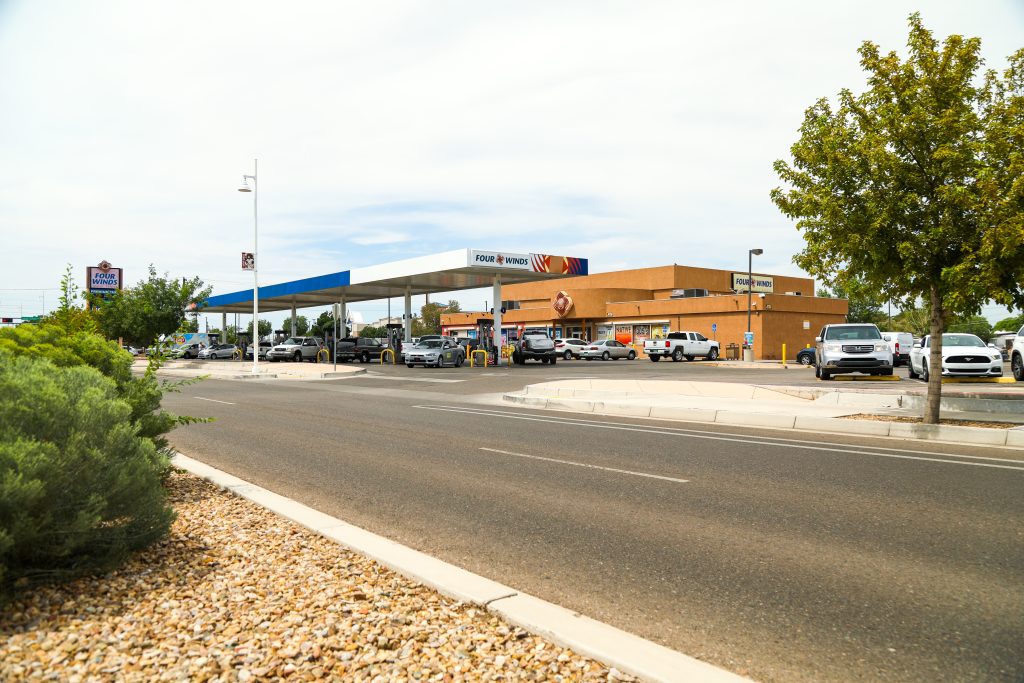
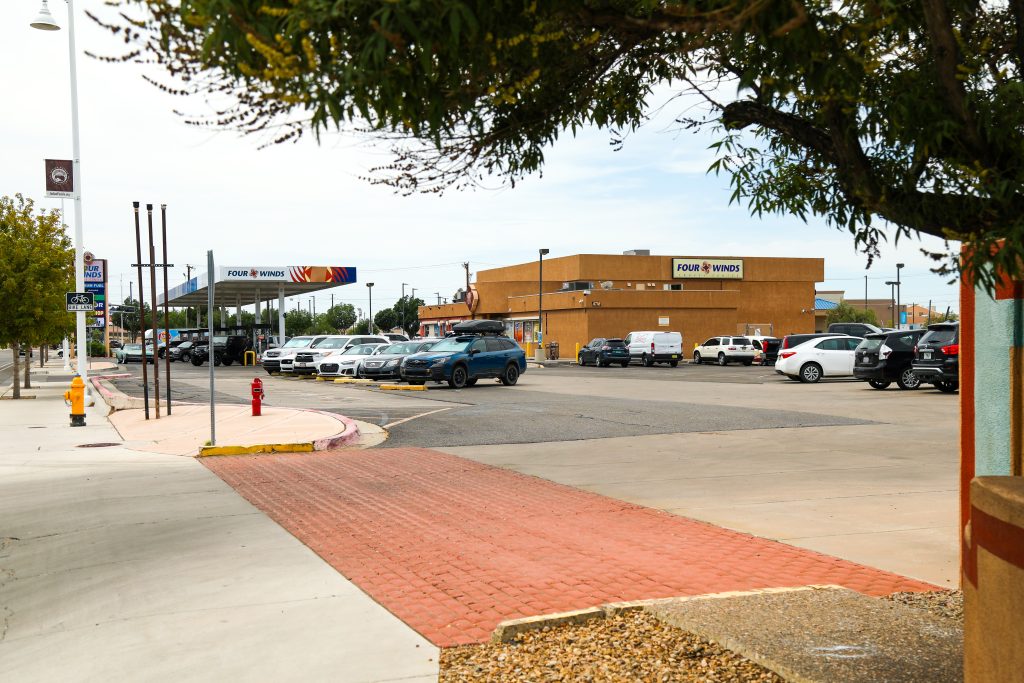
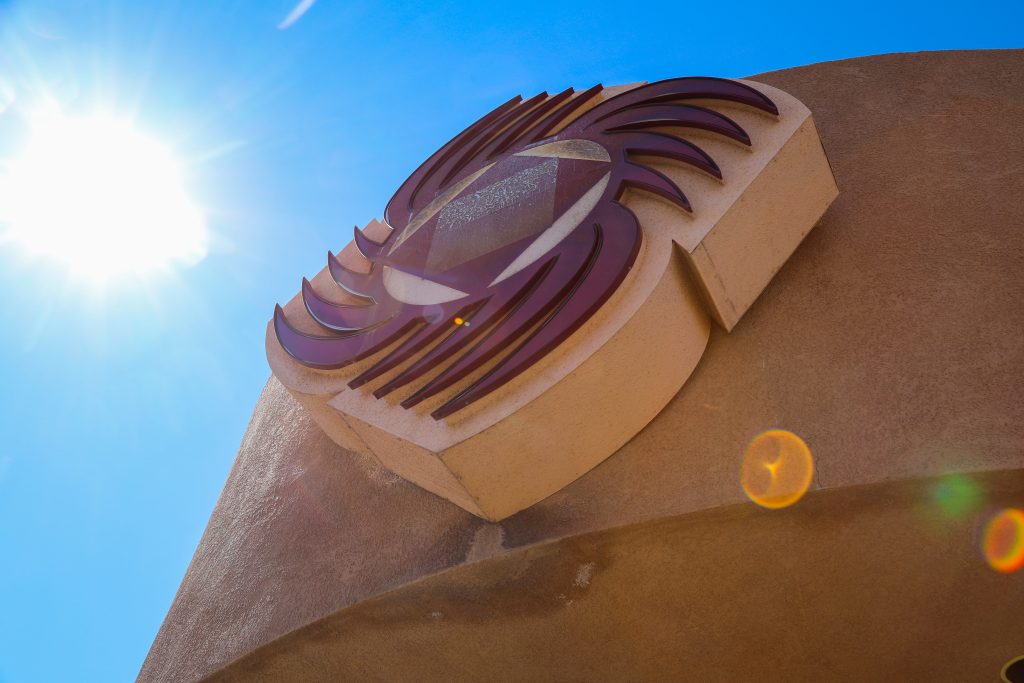
[…] 2, 3, 4. https://indianpueblo.org/the-three-sisters/ […]